Photo gallery
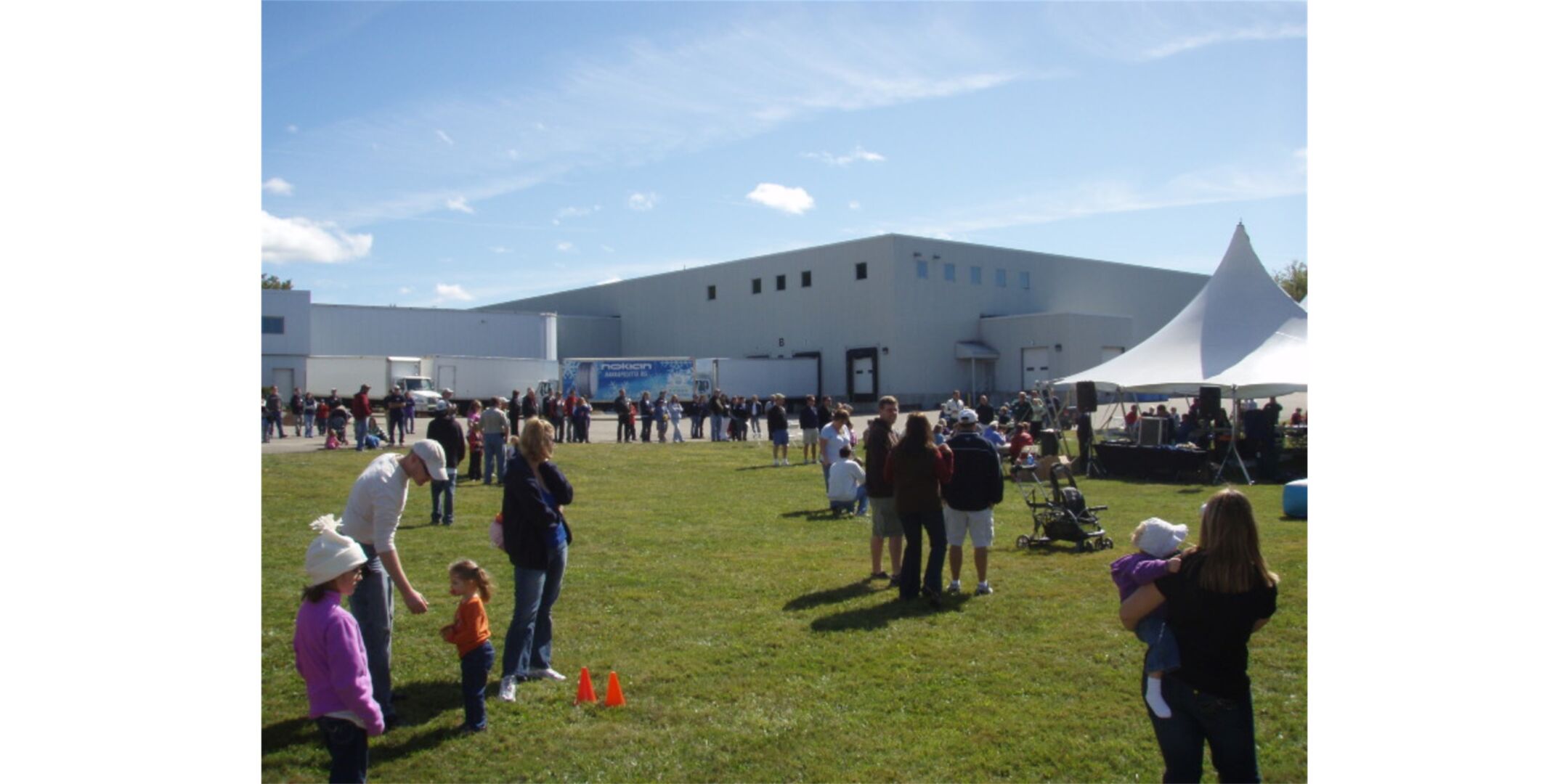
Opening day at Colchester, Vermont in 2010.
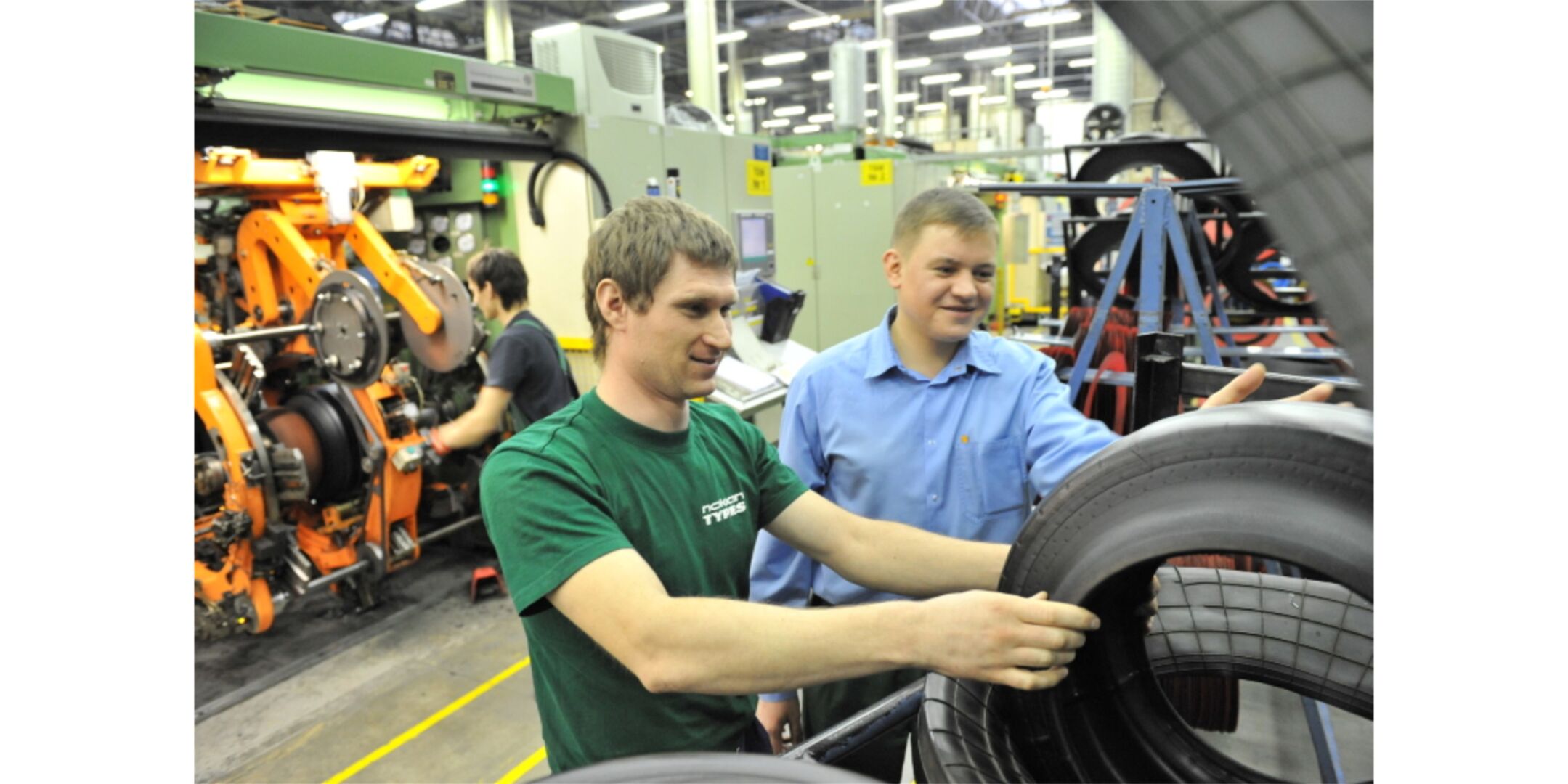
Employees ideate and develop together.
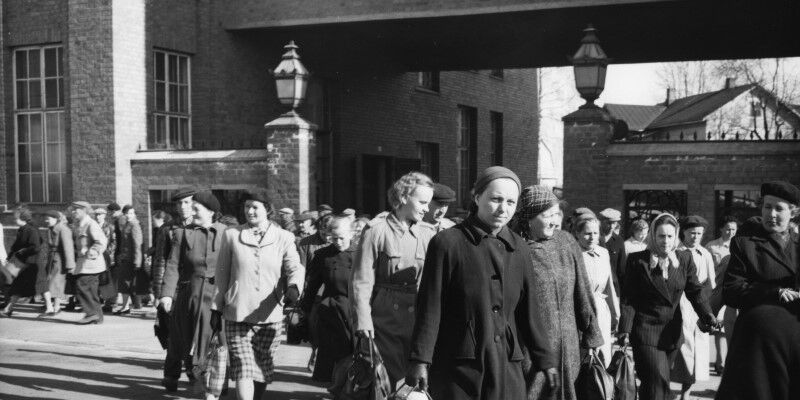
Leaving work in 1956.

Topping-out ceremony for the tire factory in Kerhola in 1967.
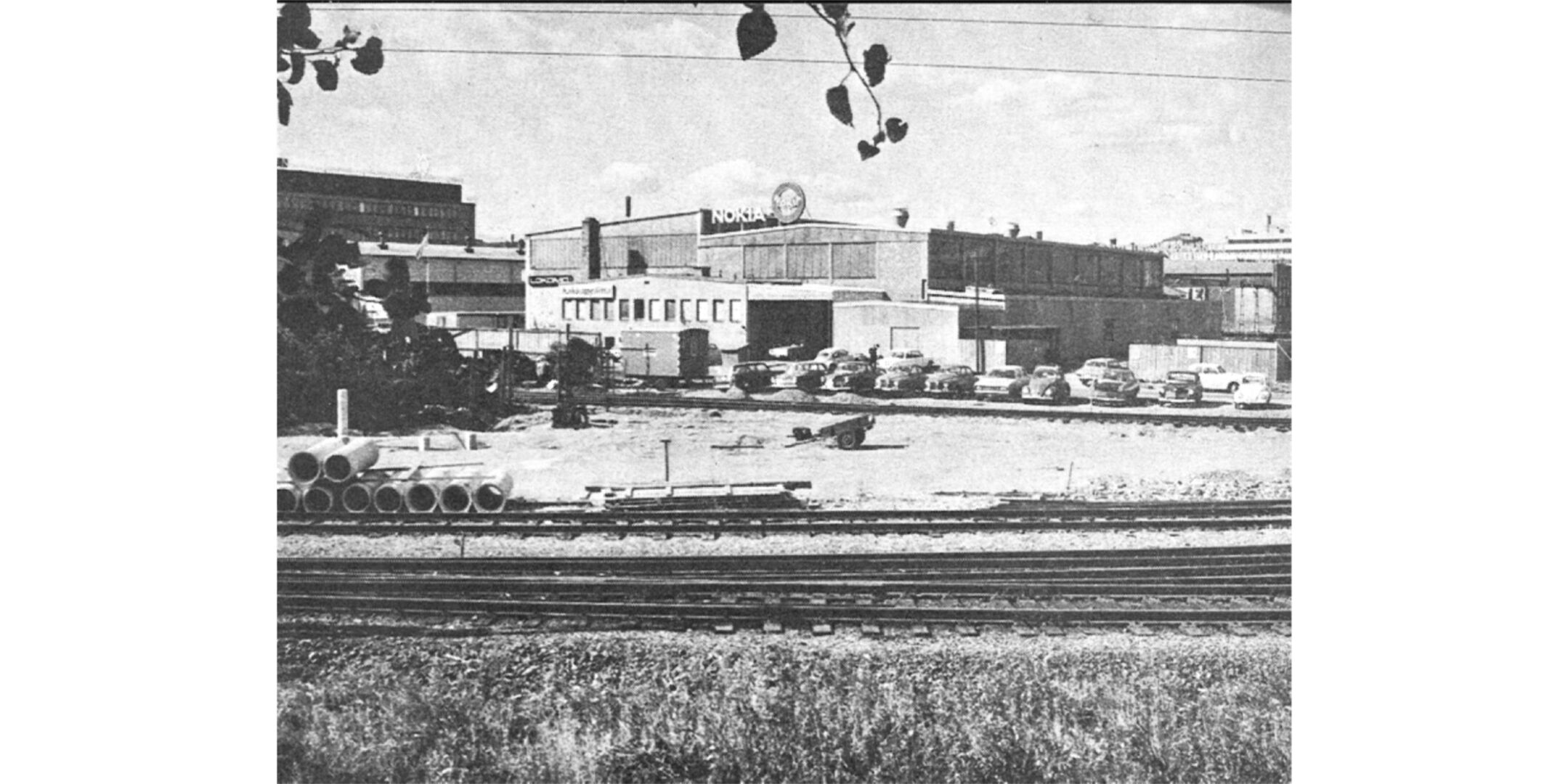
The Swedish subsidiary Finska Gummi AB was founded in 1959. It moved to the offices in Stockholm in 1969. There were a total of 15 employees, and a large, round Nokia sign as a symbol of pride on the roof of the building.
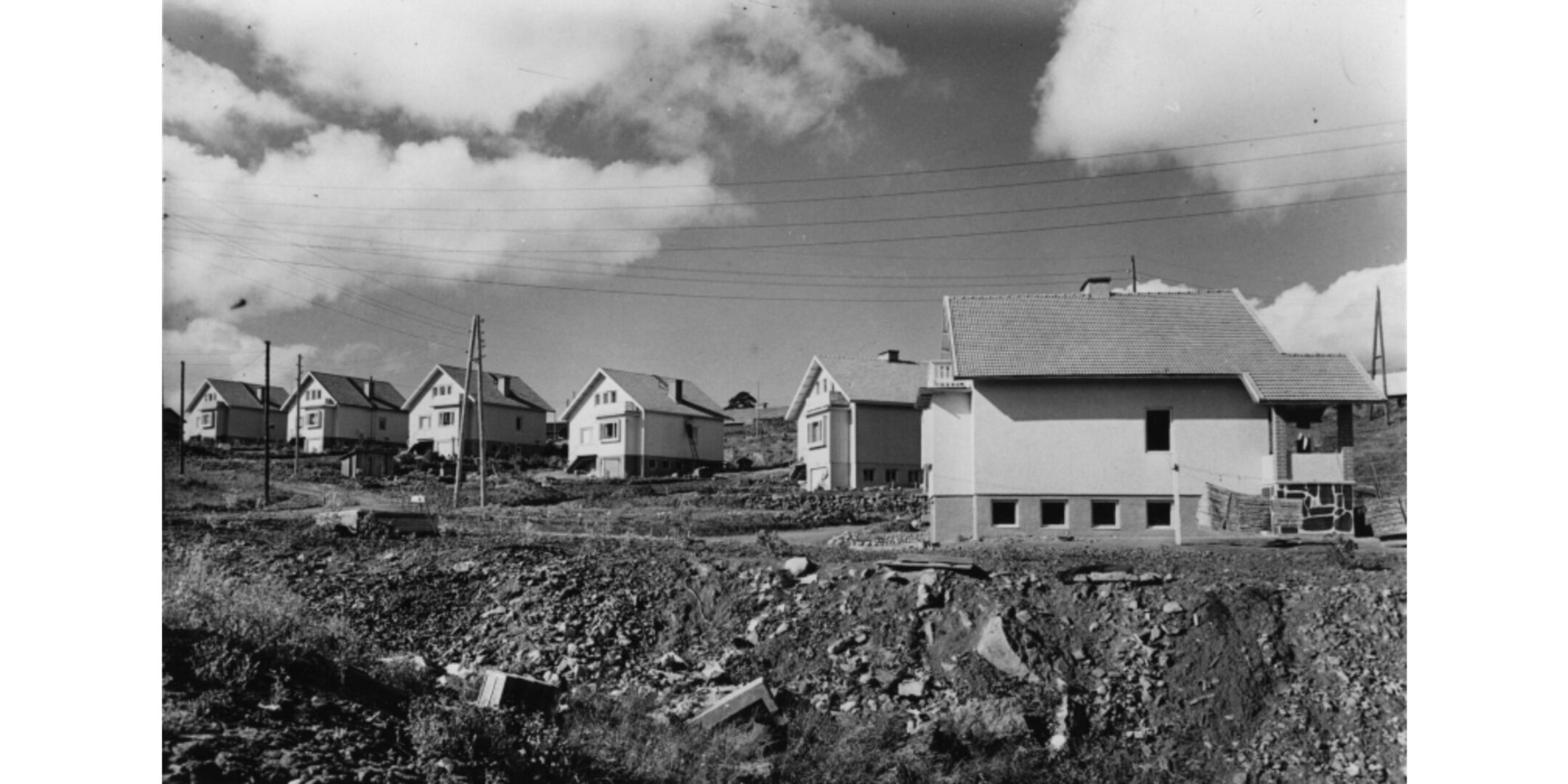
Lauttala residential area in 1952.
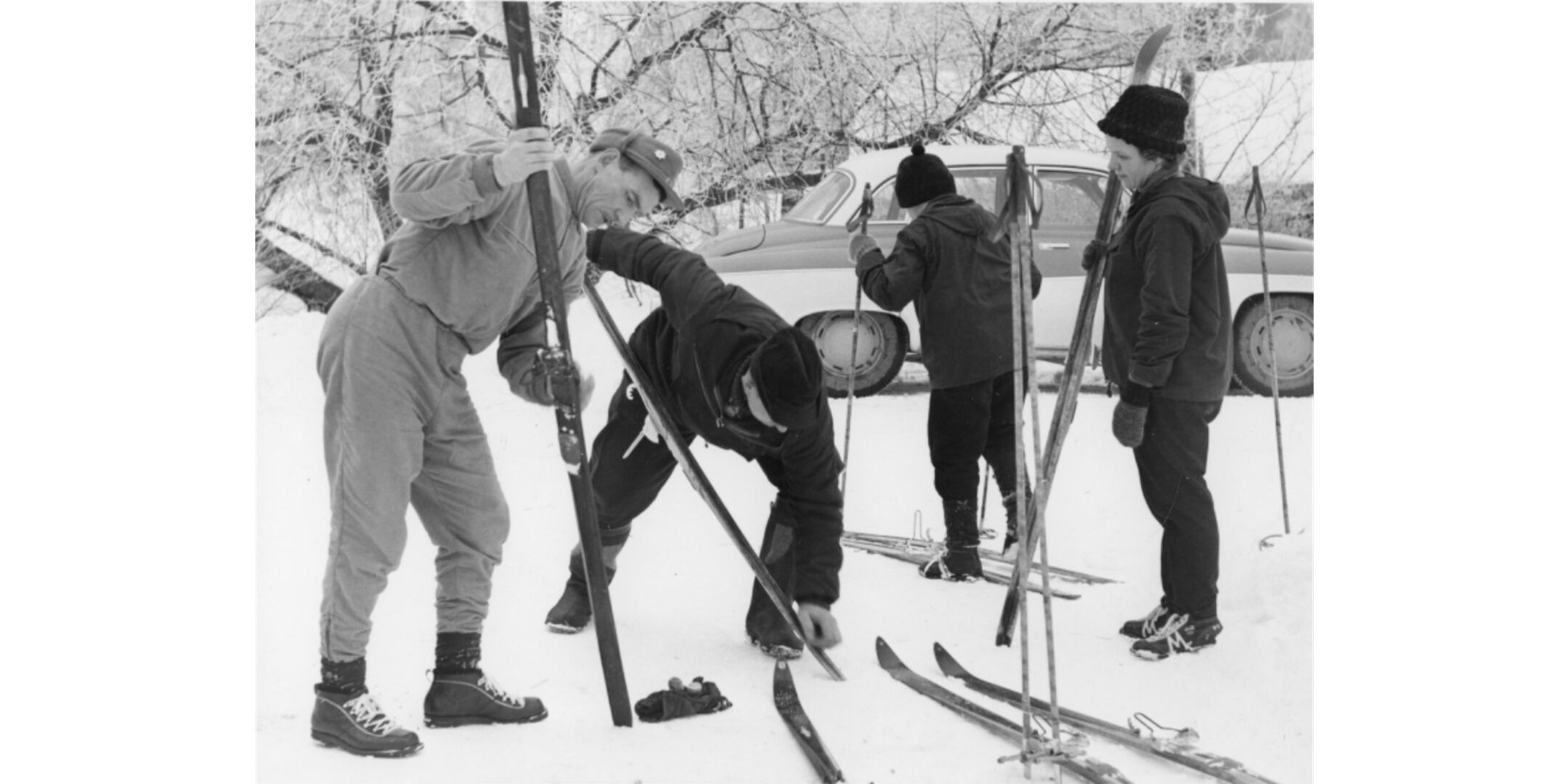
Skiing trip in 1965.
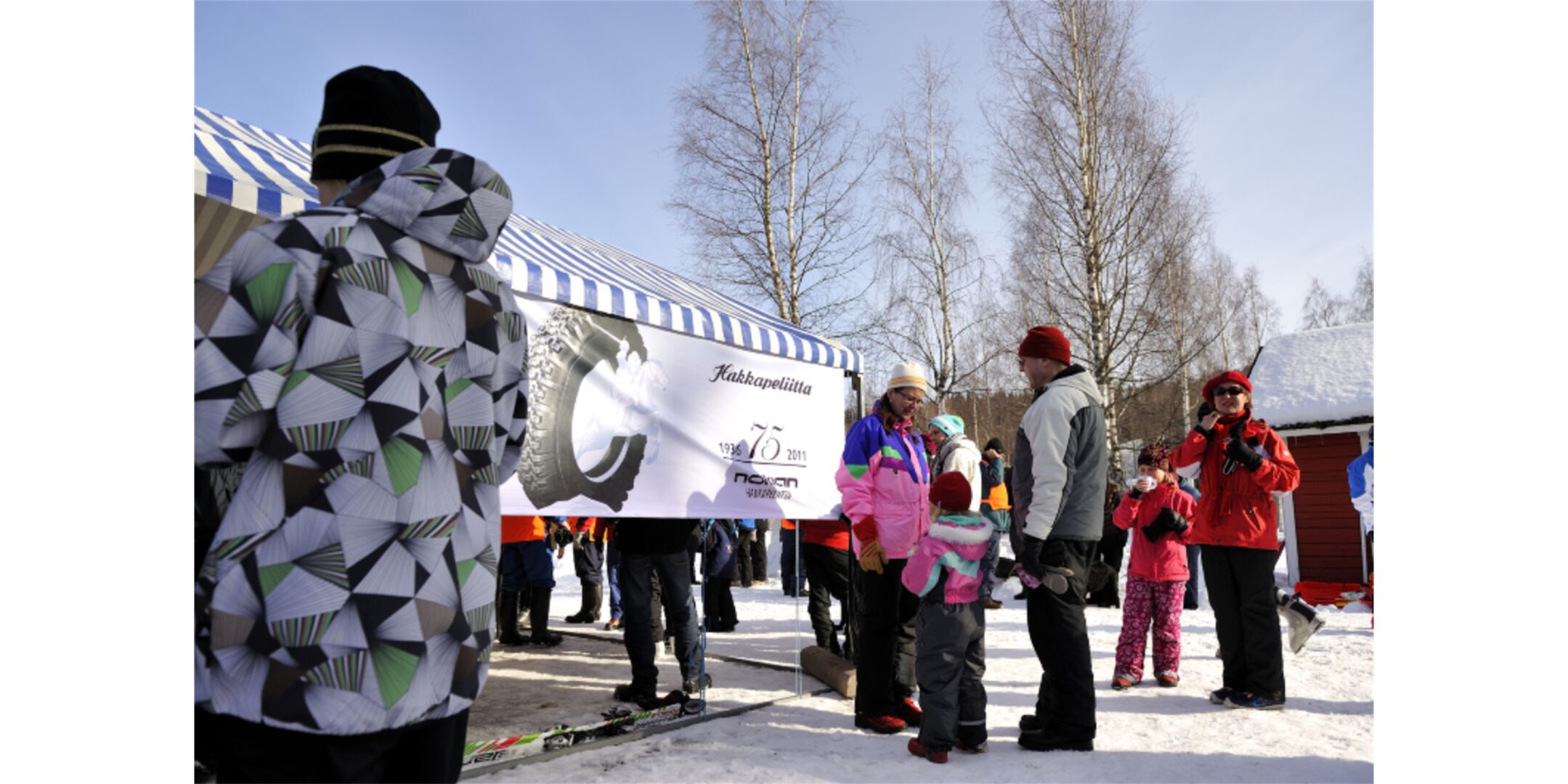
Factories arrange different personnel events, from festivals to sports events.
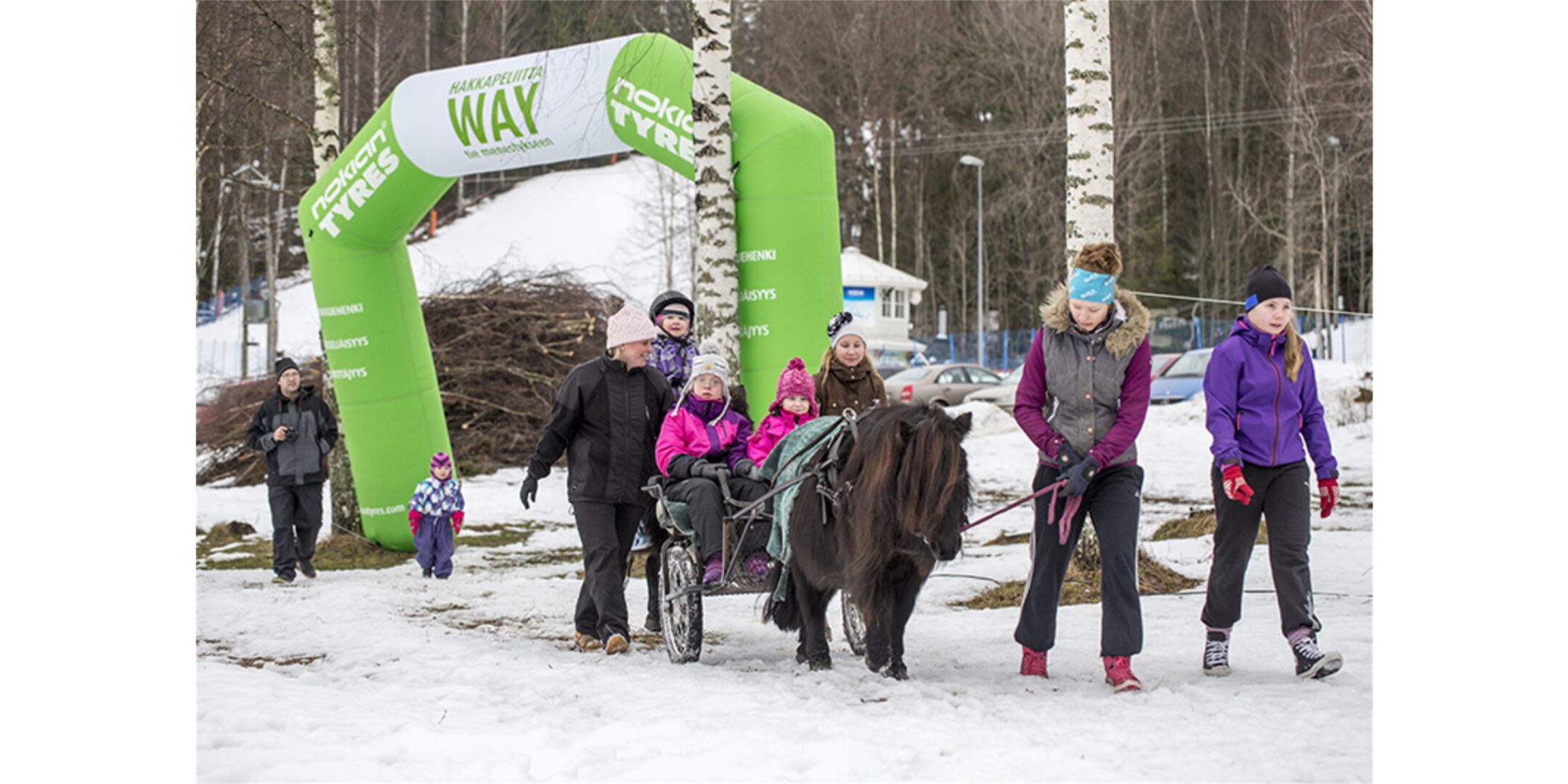
The Winter Days of the Nokia factory are a traditional family event for enjoying exercise and time together in the winter.
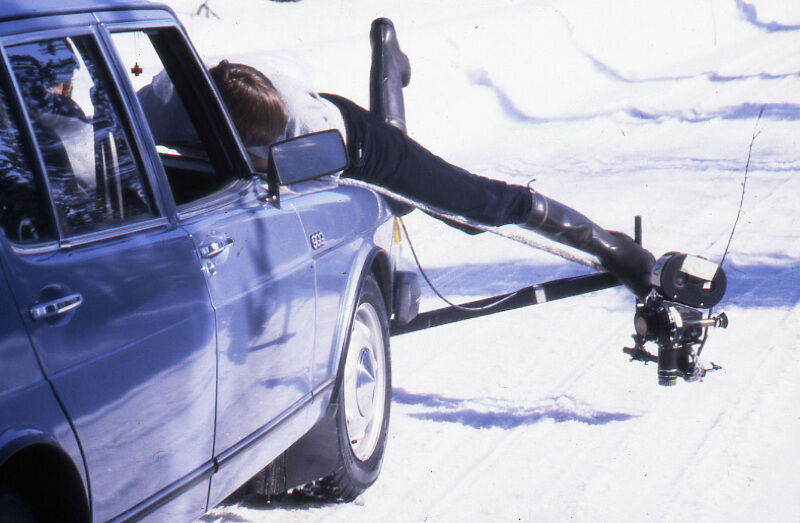
Filming tires.
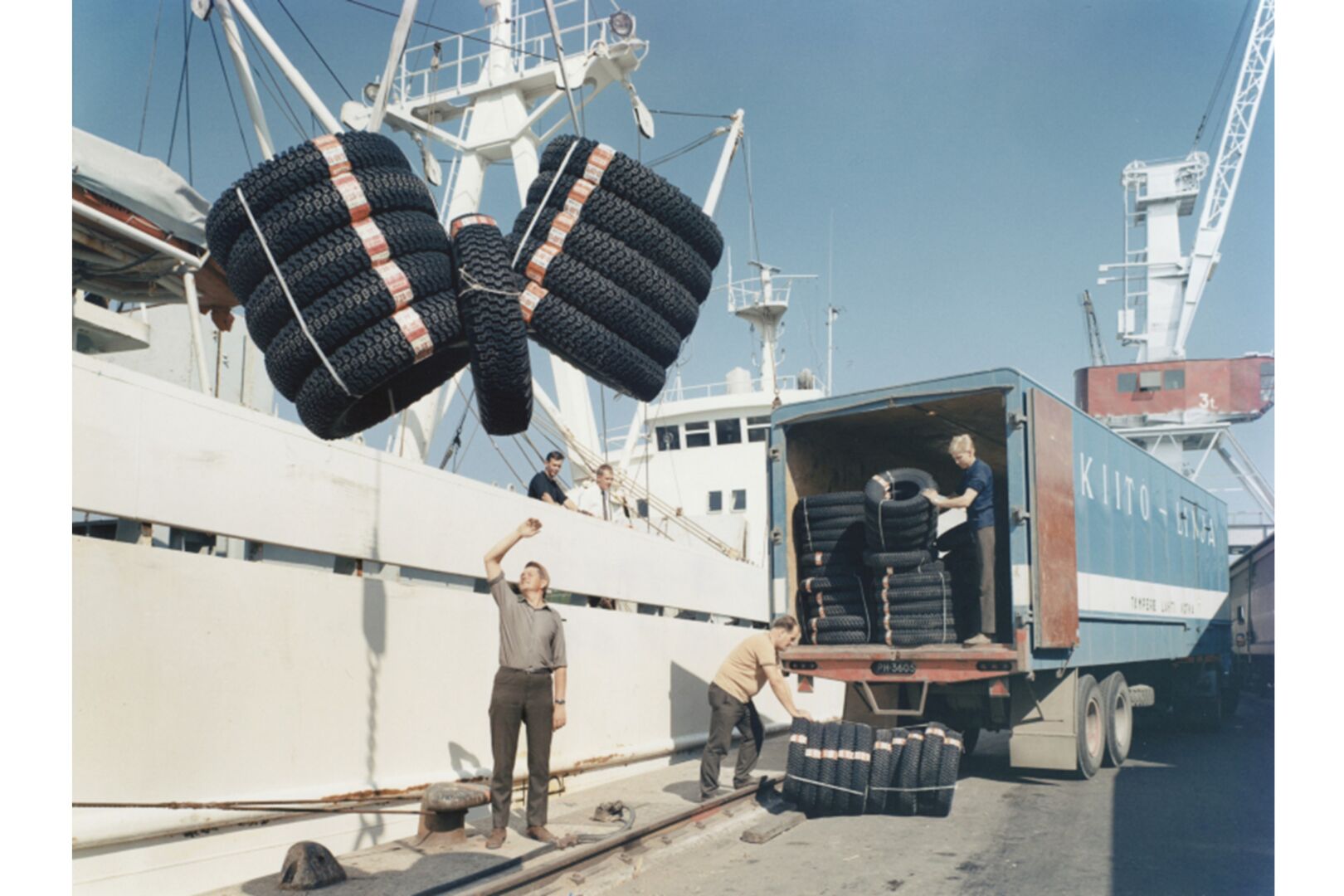
Towards Europe. The first international tire deliveries were made to the Baltic countries.
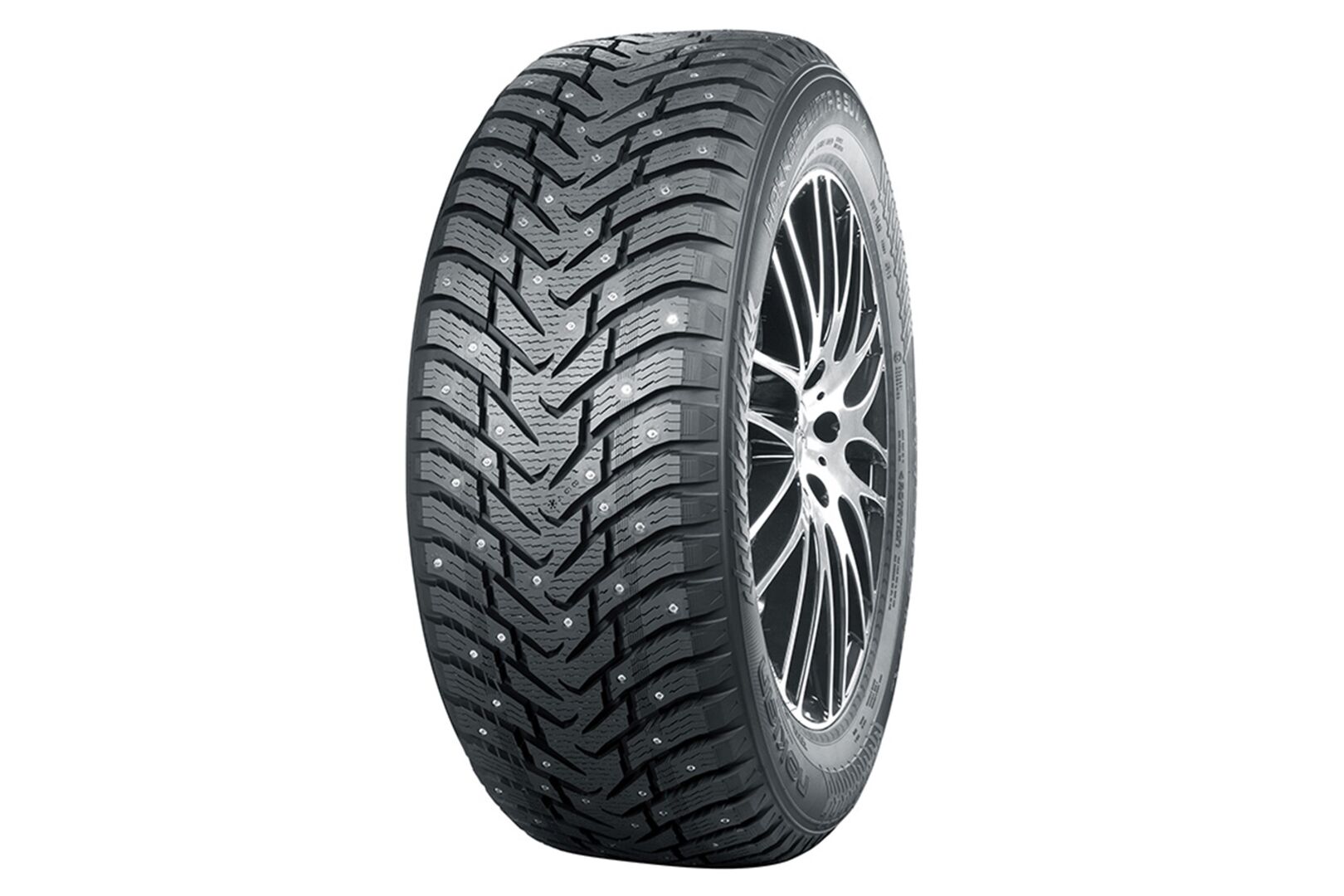
Nokian Hakkapeliitta 8 SUV winter tire. SUV tires are a growing product segment.

Lorry tires being loaded for North America in 1967.
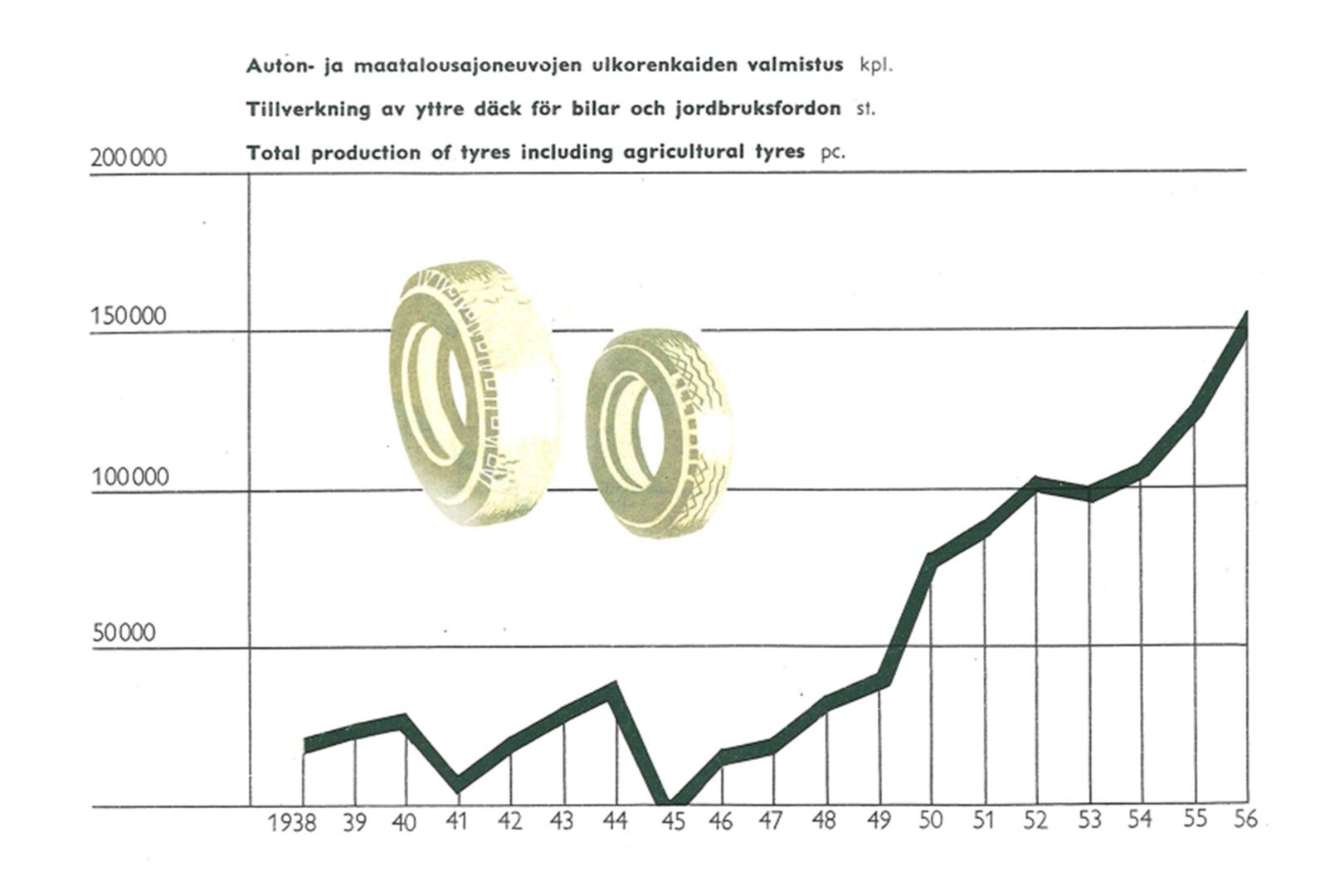
Production of car and agricultural vehicle tires from 1938 to 1956.

From the logistics centre into the world. Nearly 30% of winter tires are sold within approximately 10 days of the first snowfall, which poses an enormous challenge for effective logistics and supplementary deliveries in particular.
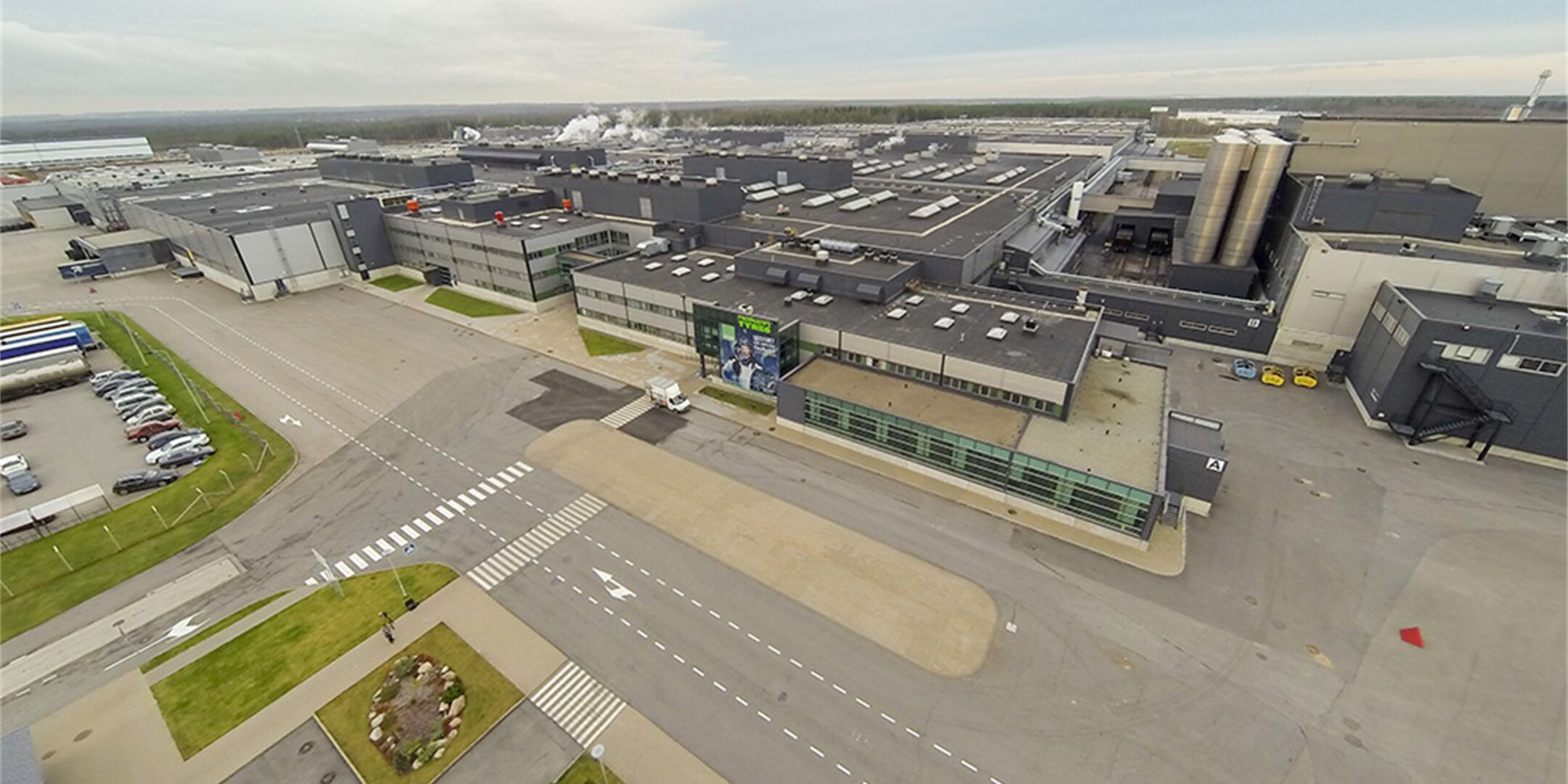
The factories in Finland and Russia had a total production capacity of over 20 million tires per year.
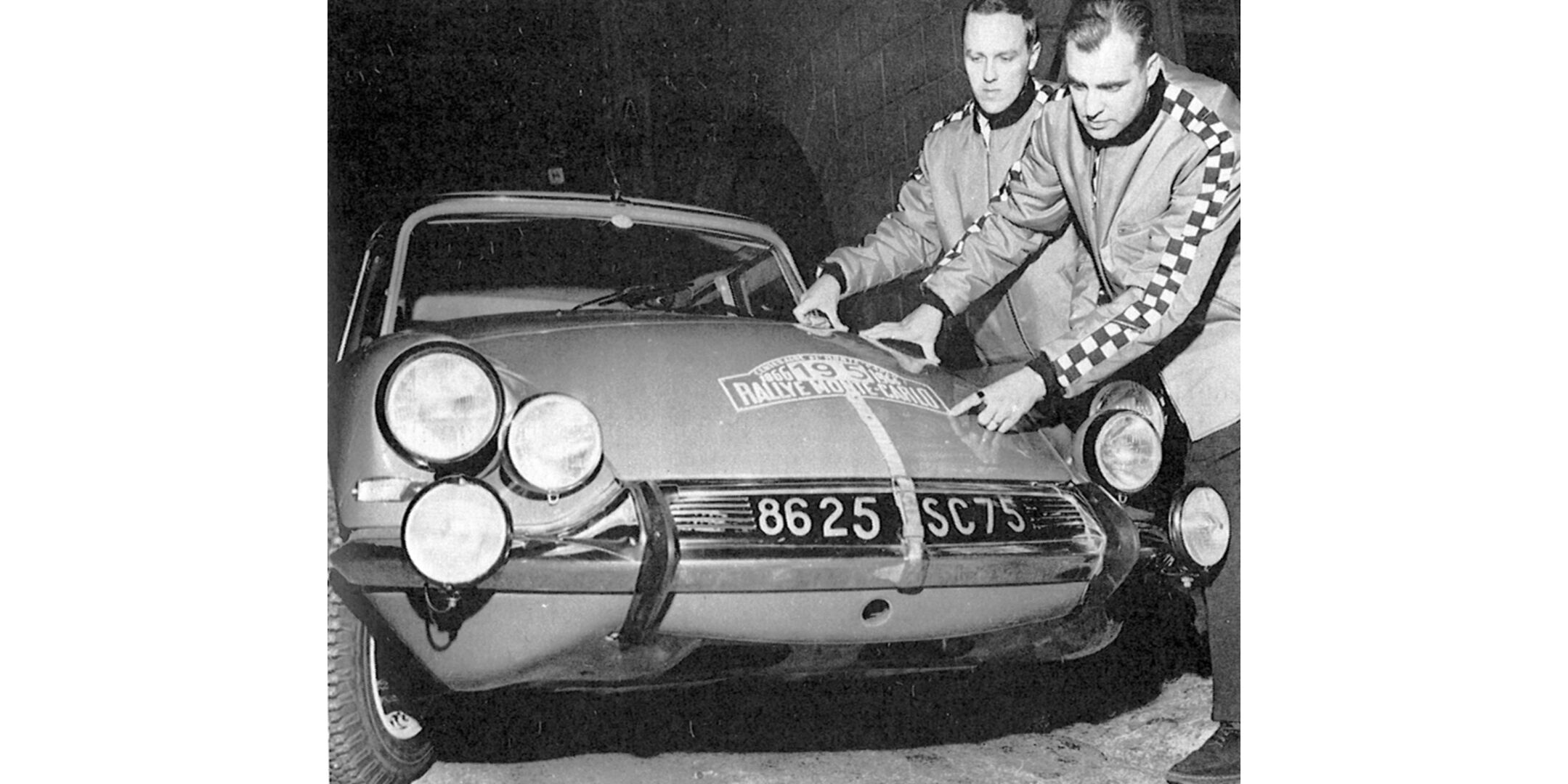
Hakkapeliittas and the Citroën arriving at Monte Carlo in 1966. Pauli Mäkinen (on right) and Ensio Mikander were declared the winners of the race, after the top names Timo Mäkinen, Rauno Aaltonen and Paddy Hopkirk had been disqualified due to their lights.
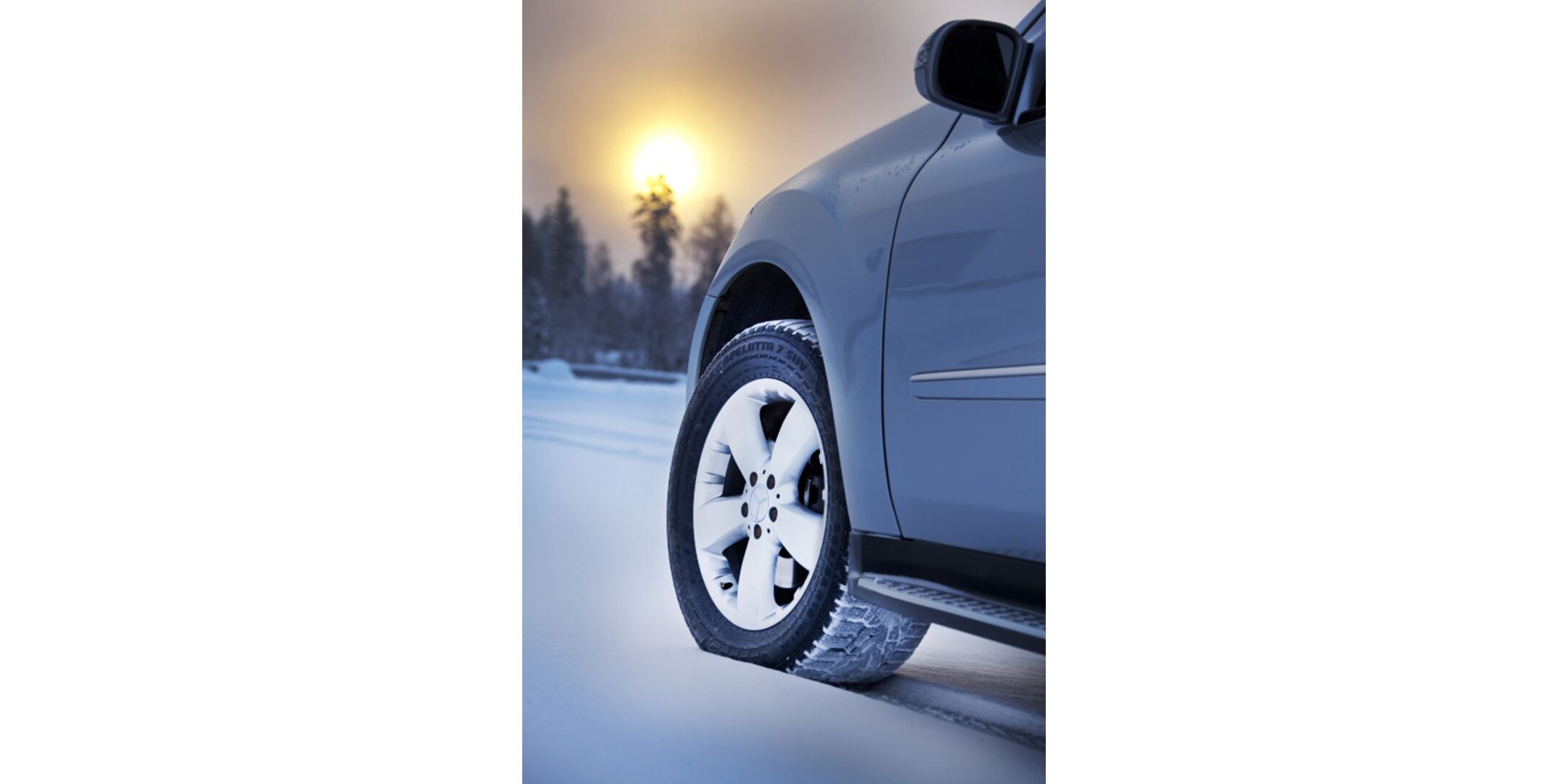
The Nokian Hakkapeliitta 7 SUV combined flawless grip with exceptional durability and a precise, enjoyable driving feel.

Hakkapeliitta 8 in the snow.

Hakkapeliitta R2 in 2005.
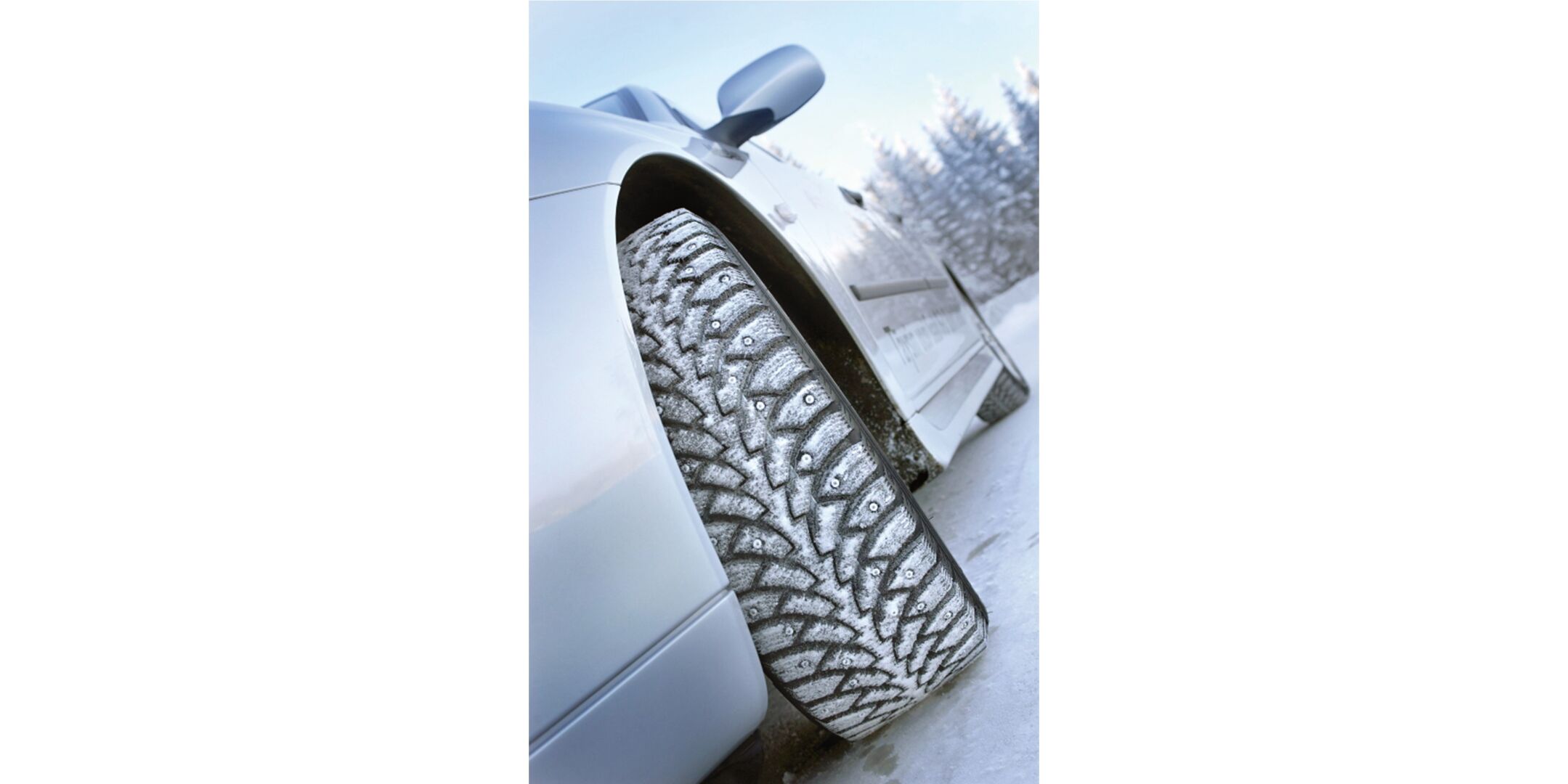
The Nokian Hakkapeliitta 4 ensured grip with square studs.
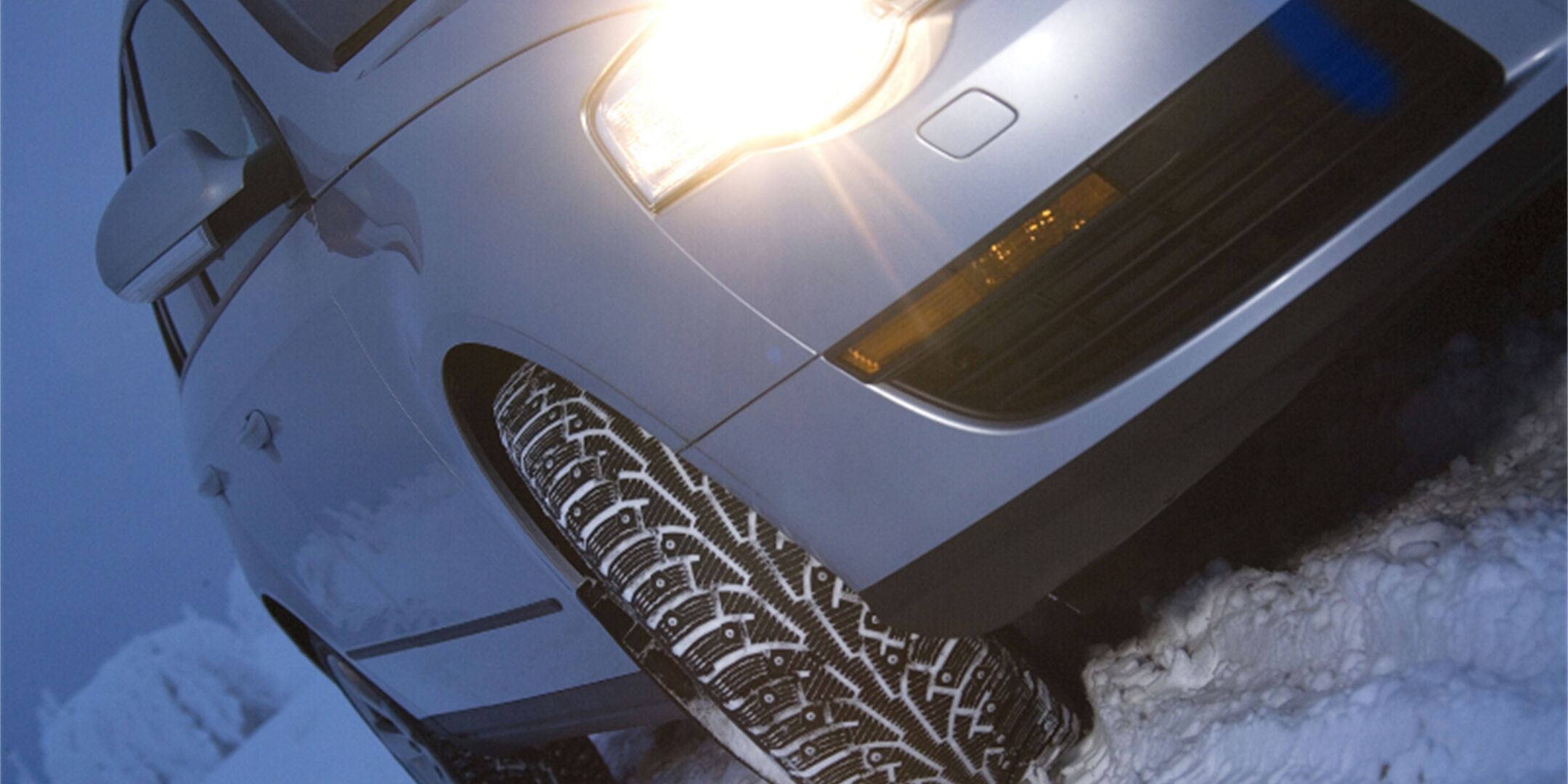
Tires are the most active safety feature of your car – only four palm-sized patches keep your car on the road, and keep you in control of your car.
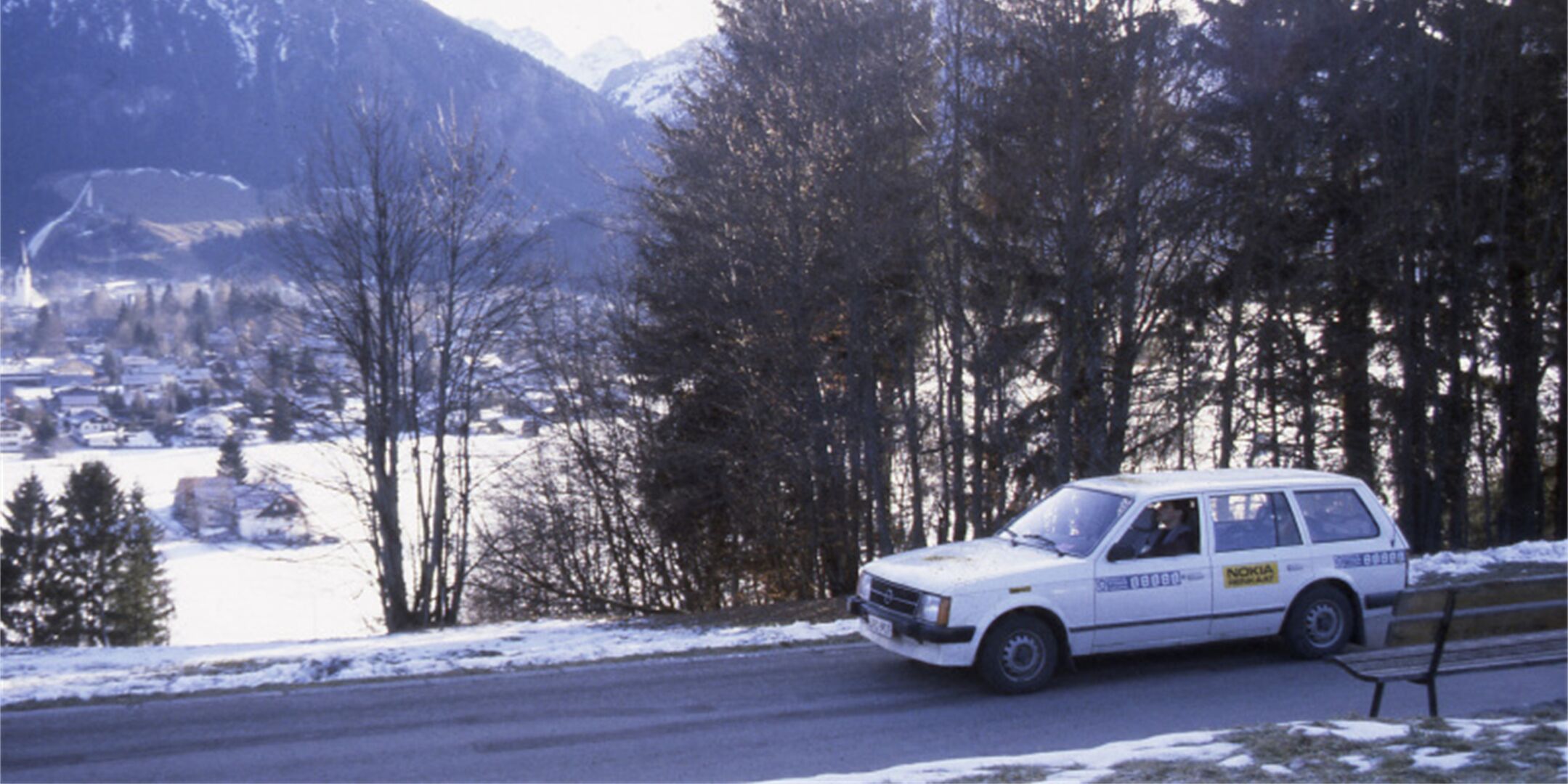
Testing in Central Europe. Testing tires and seeking demanding conditions has always been very international.
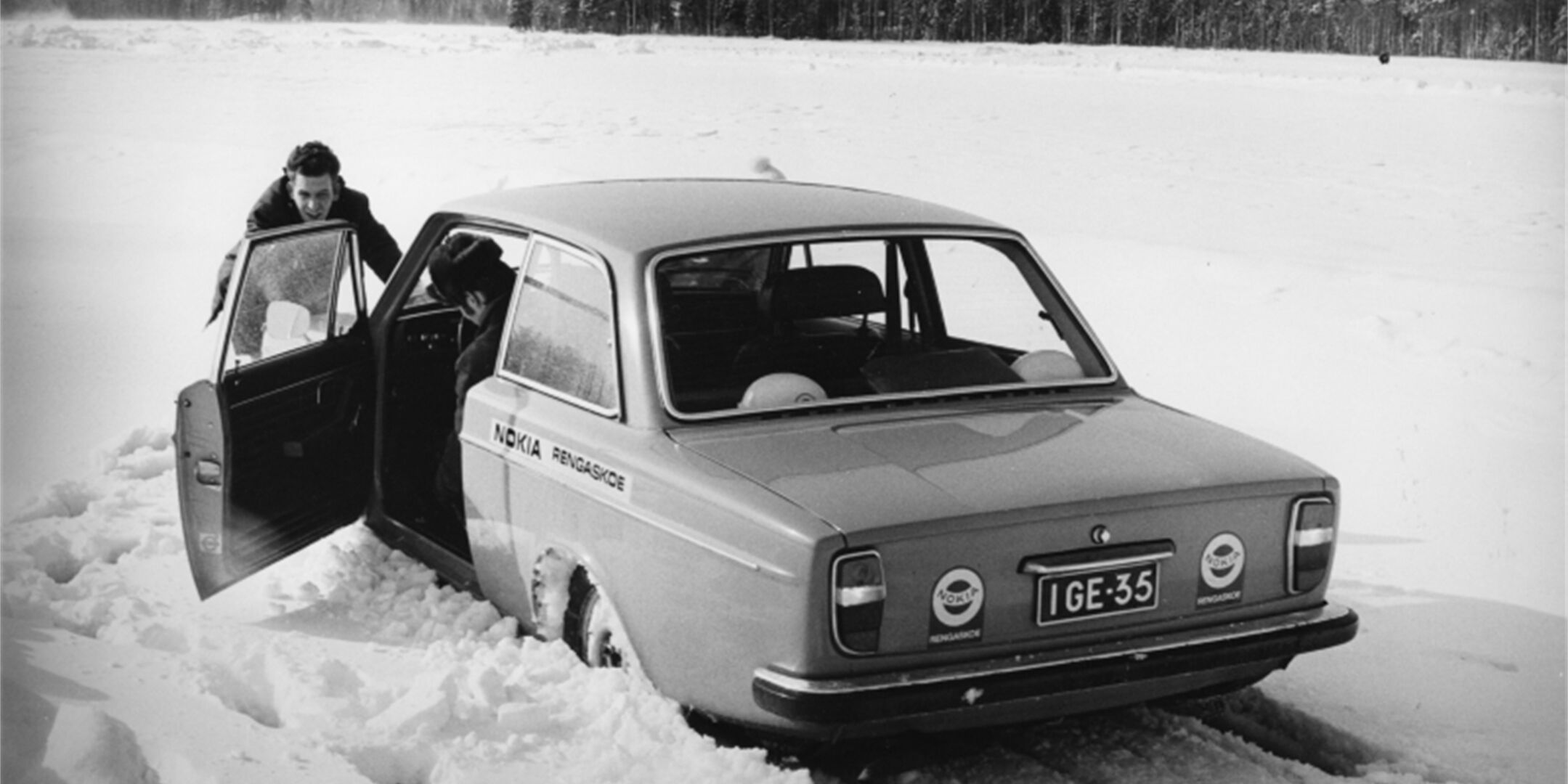
The varying conditions of the north place strict demands on tires. The tire needs to maintain its grip on the road even in the worst weather.
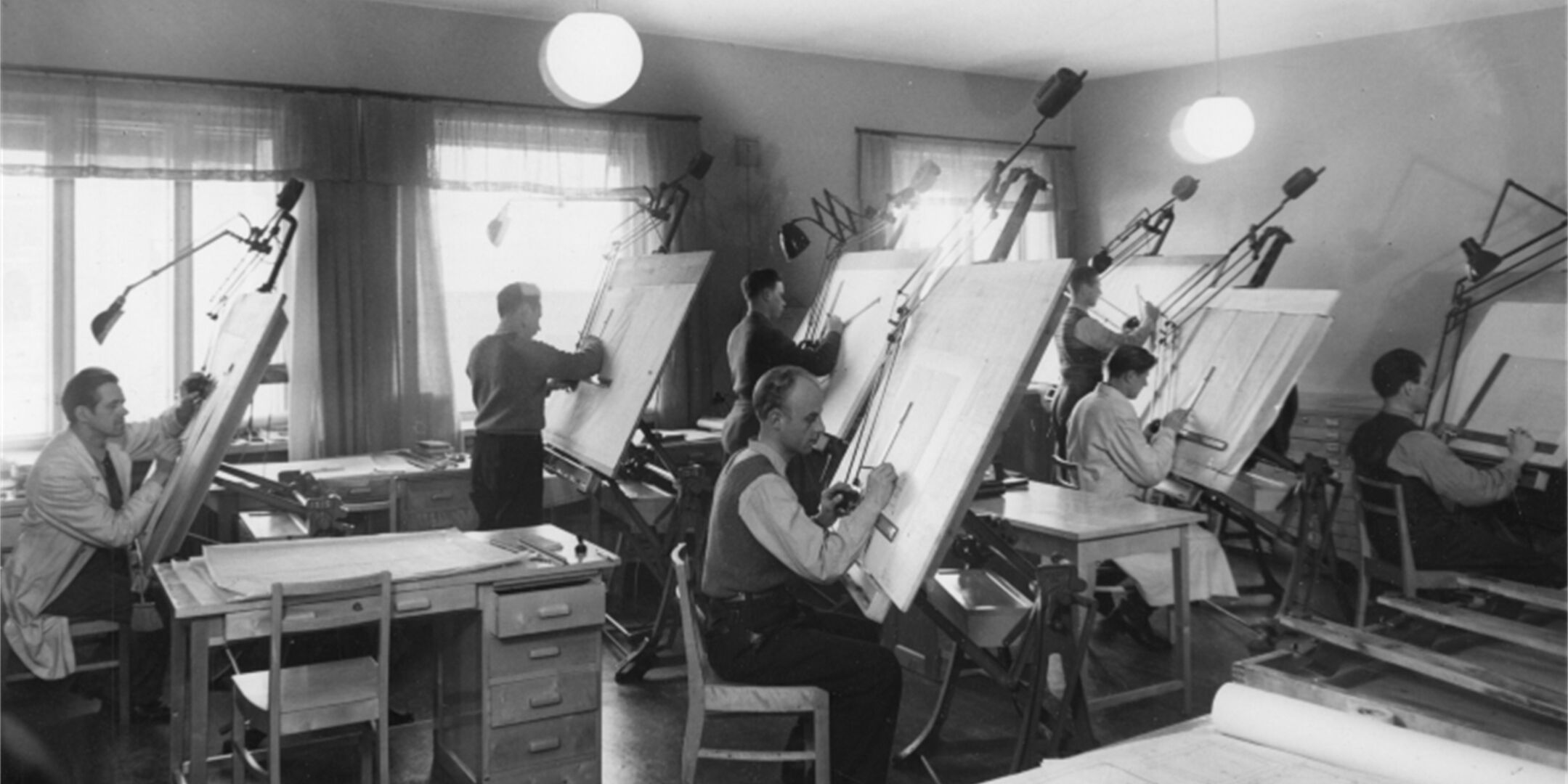
Drawing office of the tire department at the Nokia factory in the 1950s.

Rolling resistance test in the testing machine. Real-life conditions are simulated using versatile and careful tests to separate the best tires from the good.
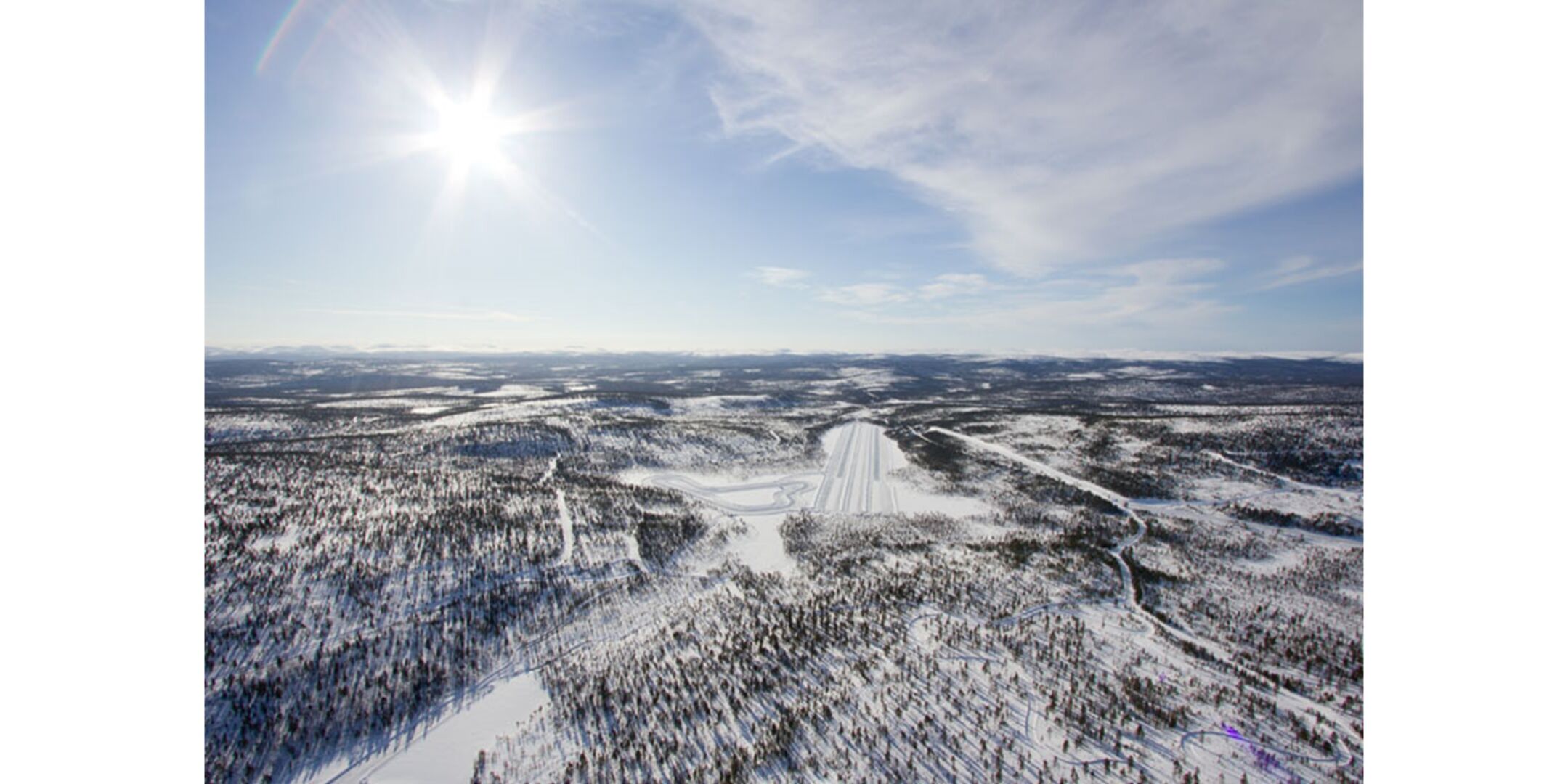
The testing of winter tires is focused on the company's own, unique testing centre in Ivalo.
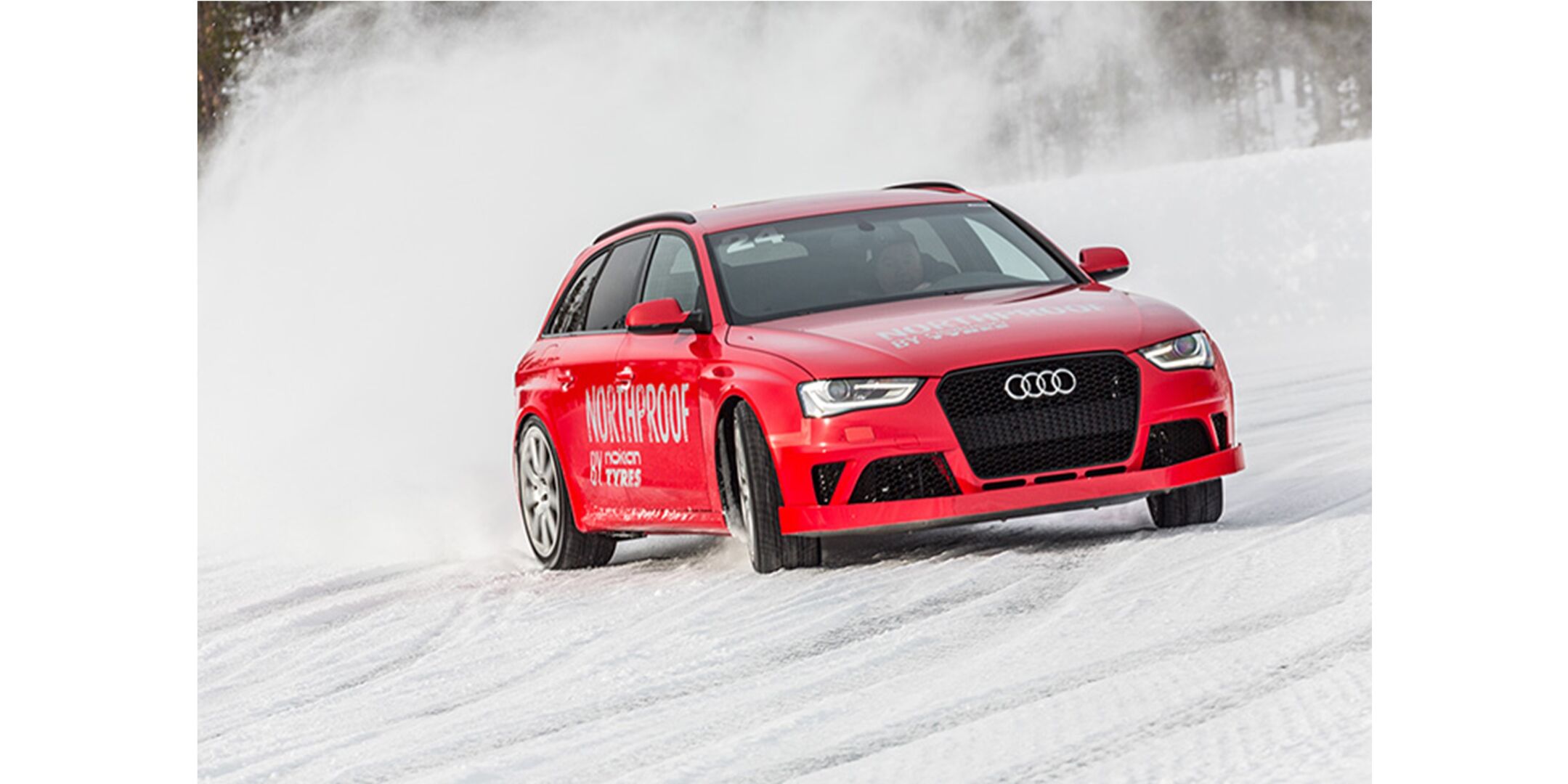
Lateral grip and stability. Pushing and exceeding grip limits serve for demanding product development, the main goal of which is safety.
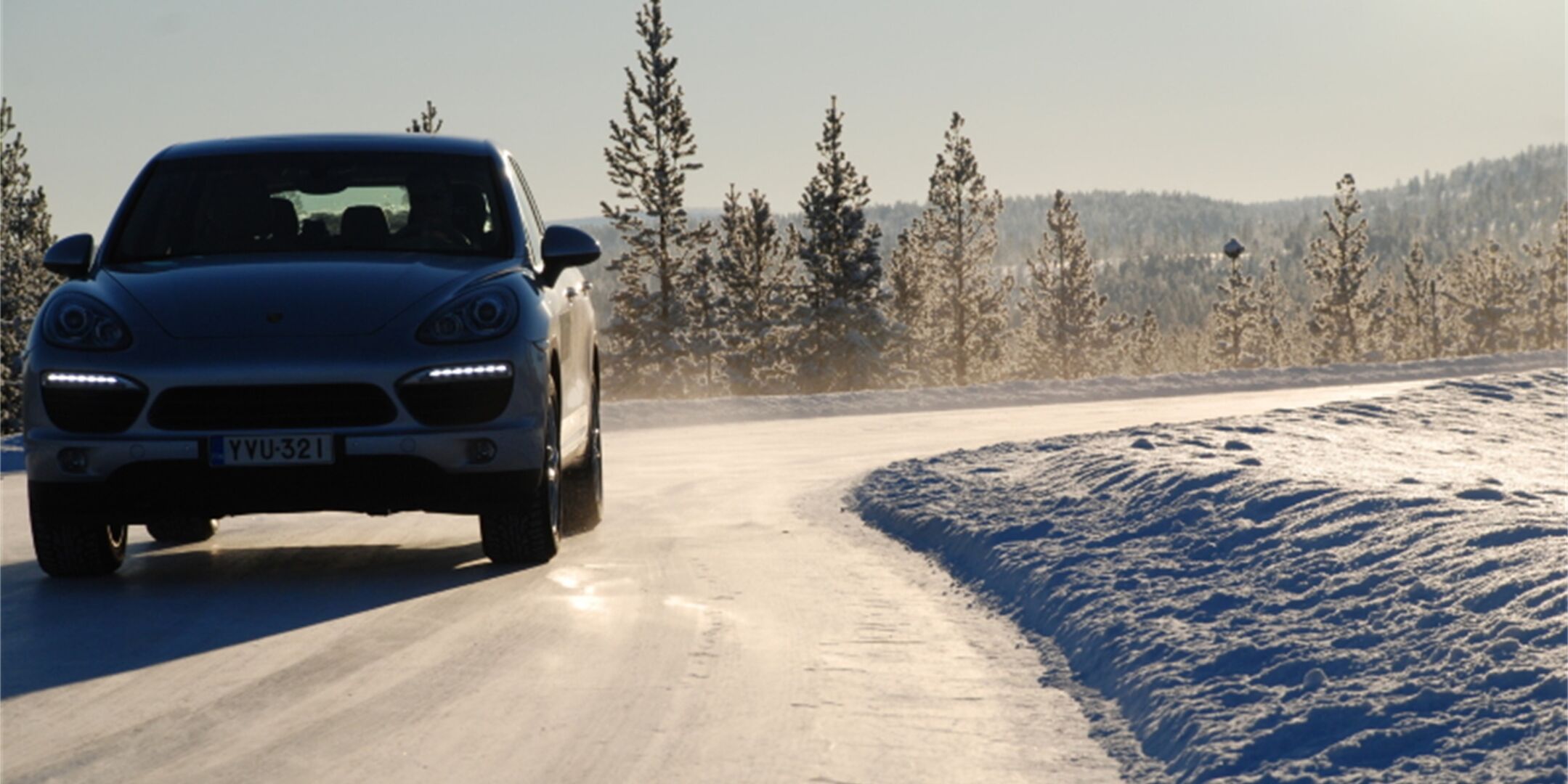
Testing grip in Ivalo in 2011.
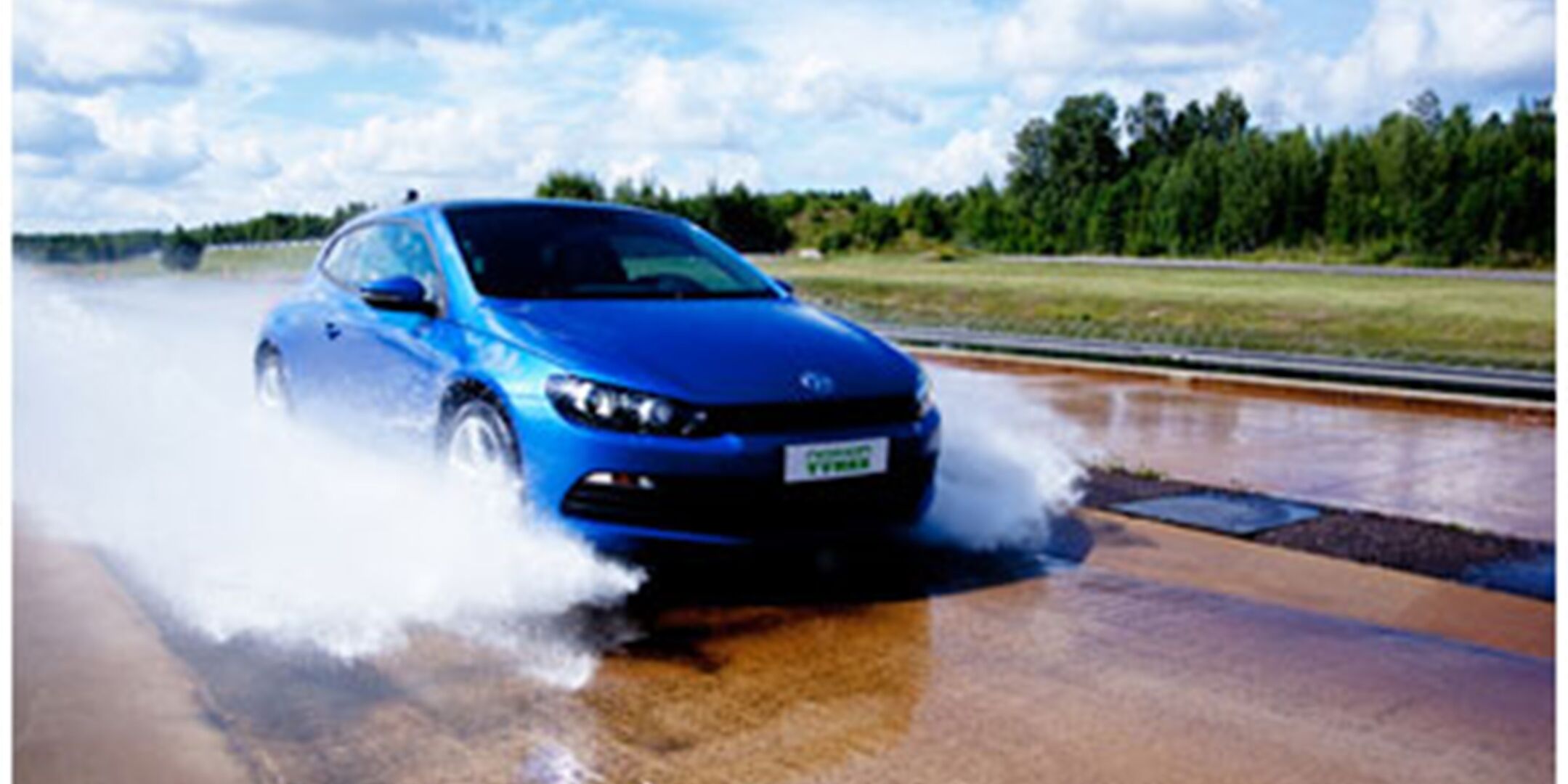
Test driving at Nokia.
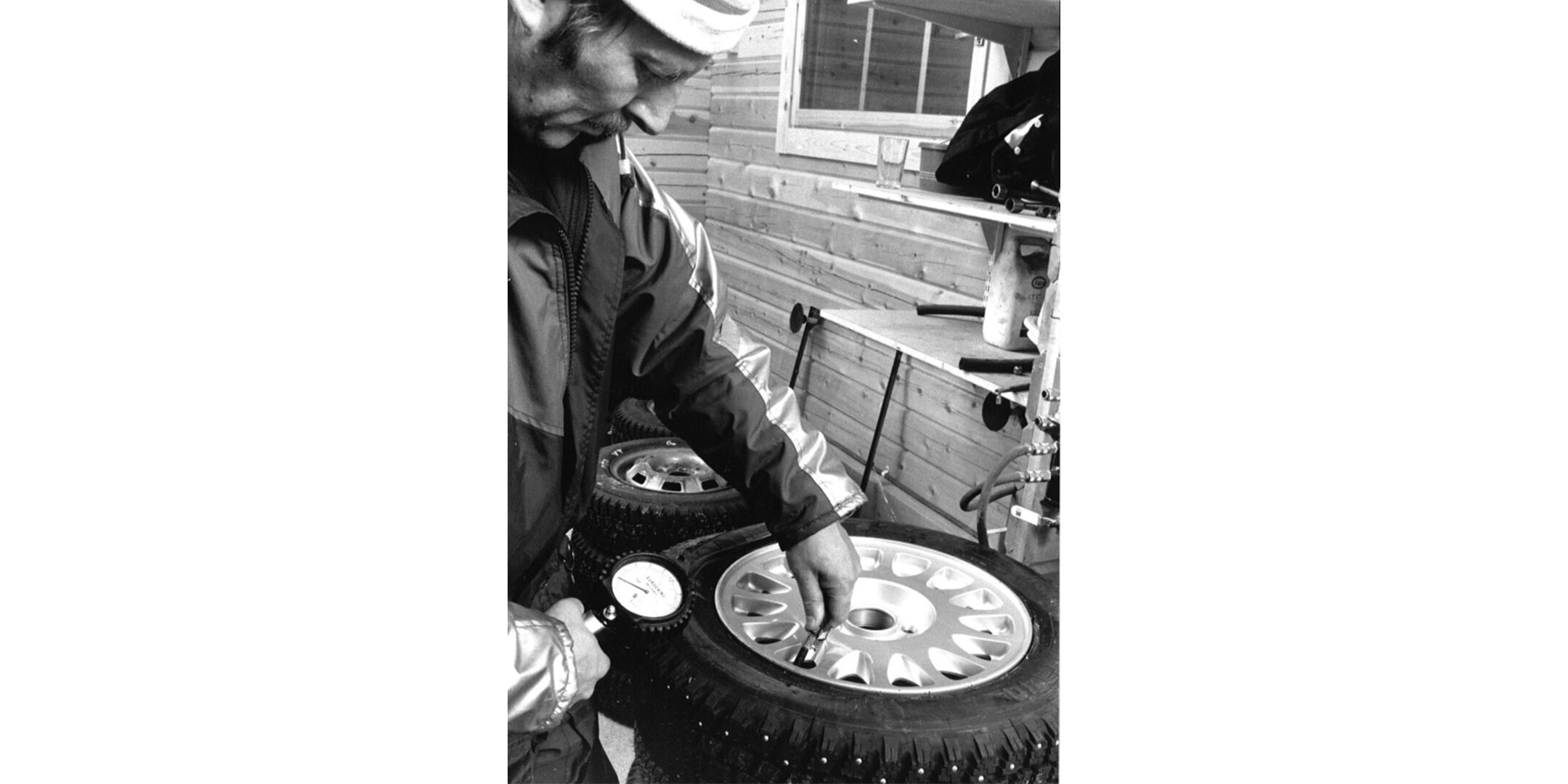
Tire pressure is vital.

Test drive crew at Nokia test centre.

In 1978, a testing engineer studies the Hakkapeliitta NR 08, the first steel-belted winter tire.
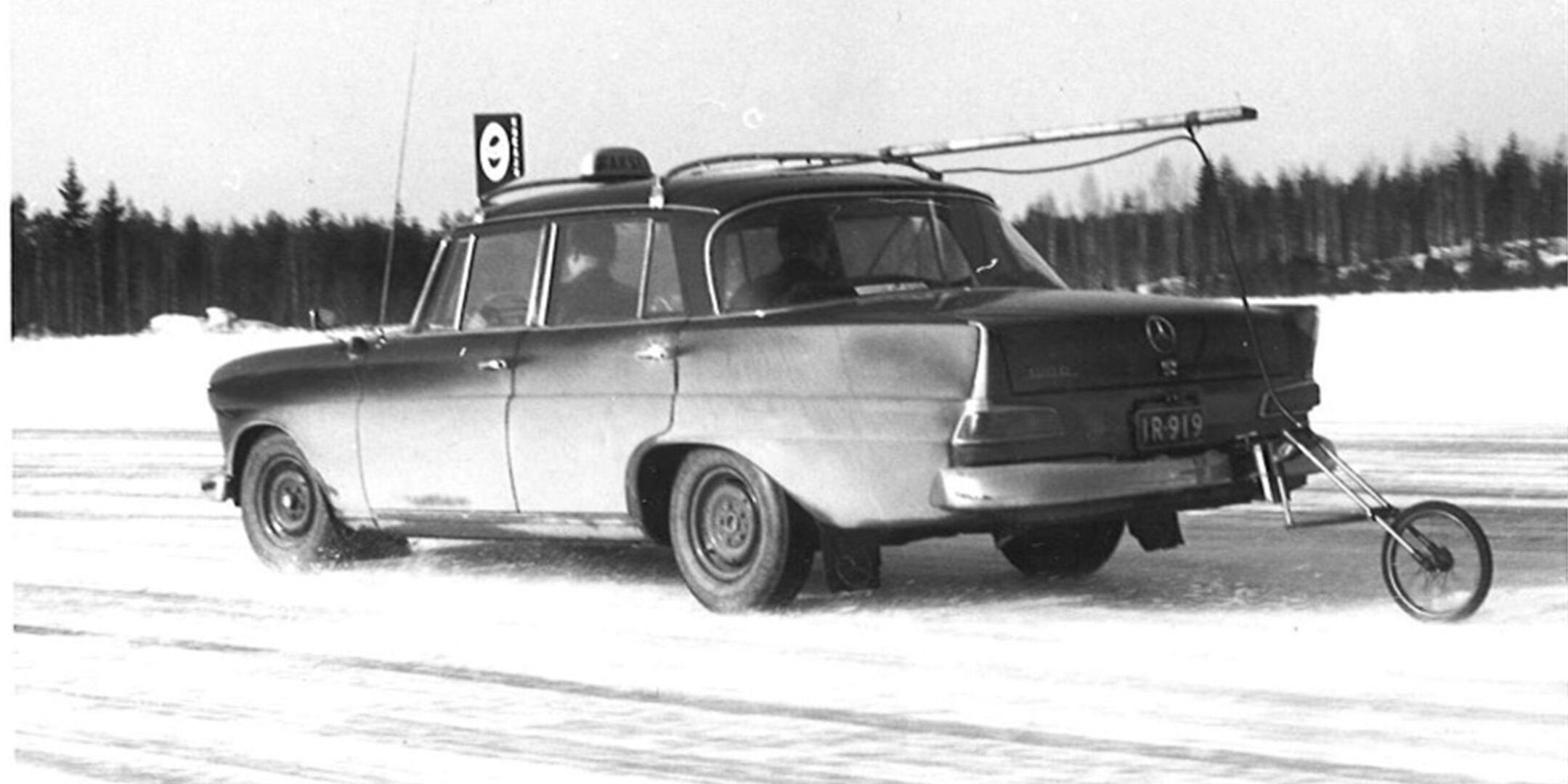
Driving professionals, such as taxi drivers, have participated in the testing of the world's best winter tires for many decades.
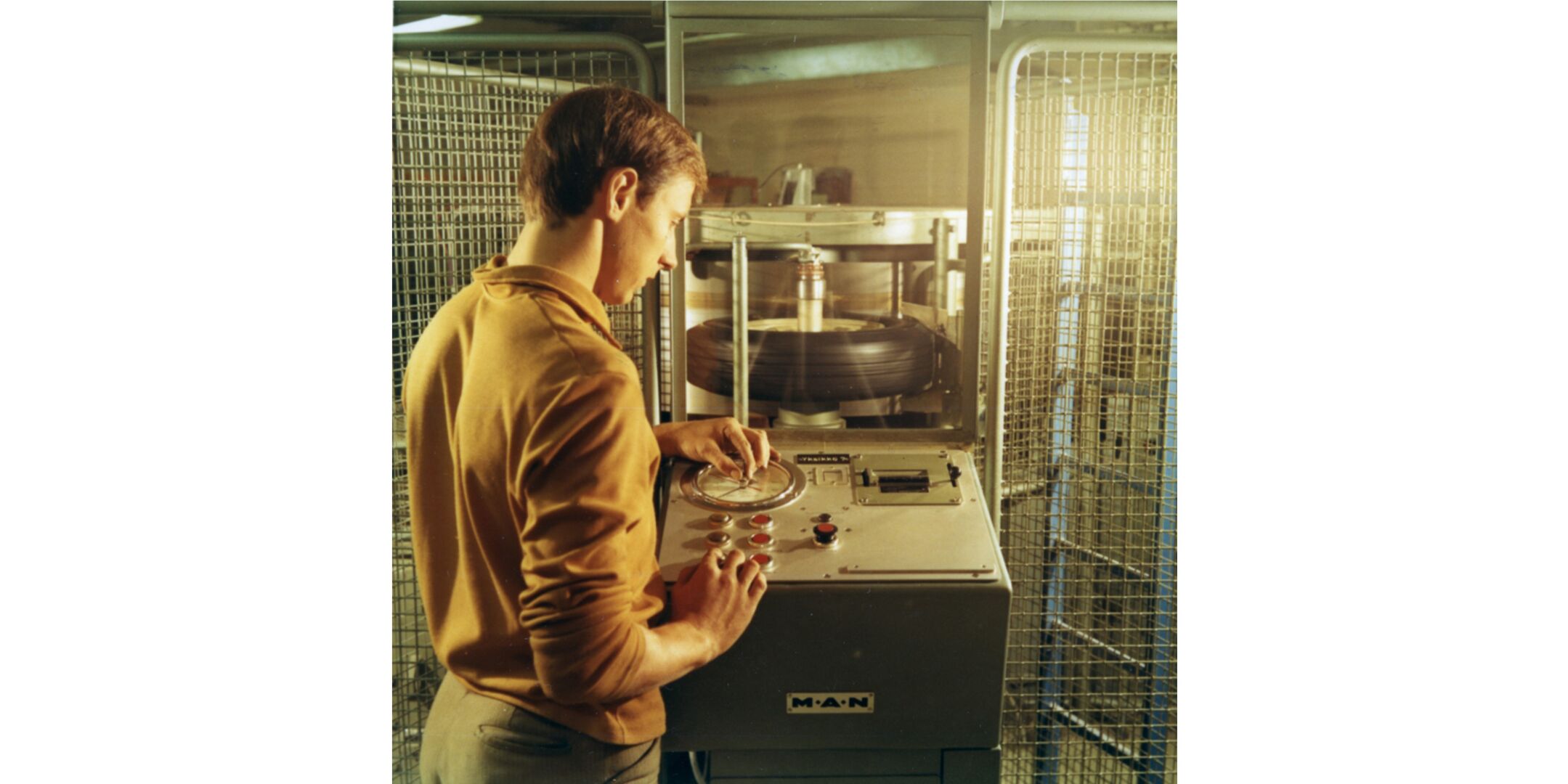
Structural integrity of a tire being tested with the testing machine in the 1970s.

Guaranteeing safety. There are many things that cannot be measured, such as the driving feel of a dry road, said Hannu Kossi, trainer of Nokian Tyres test drivers.

A world record for driving on ice was made when test driver Janne Laitinen drove at a speed of 331.610 kilometres per hour (206.05 mph) on the ice of the Gulf of Bothnia, near Oulu.
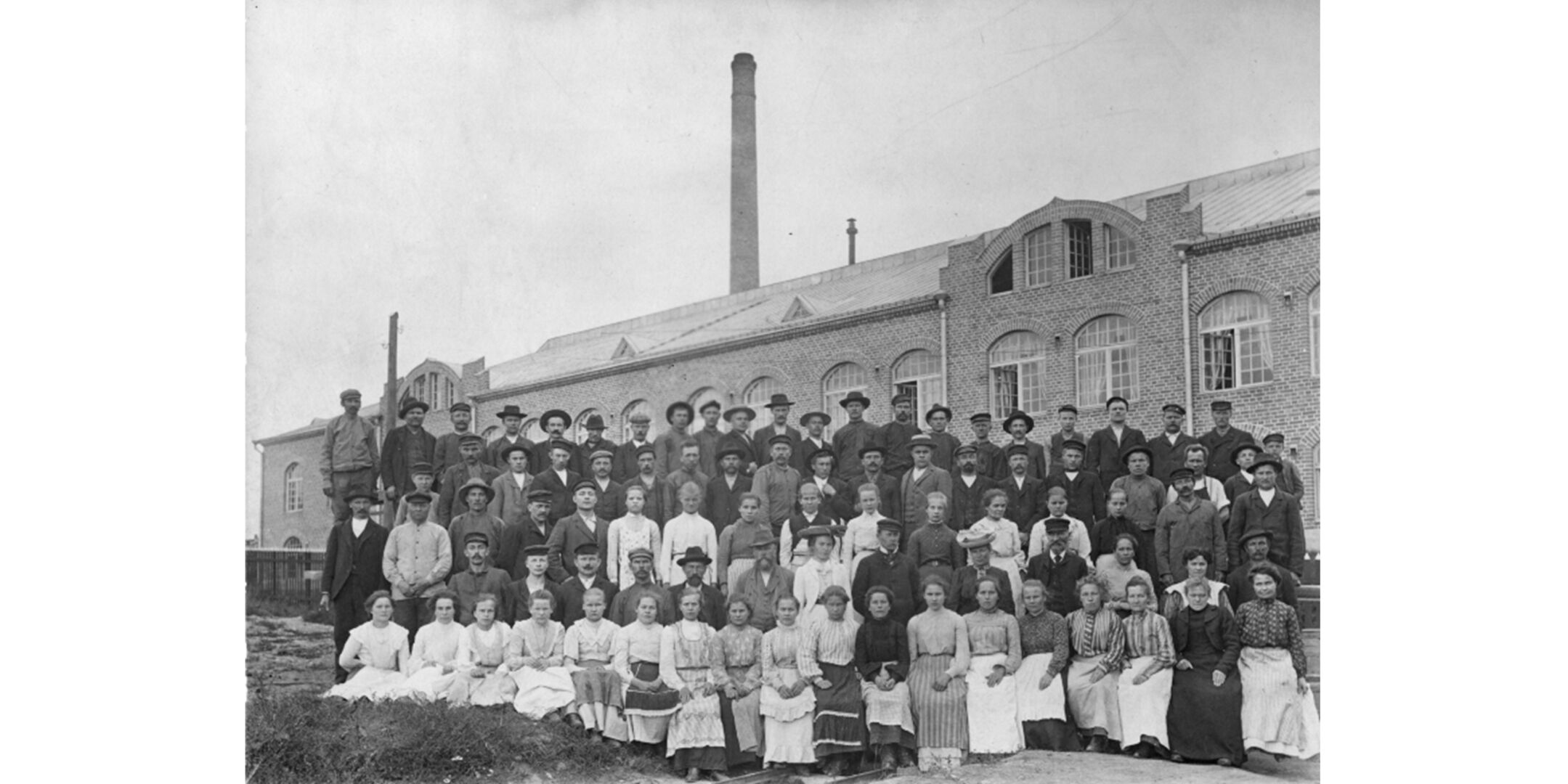
Gummitehdas workers in front of the factory in 1907. Technical Director Antti Antero is sixth from the right in the second row.

Mixing department in the 1920s.

The factory buildings of Suomen Gummitehdas Osakeyhtiö in Nokia in the 1905.
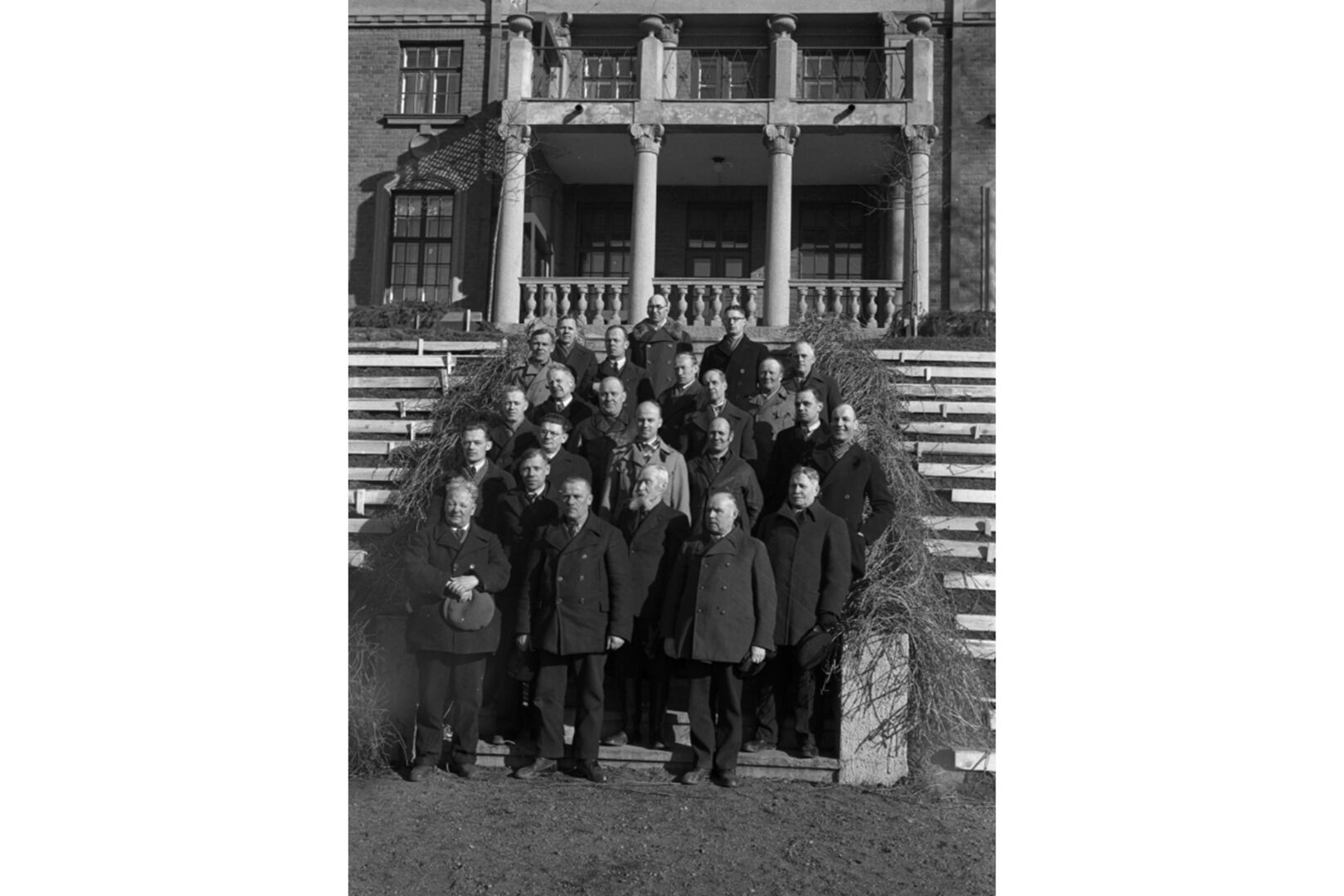
Factory foremen in front of the landlord's house built in 1925.
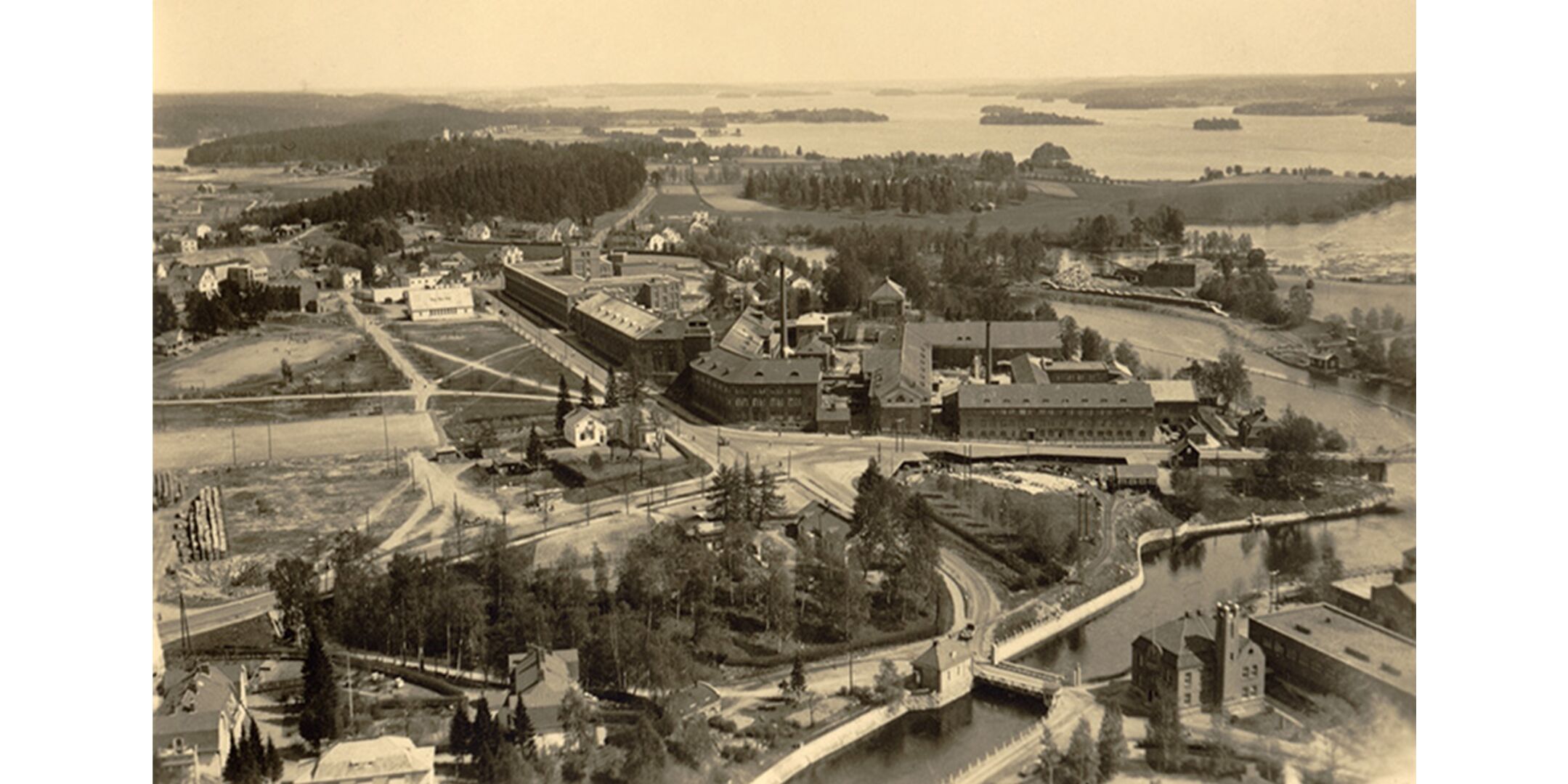
Aerial shot of the Nokia factory in the 30s.
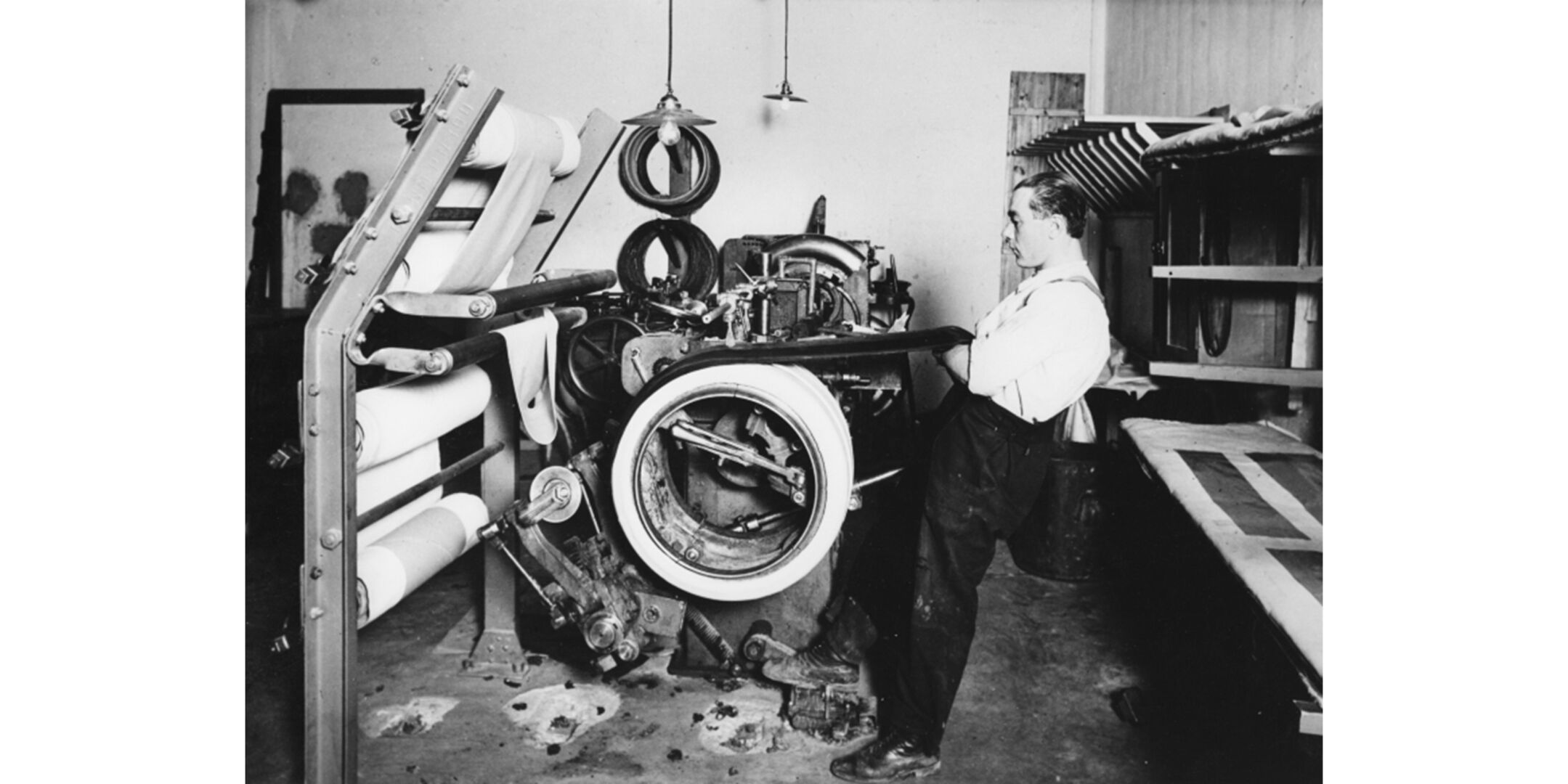
Vilho Gröndahl assembling Hakkapeliitta in the 1930s. The first car tires had four layers.
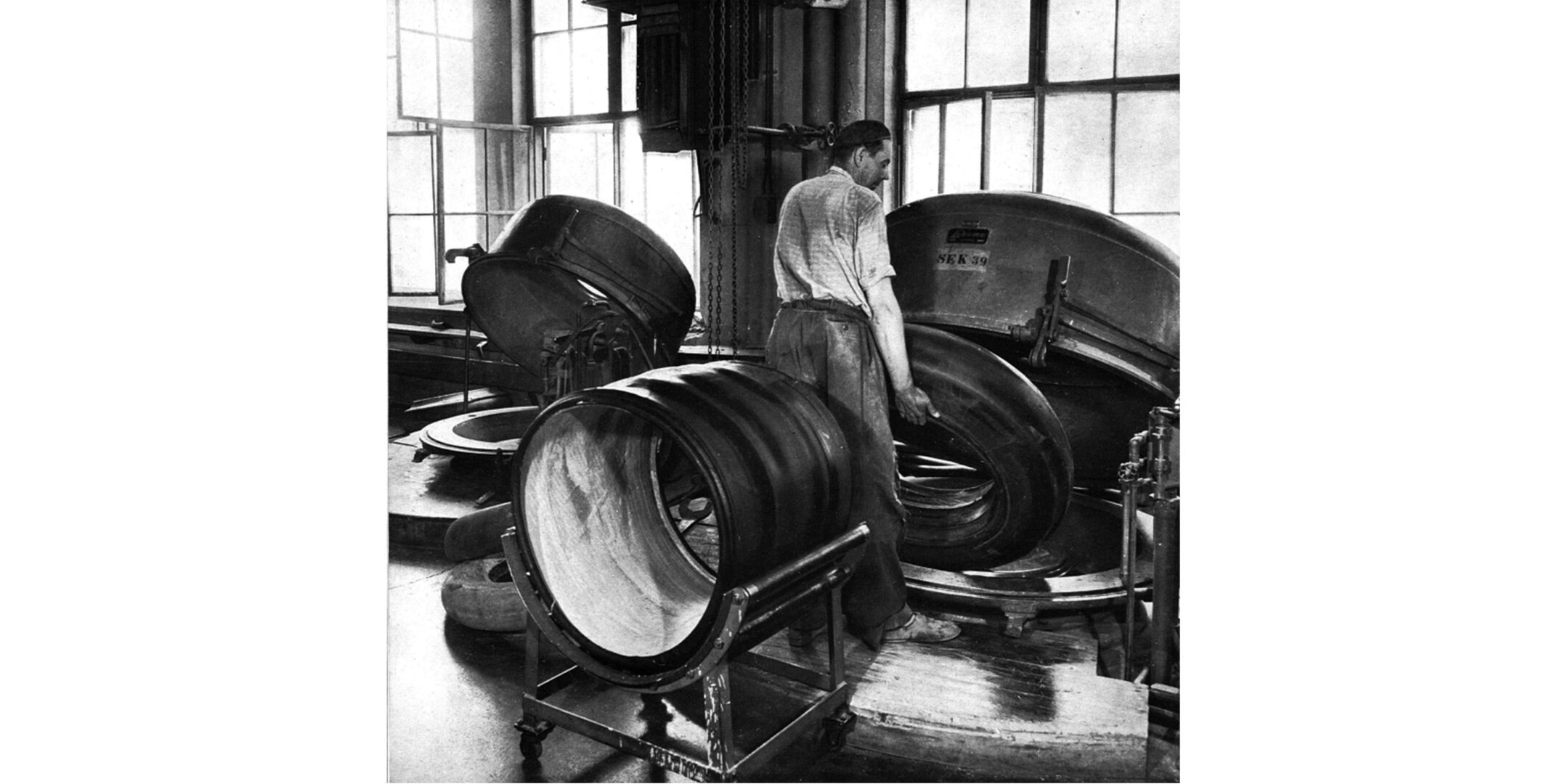
Hard at work in the 1940s.

Suomen Gummitehdas's tire exhibition at Helsinki Exhibition Centre in 1946.

Researchers at work in the factory laboratory in Nokia.
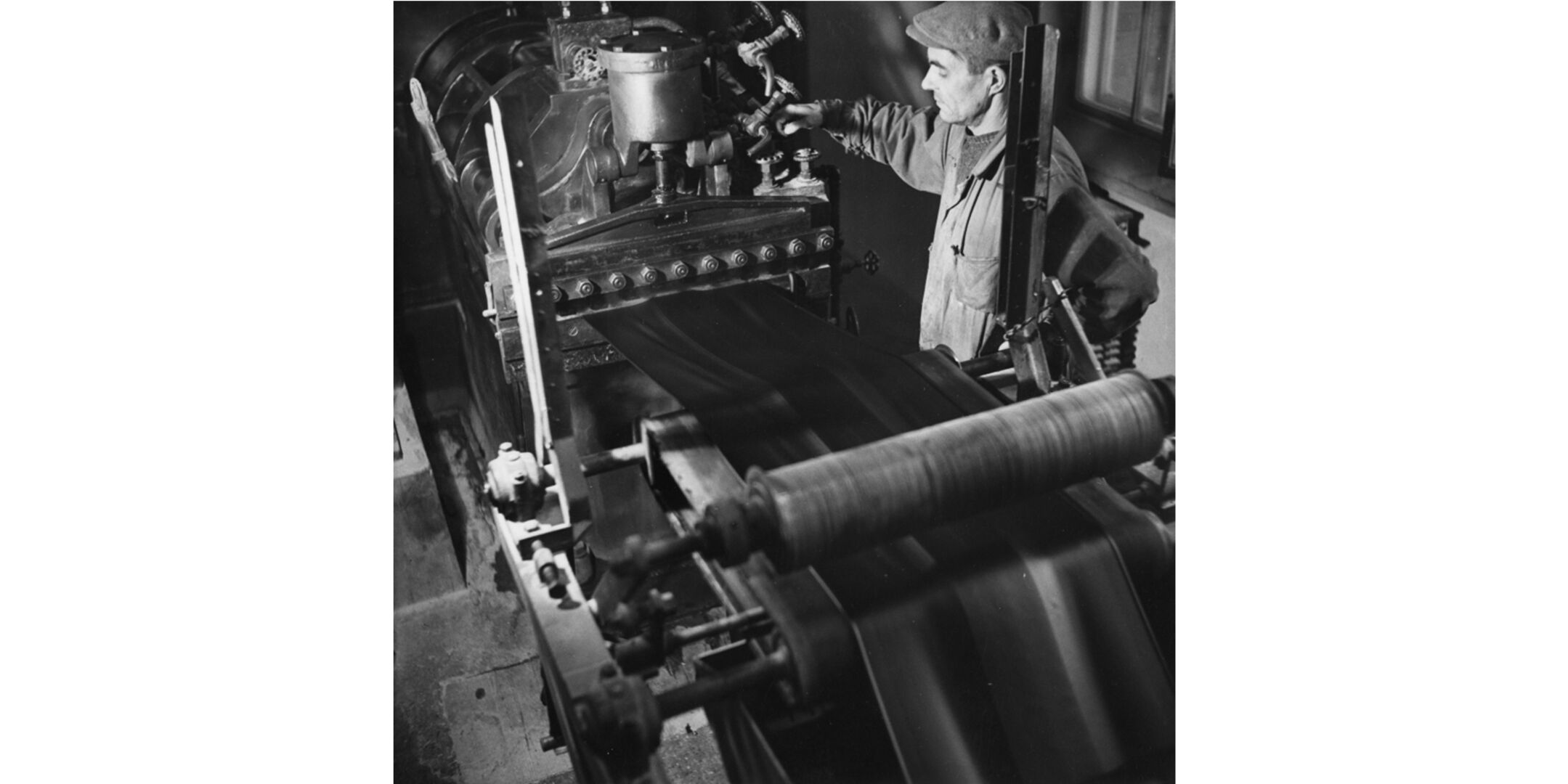
Treading in 1946. Pekka Vilma operating the machine.
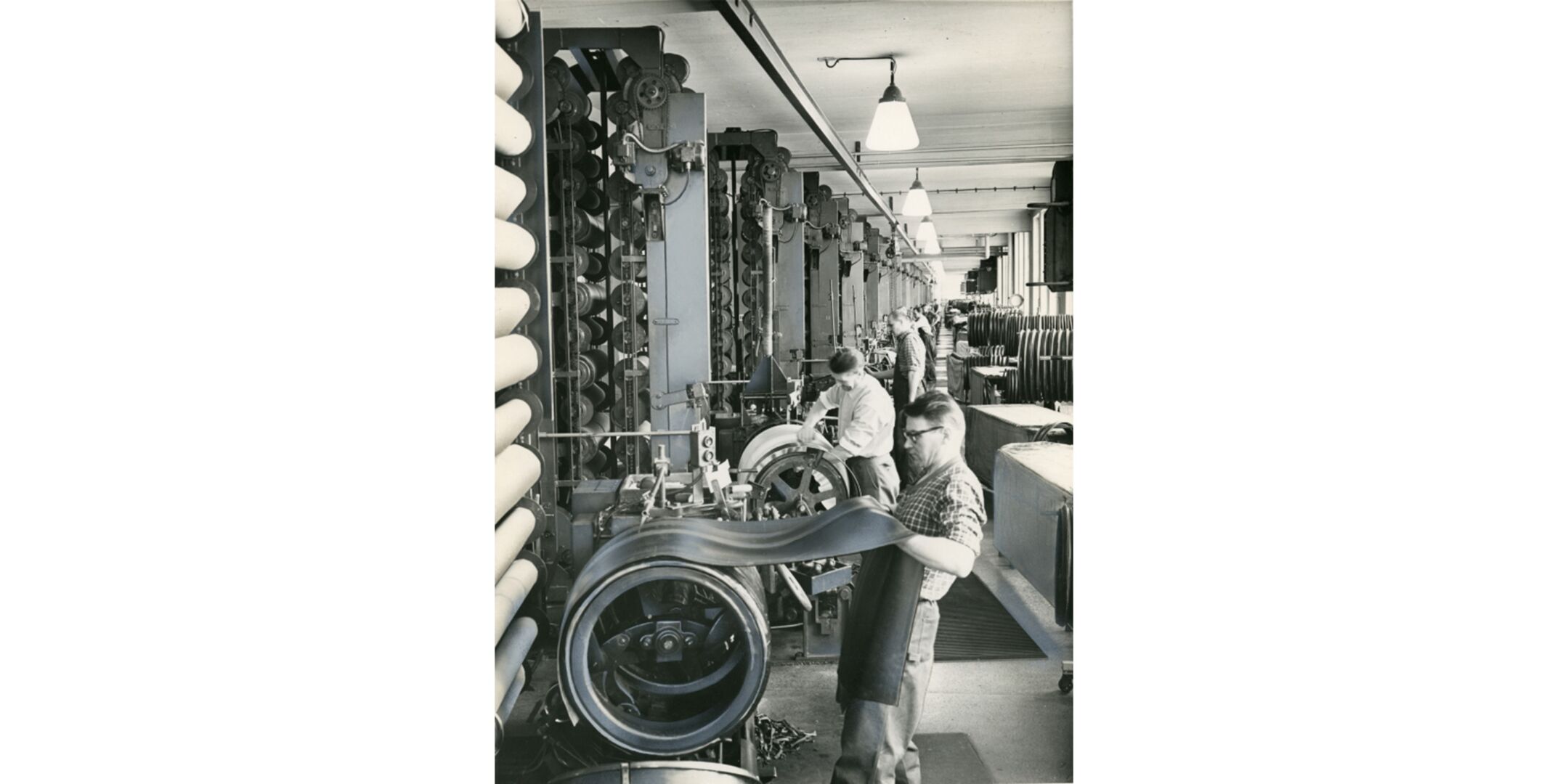
Heavy tire assembly in the 1950s. The carcass was of a cross-ply type.
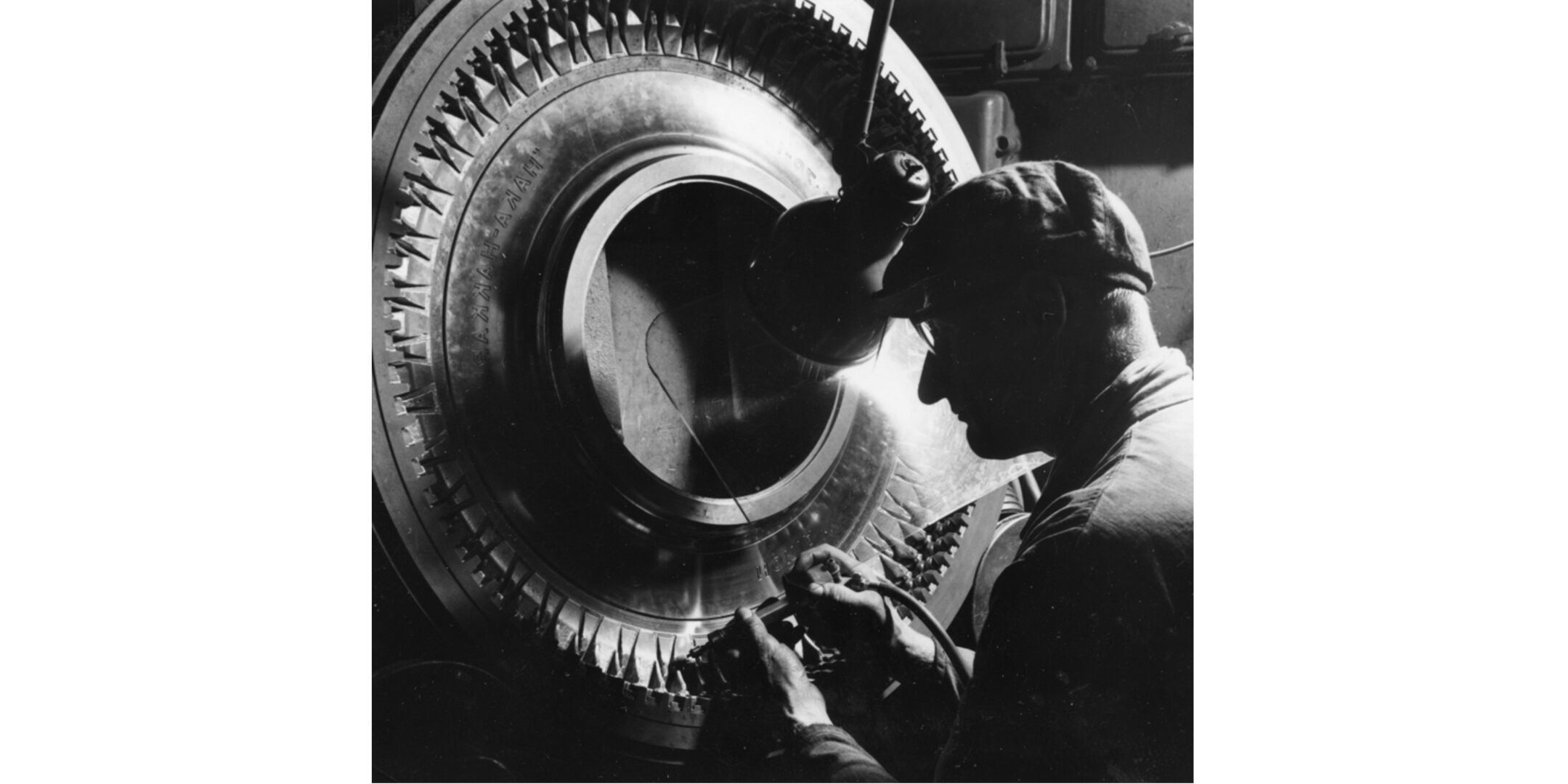
An engraver finishing the mould for a Haka-Hakkapeliitta at the end of the 1950s.
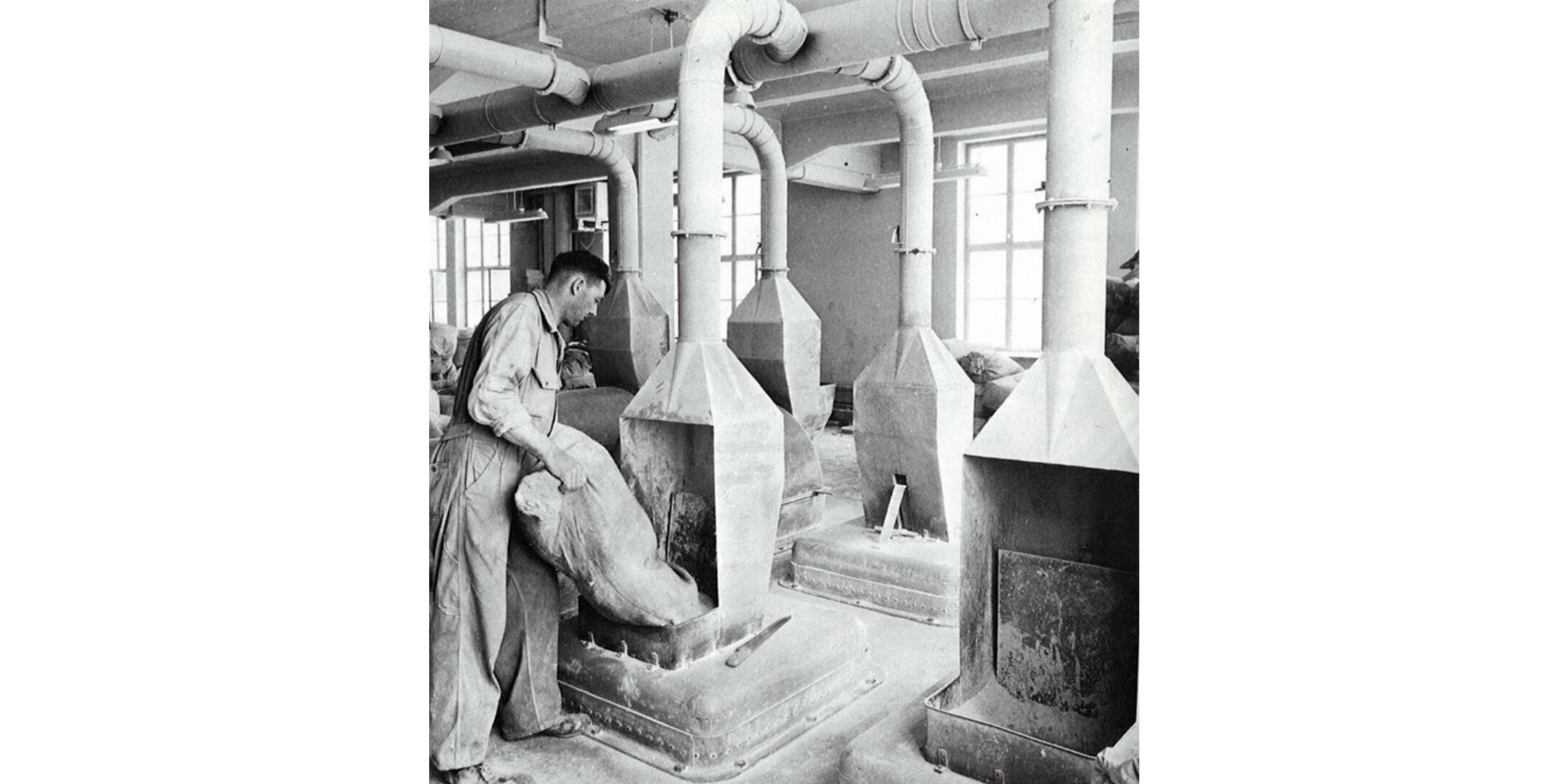
Put in some carbon black! In the 1950s, the chemicals were still added in the rubber compound by hand. Punch card controlled chamber mixers were introduced in 1963.
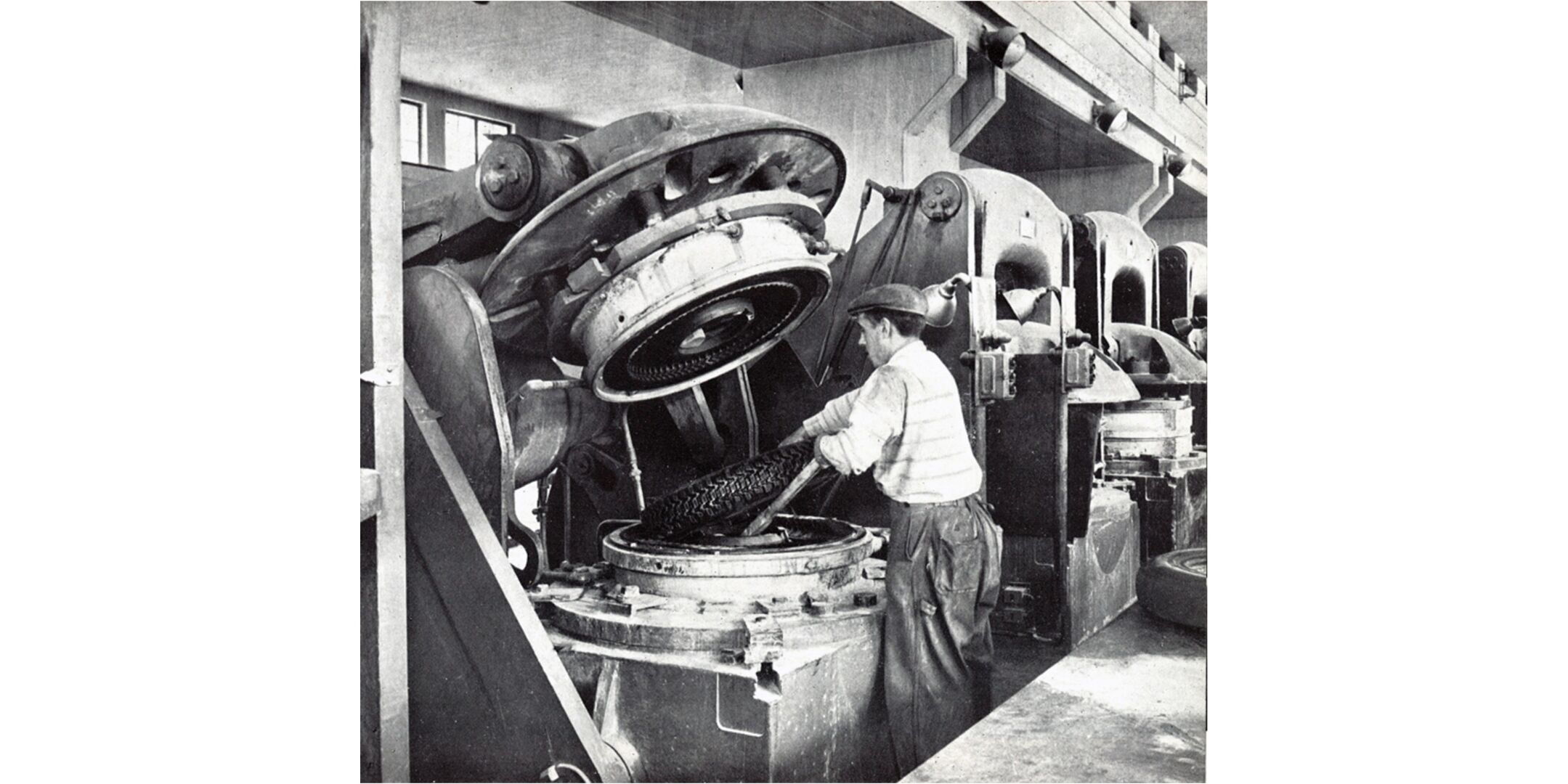
The cured tire is lifted out of the vulcanisation press by hand.
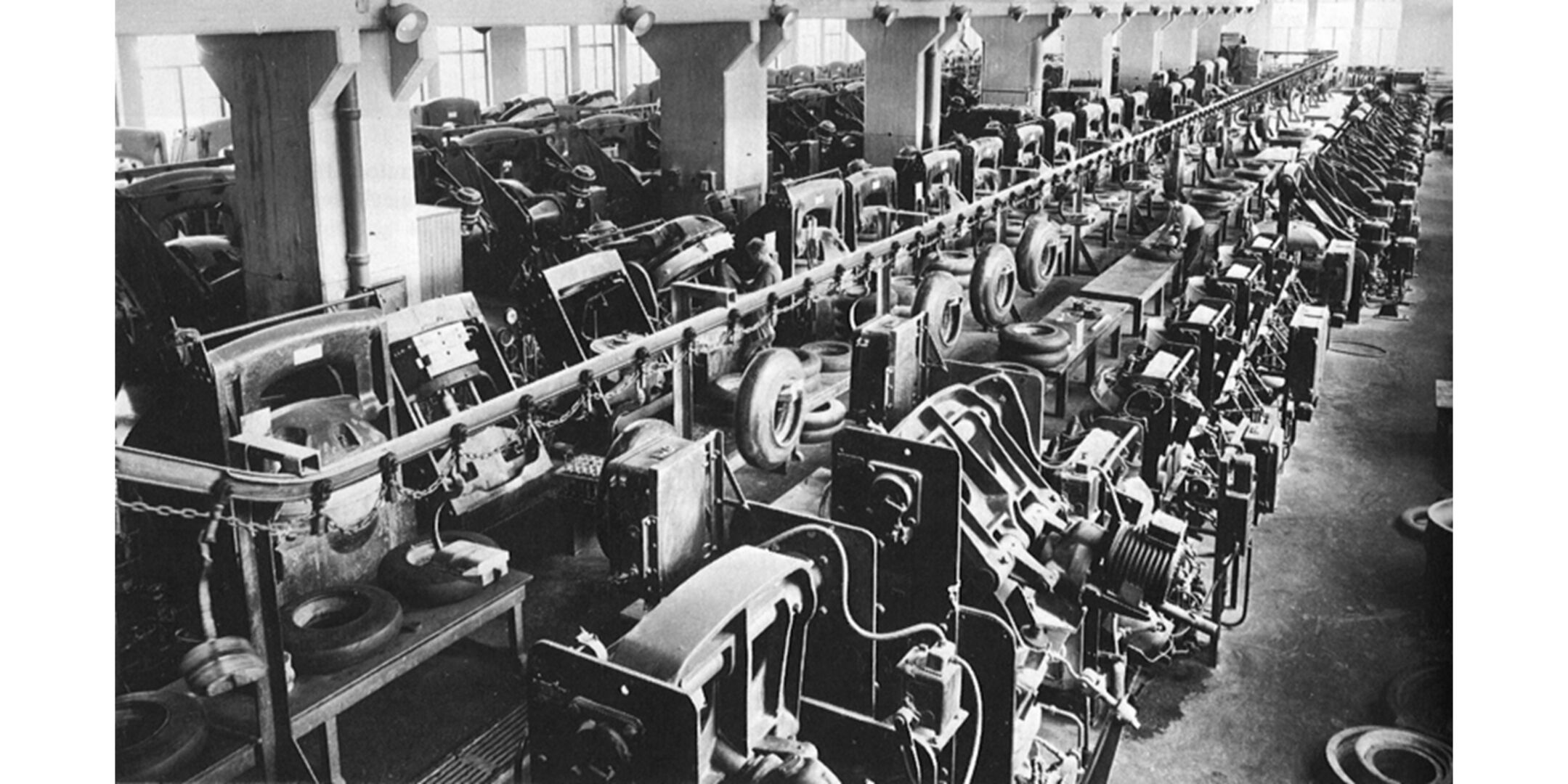
Tires ready in the curing hall.

In 1952, the year of the Olympic Games, the three Gummitehdas factories Nokia, Tampere and Savio competed in the Kumikisat (Rubber Games) at the Tammela athletics stadium in Tampere. The final moments of the seniors' 100-metre race.
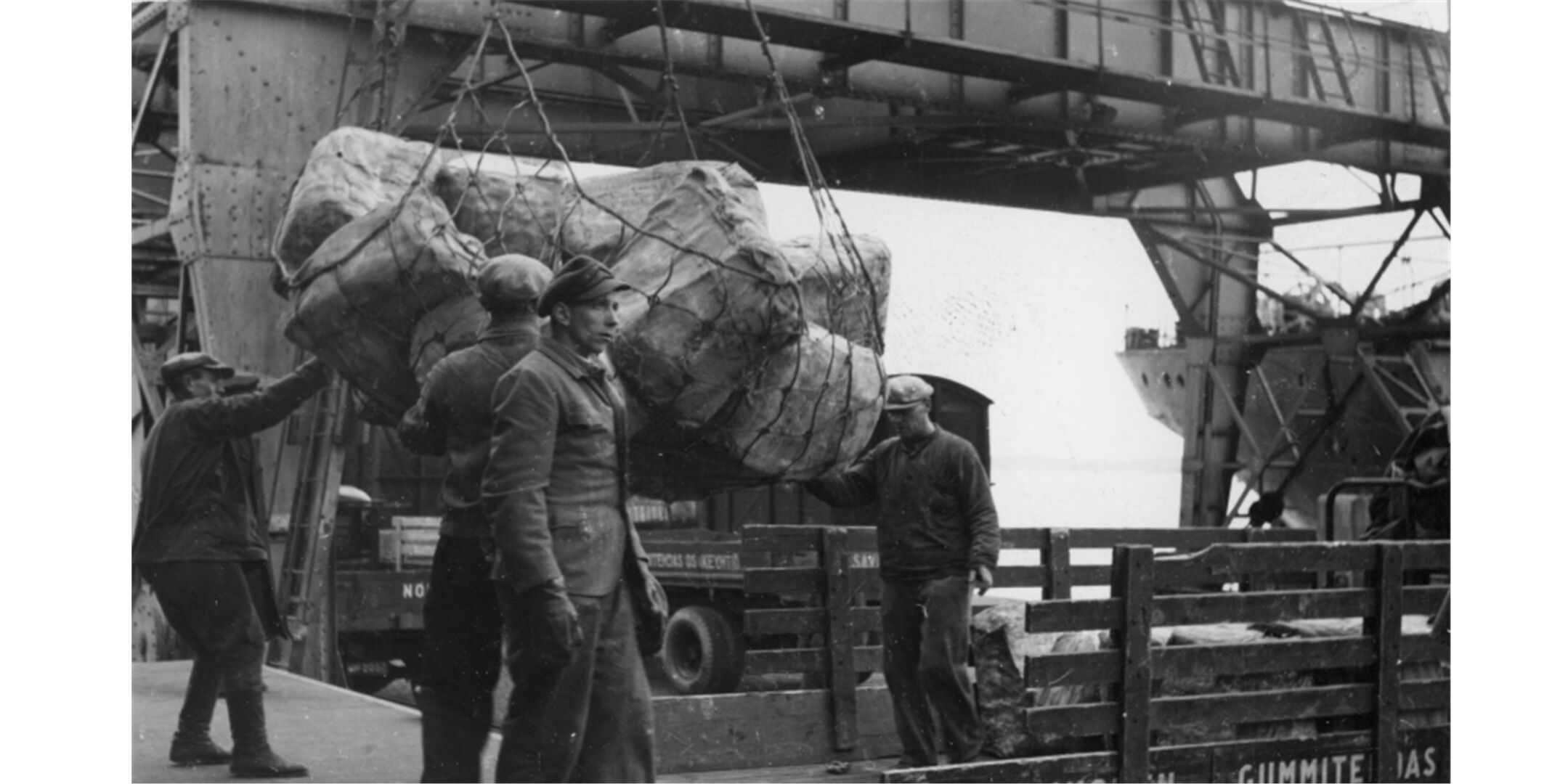
Suomen Gummitehdas purchased cultivated natural rubber from South America and Southeast Asia. The rubber tree originates from the Amazon river.
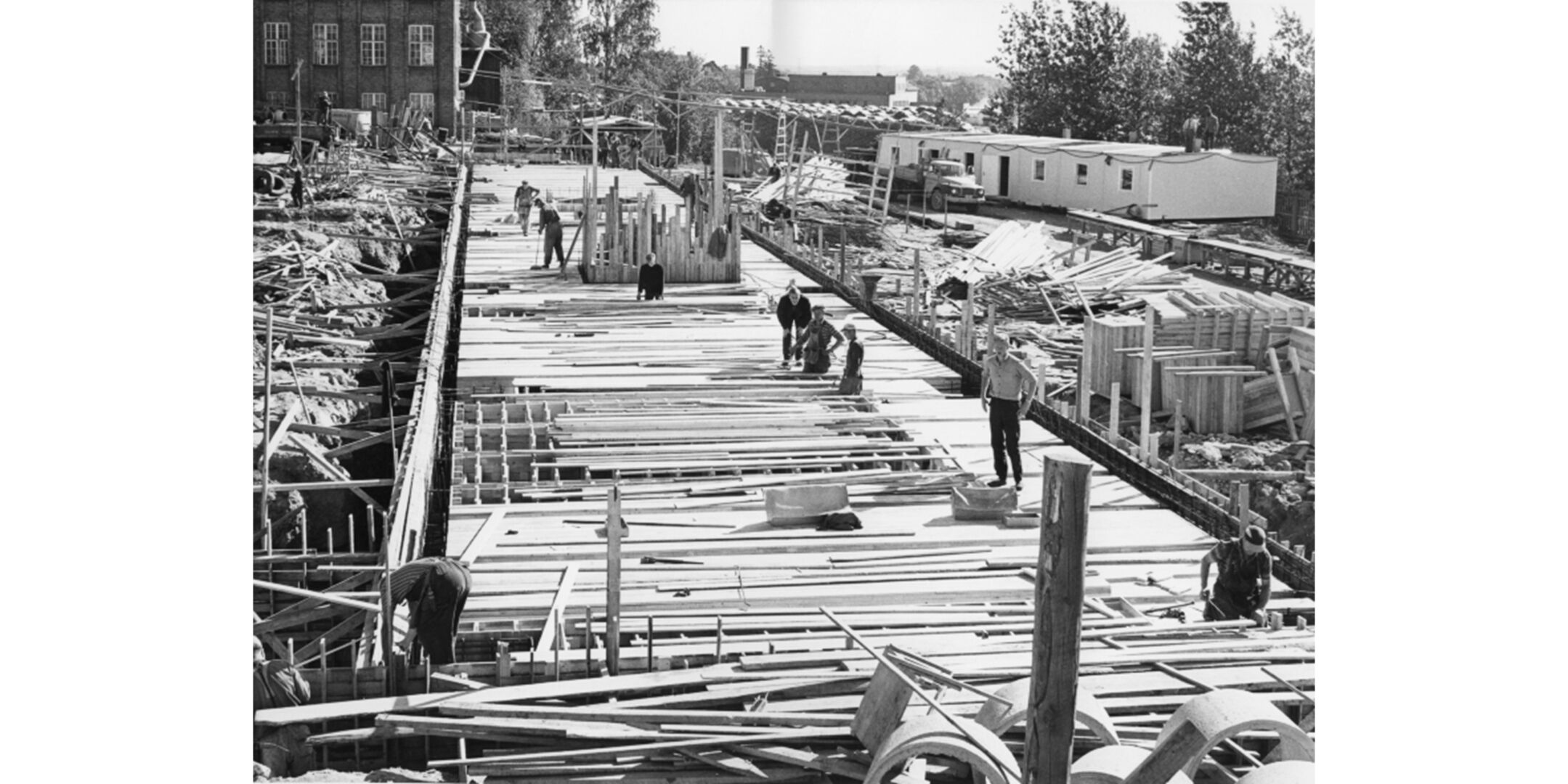
New factory building under construction on the Nokia Kumiteollisuus plot in the summer of 1967.
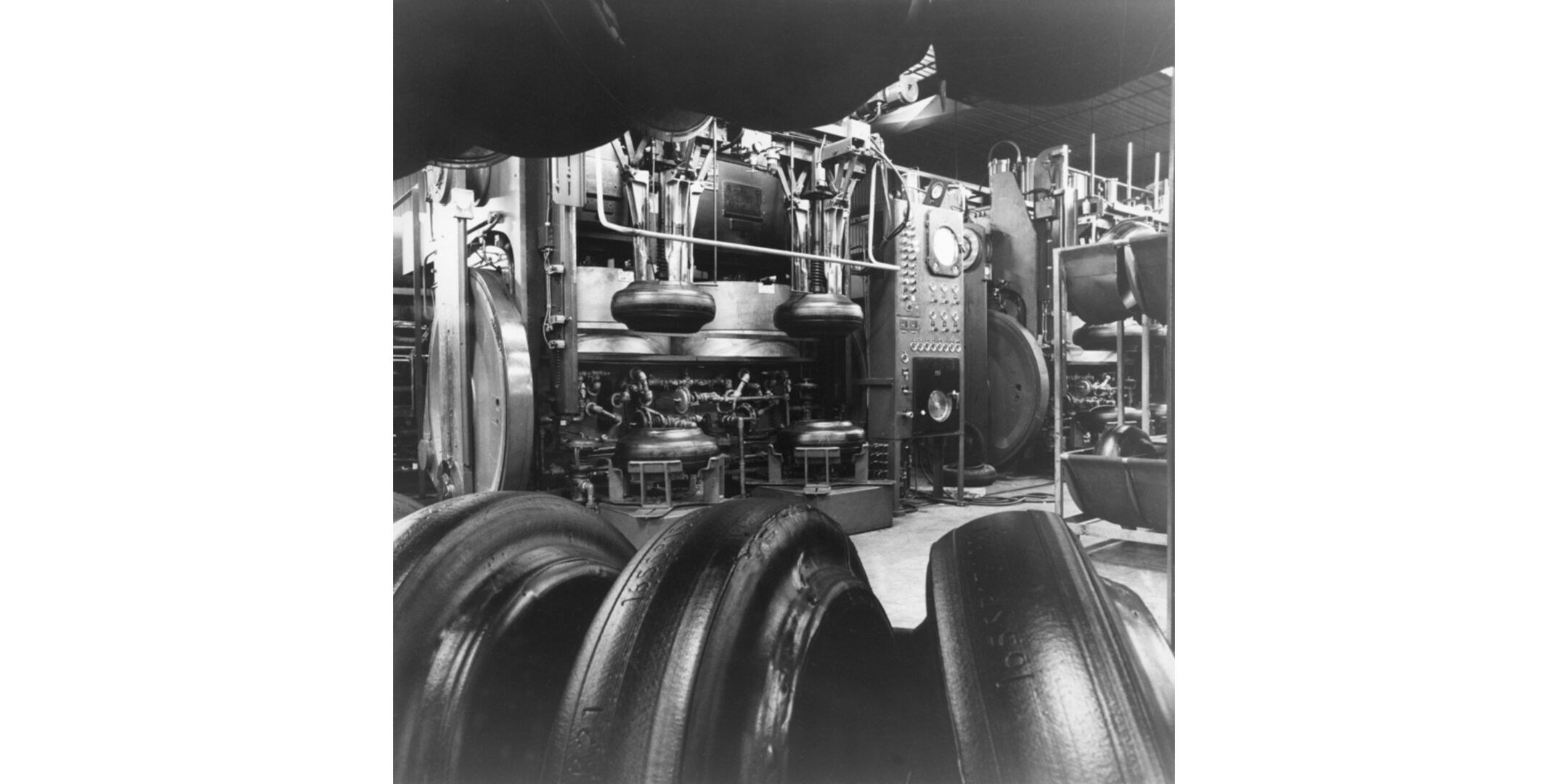
Green tires at new radial tire factory. Autoform presses in the background.
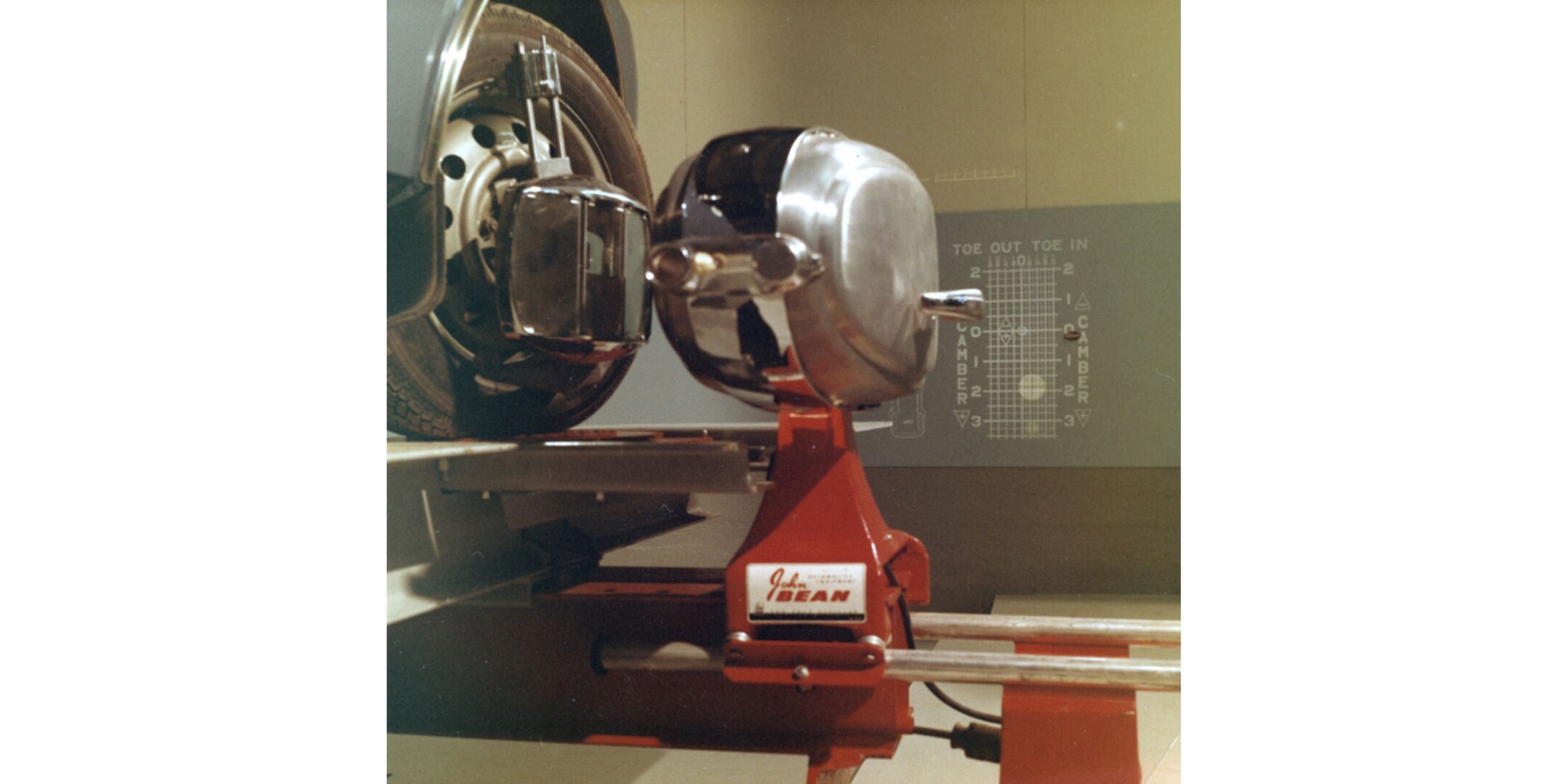
The new equipment at the tire laboratory included a John Bean optical steering alignment checker.
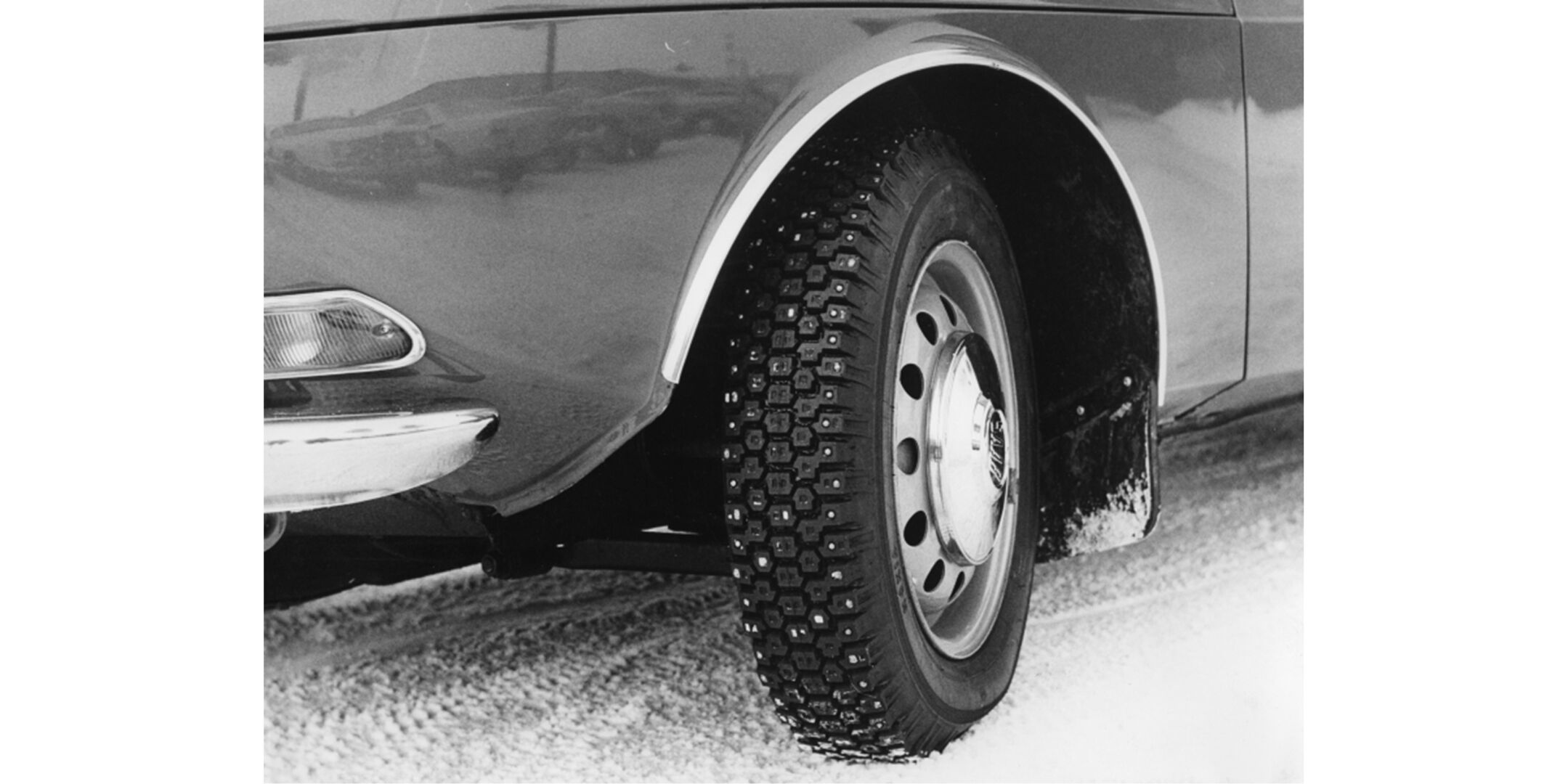
The factory's first test cars, purchased in 1969, were Saab 99 models.
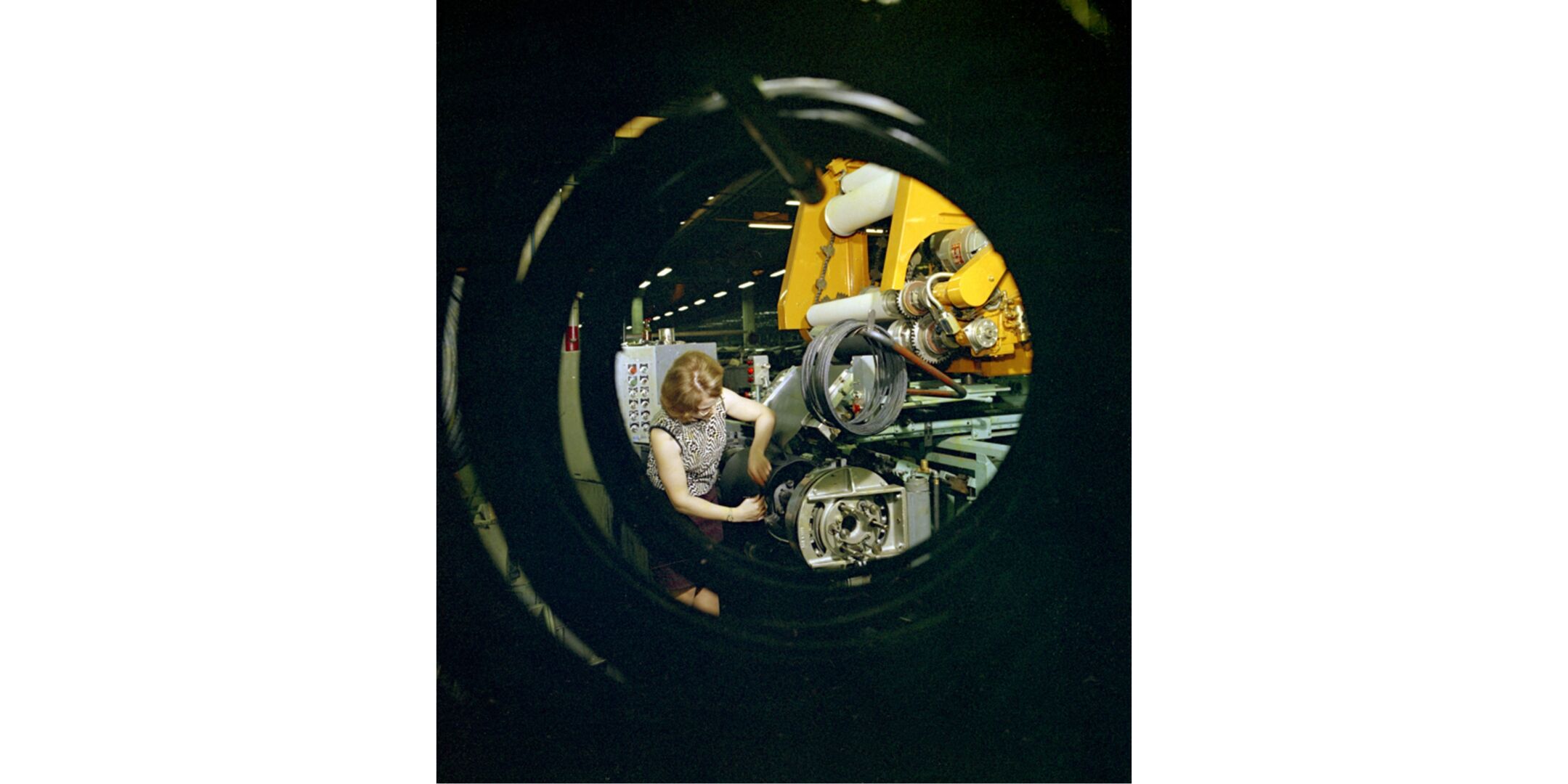
Tire assembly using an assembly machine. Shoulder cables waiting on the side.
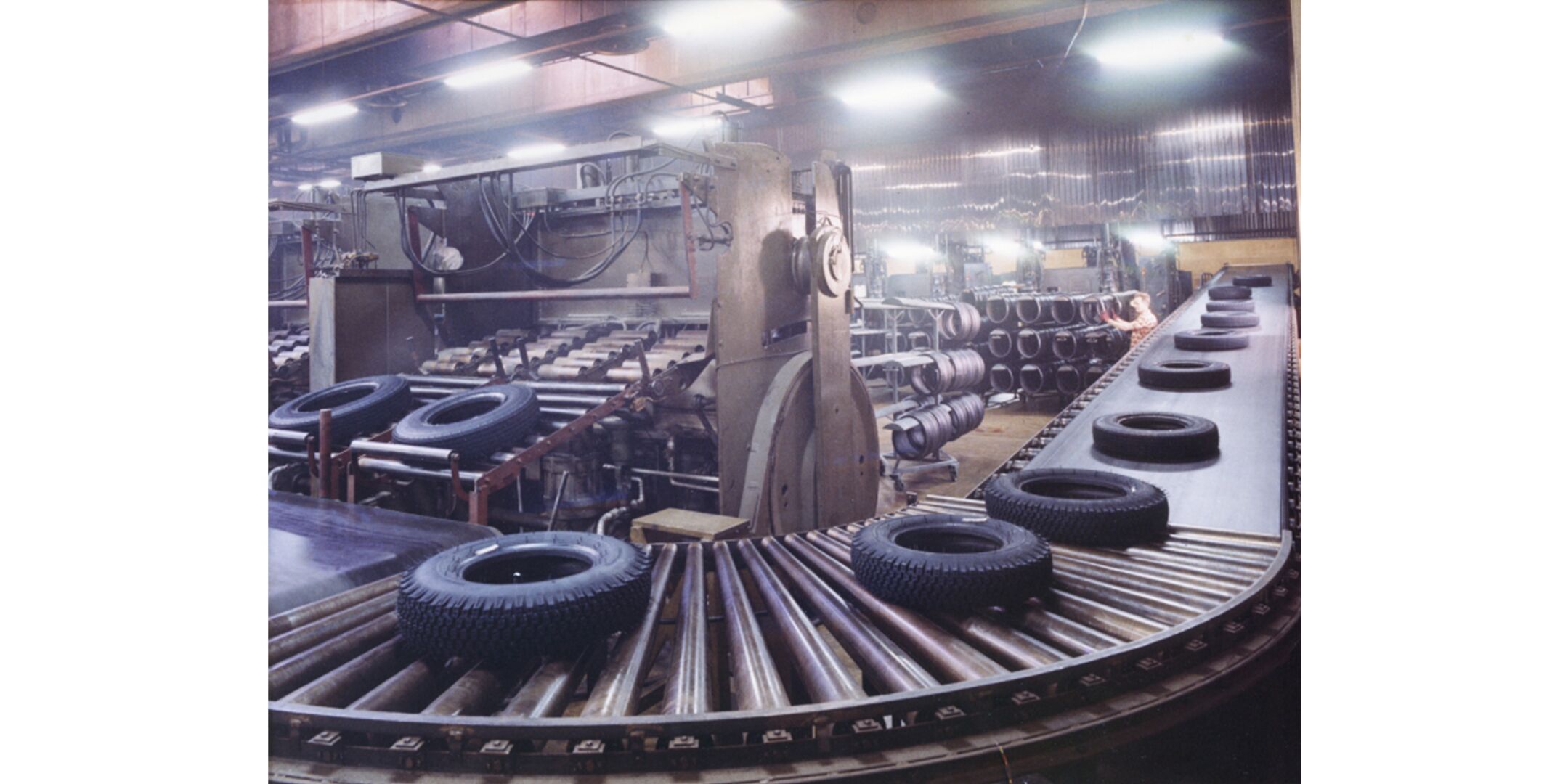
Newly cured Hakkapeliittas transferring from the curing hall to finishing.
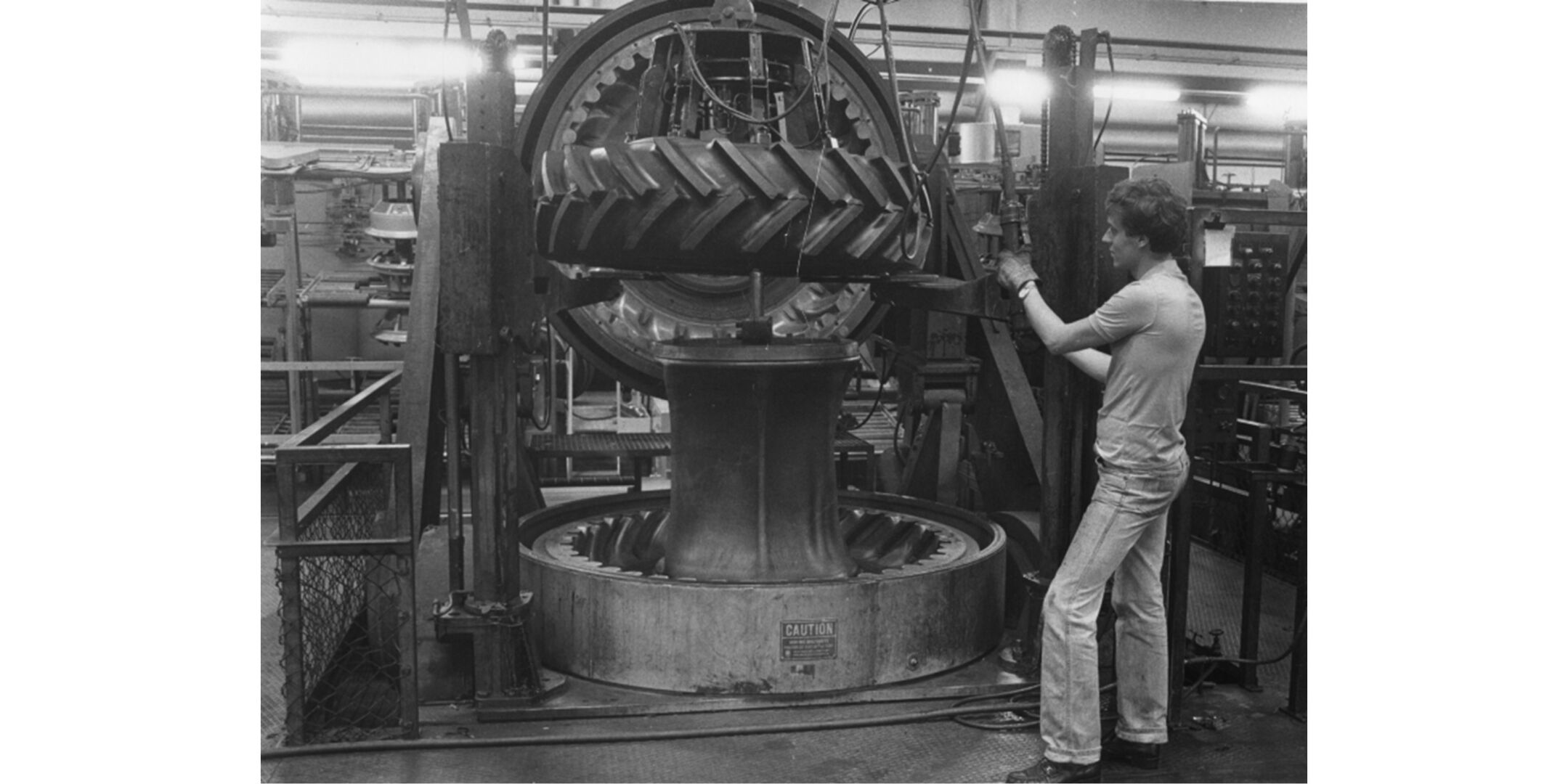
Heavy tractor tires were a key export in the 1970s.
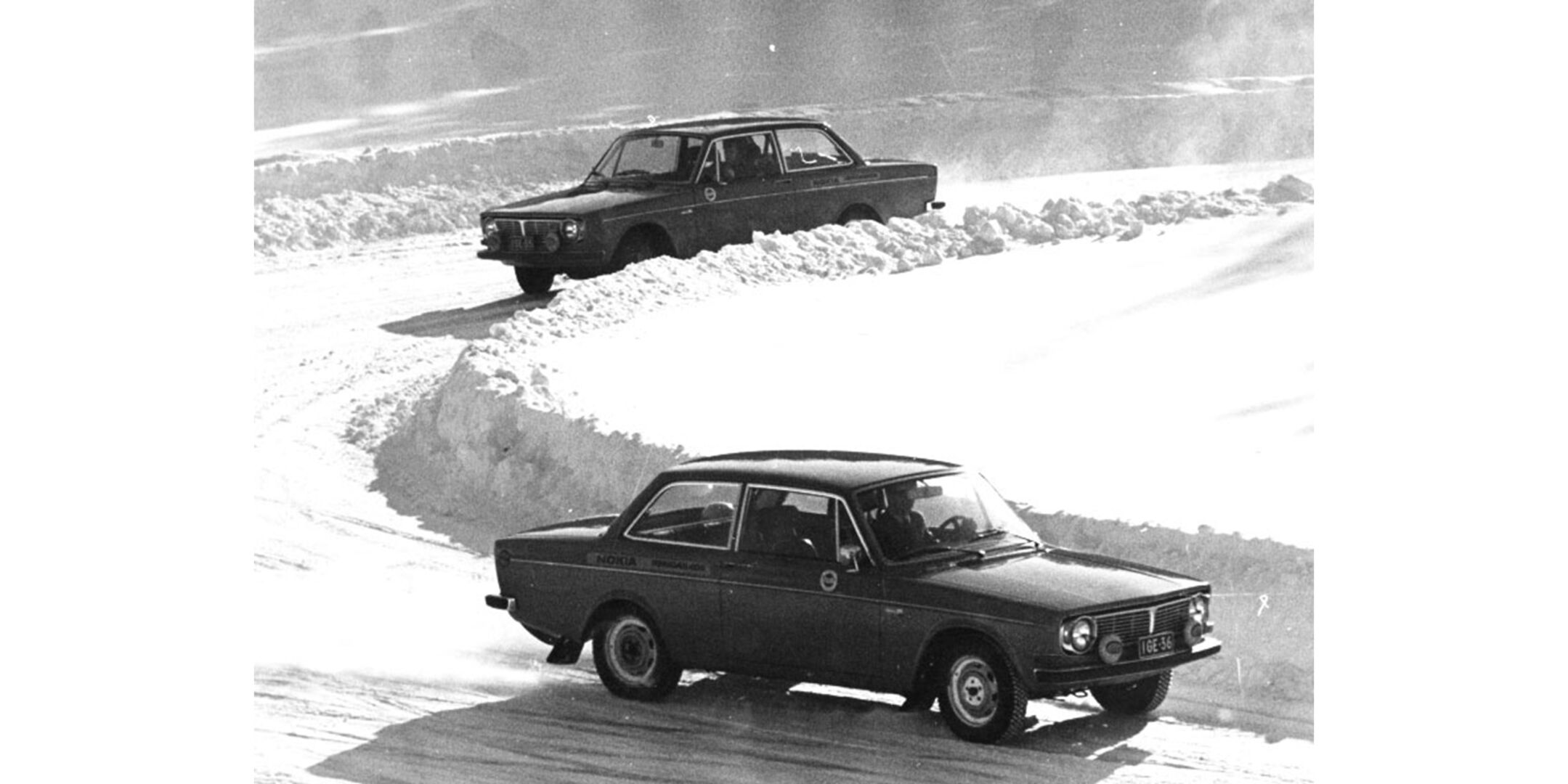
New company Volvos at speed on the Nokia test track in the beginning of the 1970s.
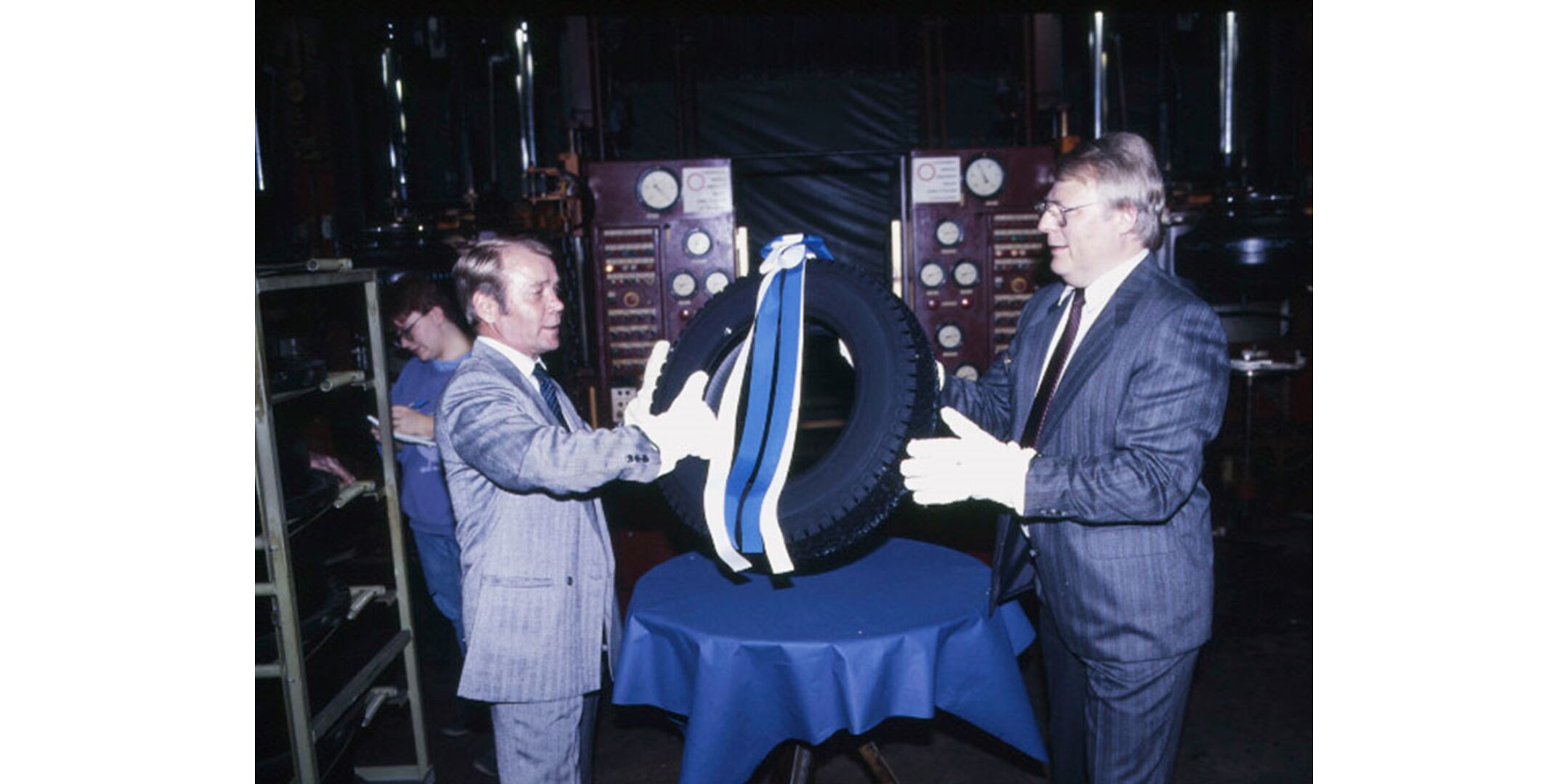
Five million 09s out the oven! The factory celebrated five million Hakkapeliitta NR 09s in October 1987. Tire manufacturing had started in 1979.
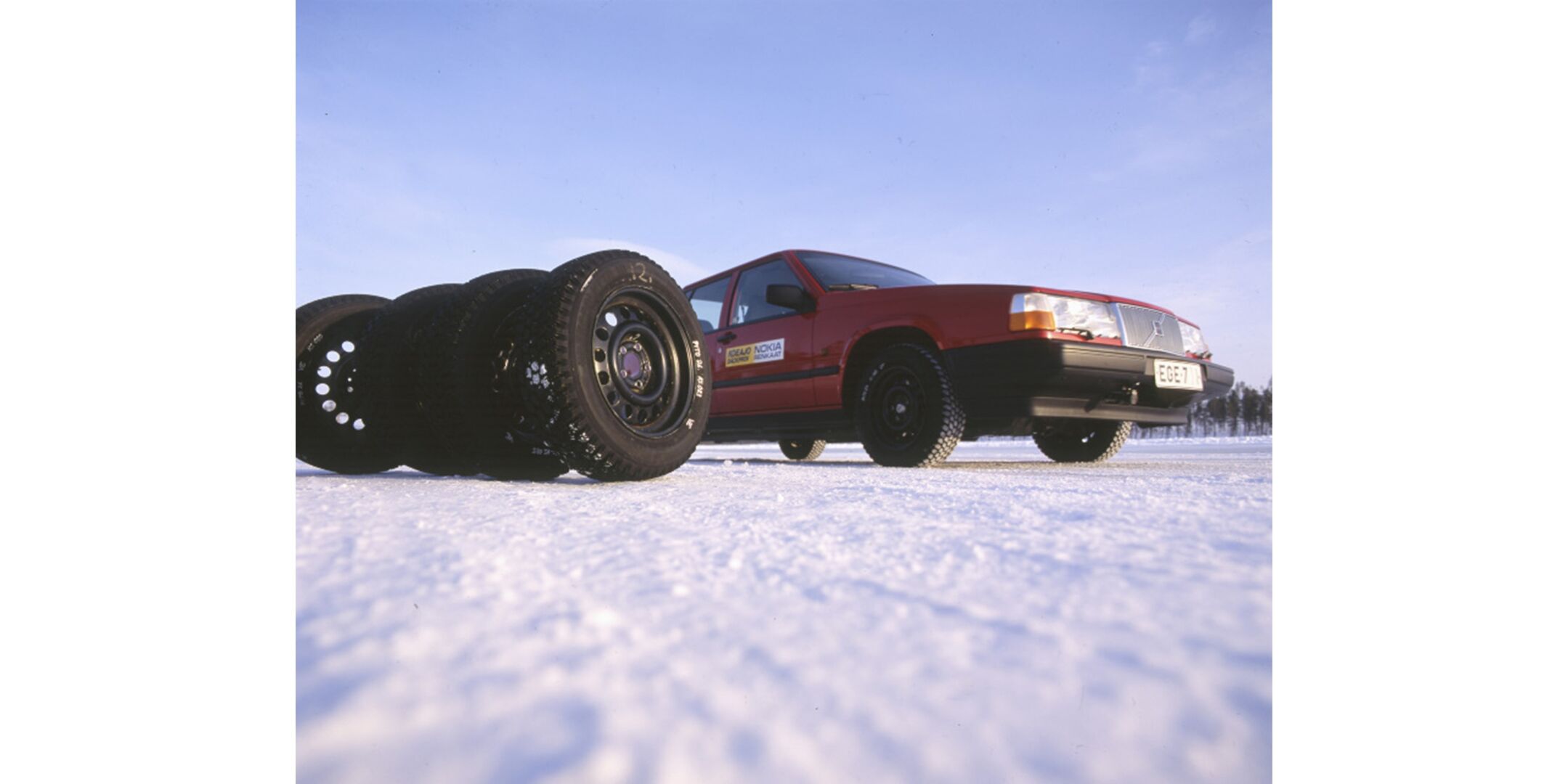
A test vehicle ready for the working day at Ivalo Testing Center, 300 kilometres north of the Arctic Circle.

An R&D agreement with the Sumitomo group created close co-operation between Nokia and Japan.
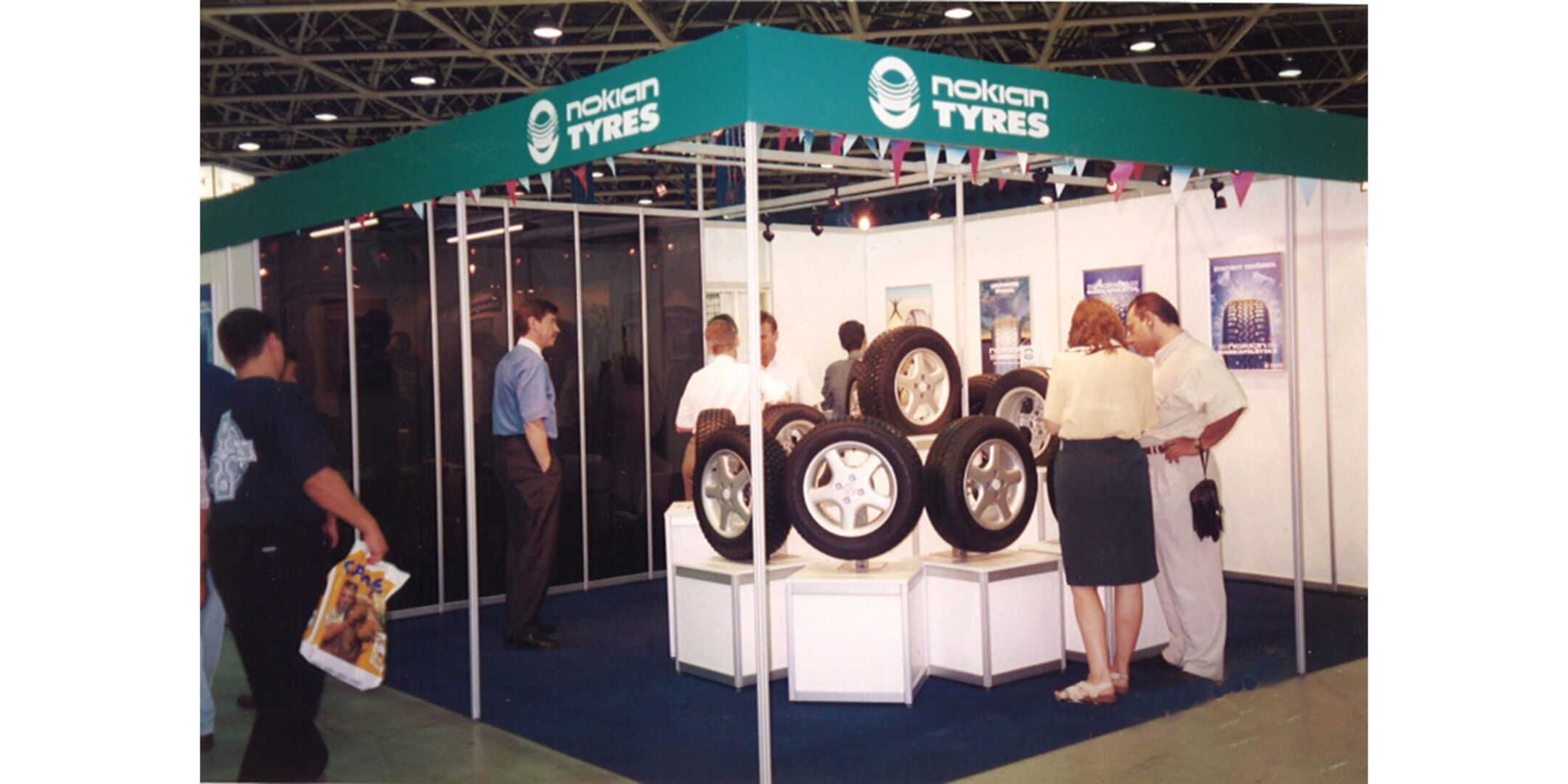
The first appearance at the Moscow International Motor Show took place in 1996.
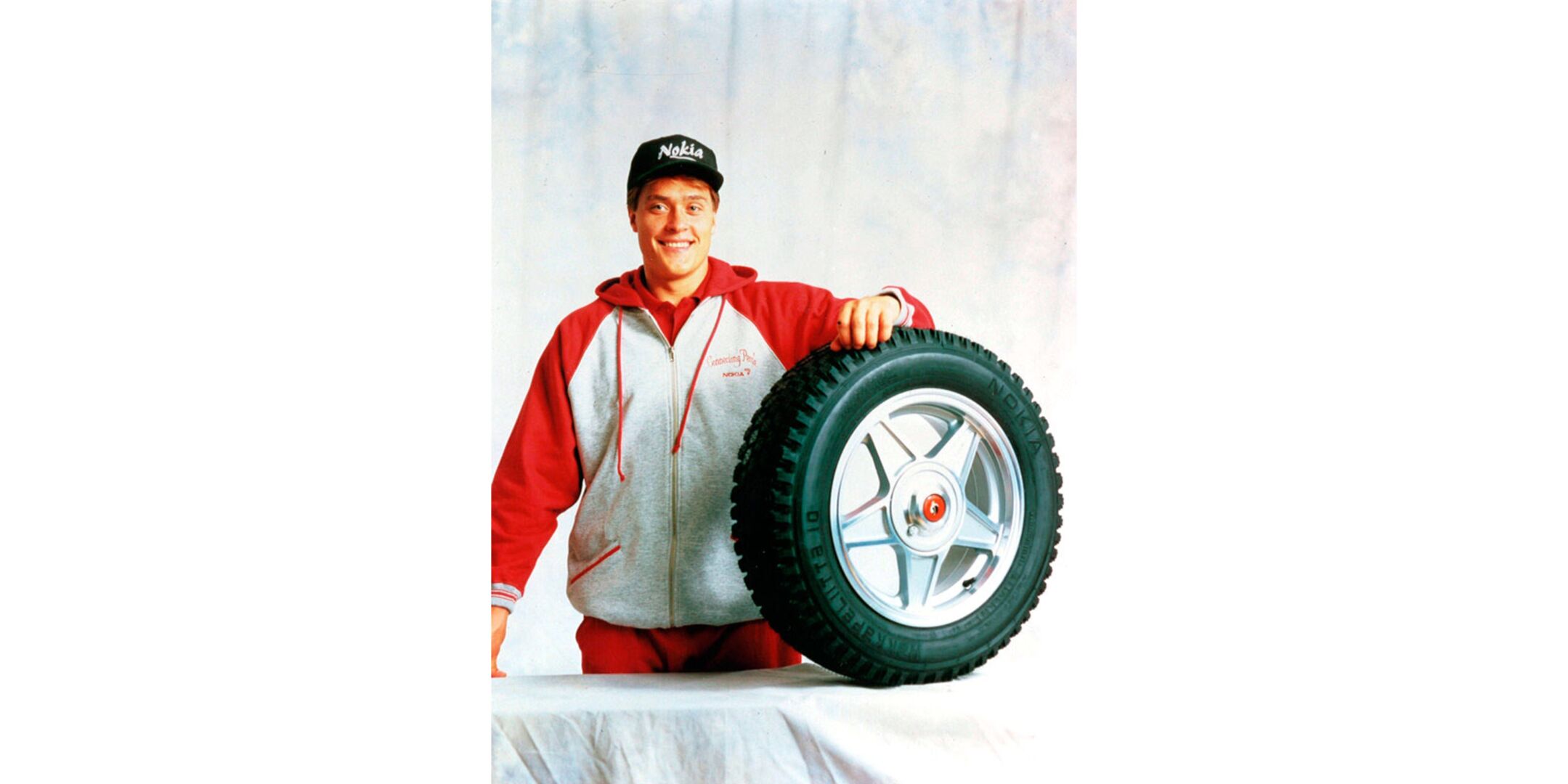
Finnish Flash and the Hakkapeliitta 10. Ice hockey star Teemu Selänne was known for his speed and skills, both in the rink and on rally courses.
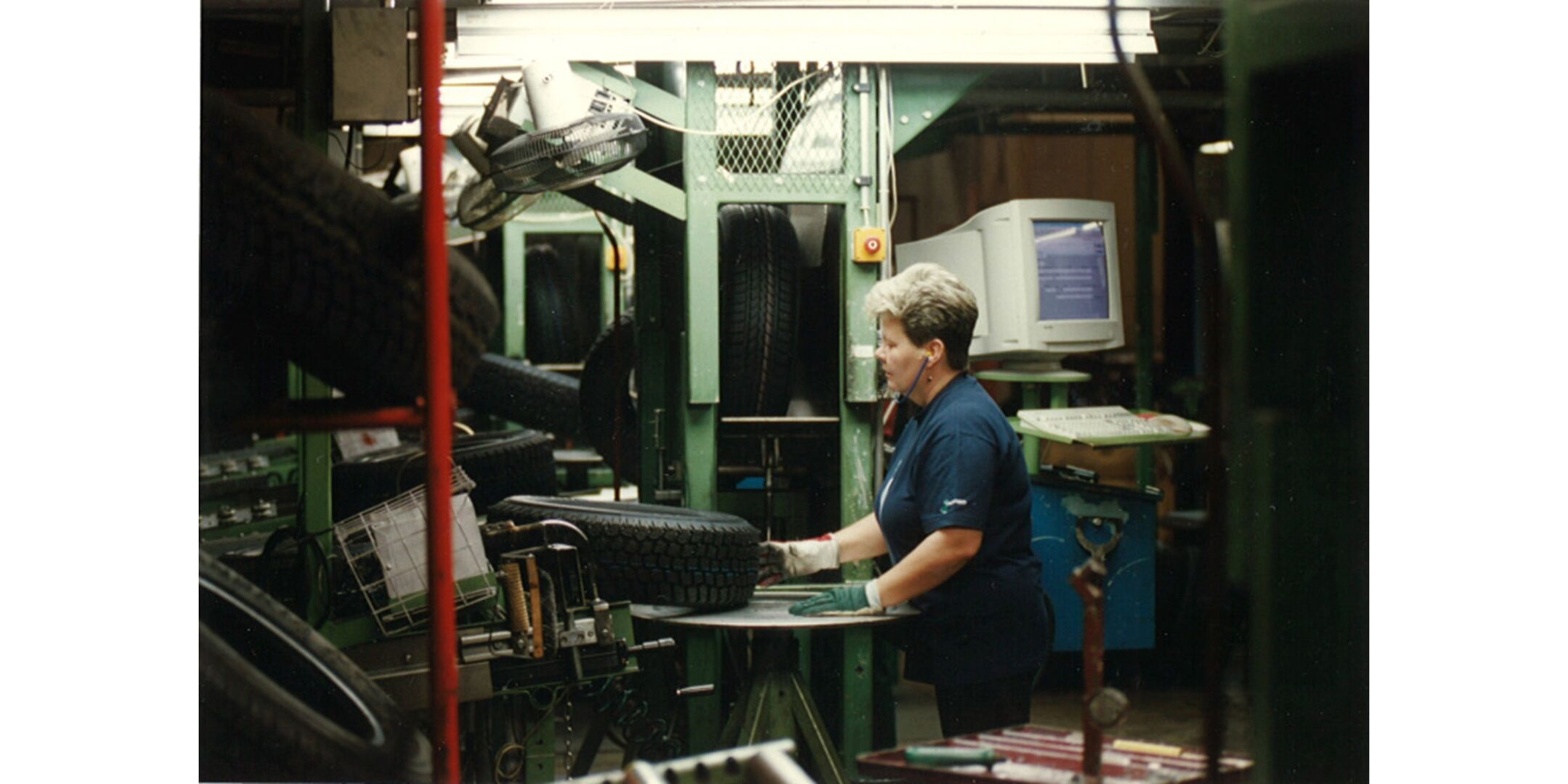
Tire inspector at work. Quality products require effort from the entire staff - without good people, there are no good products.

Experts of black rubber. The company's R&D has always been among the best in the world and based on expertise and advanced technology developed over decades.
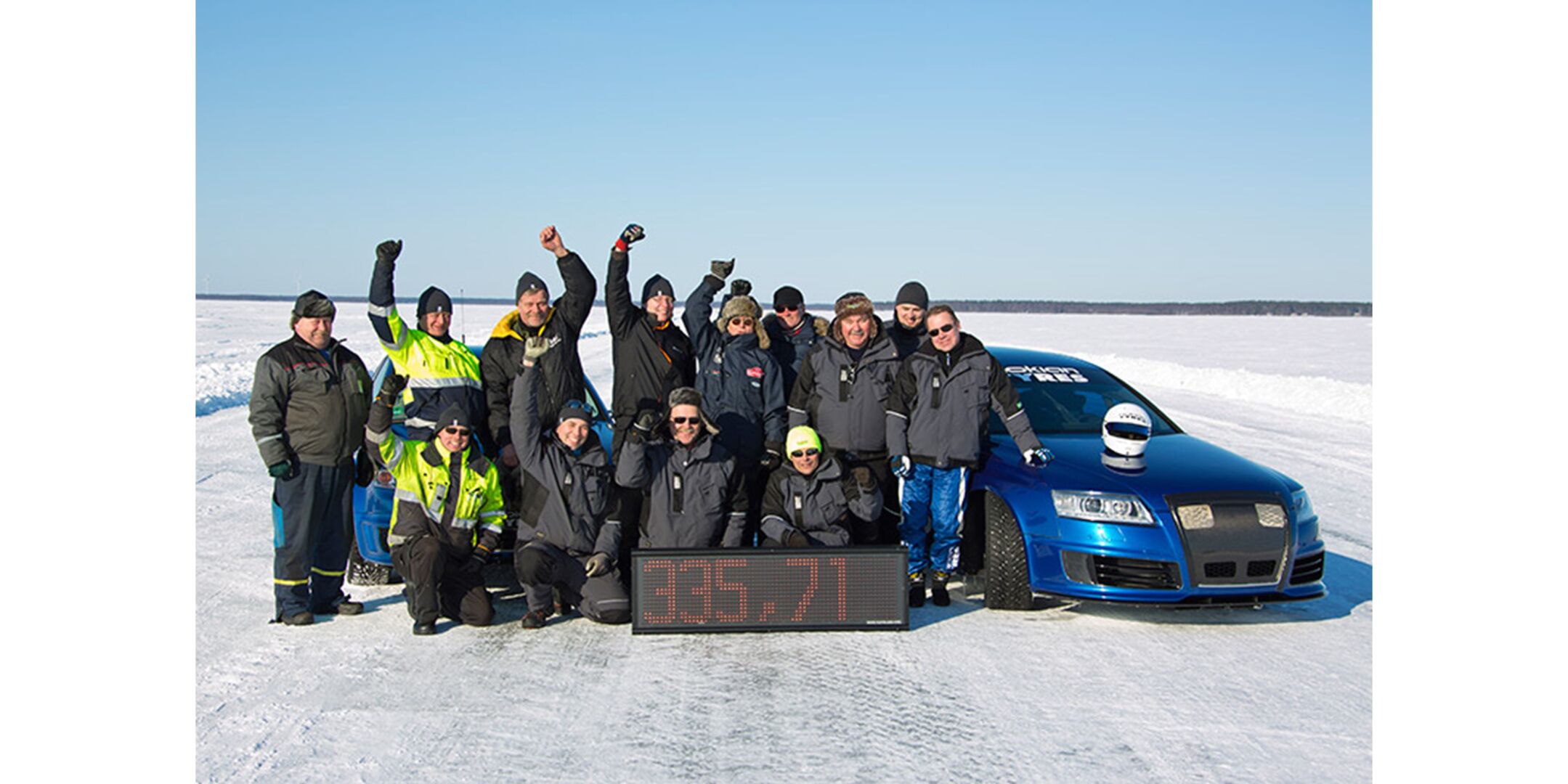
Janne Laitinen and the Nokian Hakkapeliitta 8 at world record speed.
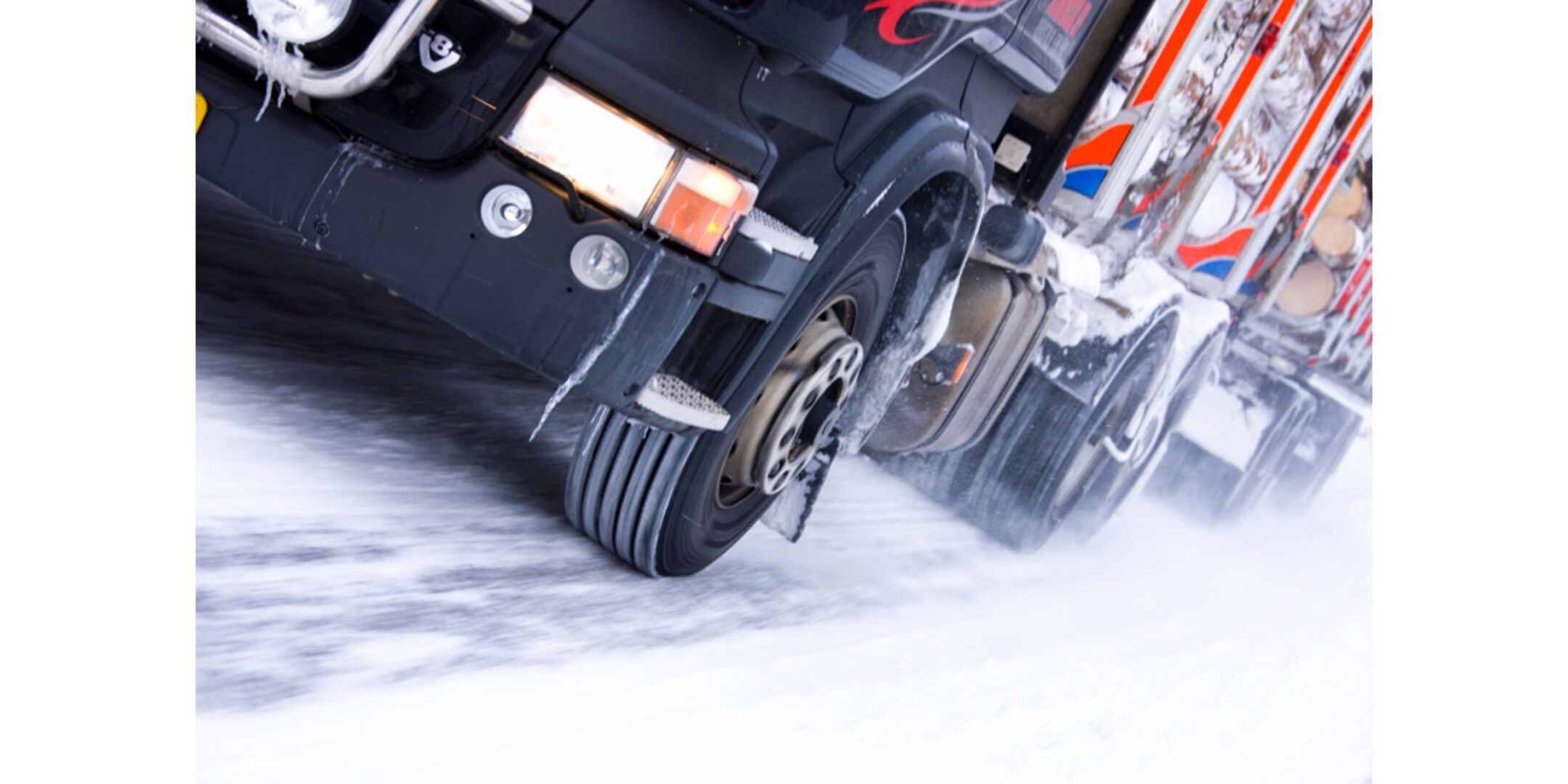
Nokian Hakkapeliitta Truck product family. The lorry and bus tire Nokian Hakkapeliitta Truck E, launched in 2008, was the first-born of the new product family.
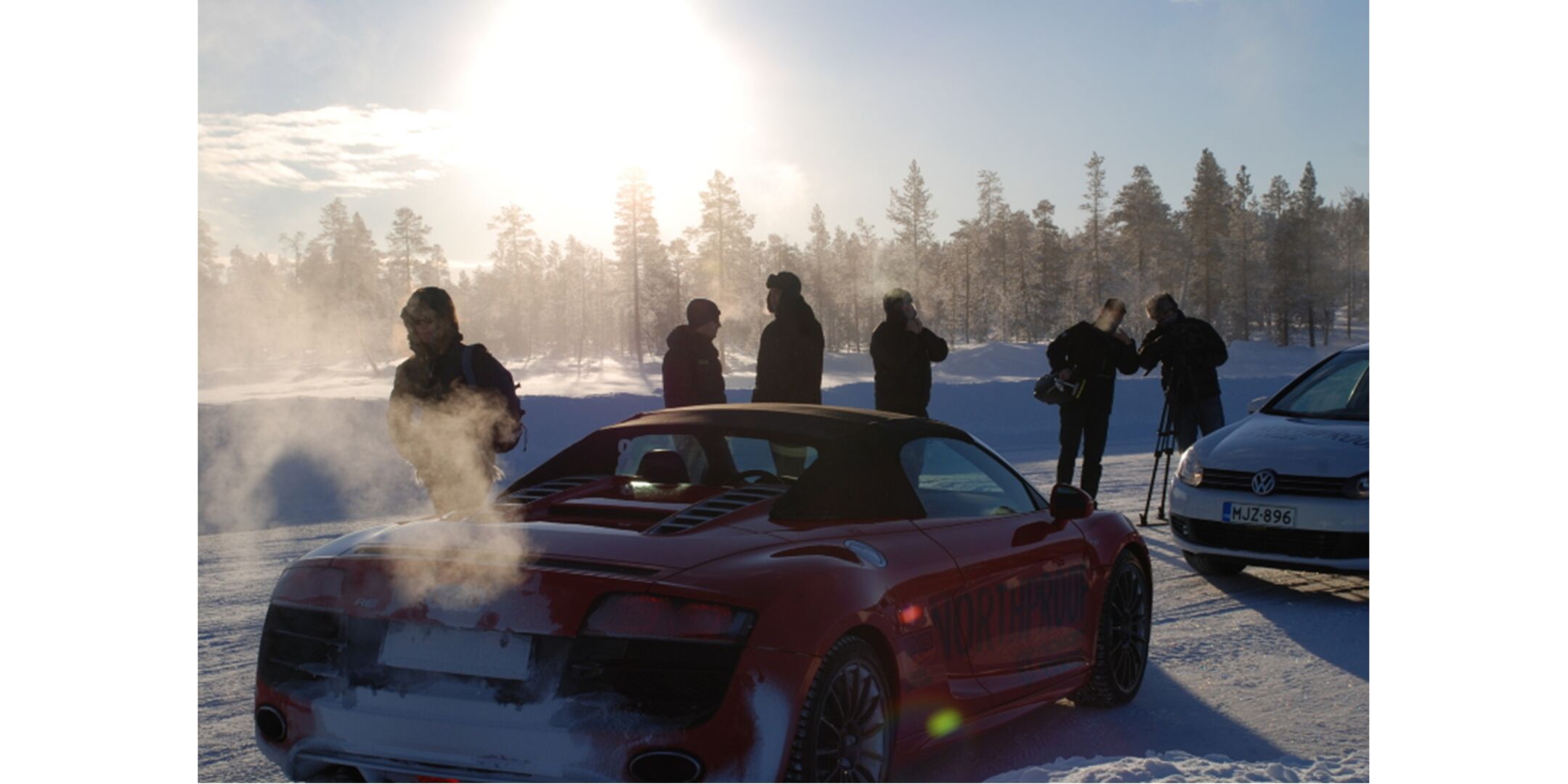
Launching a new product in Ivalo. The company's core products were winter tires for passenger cars and forestry machine tires.
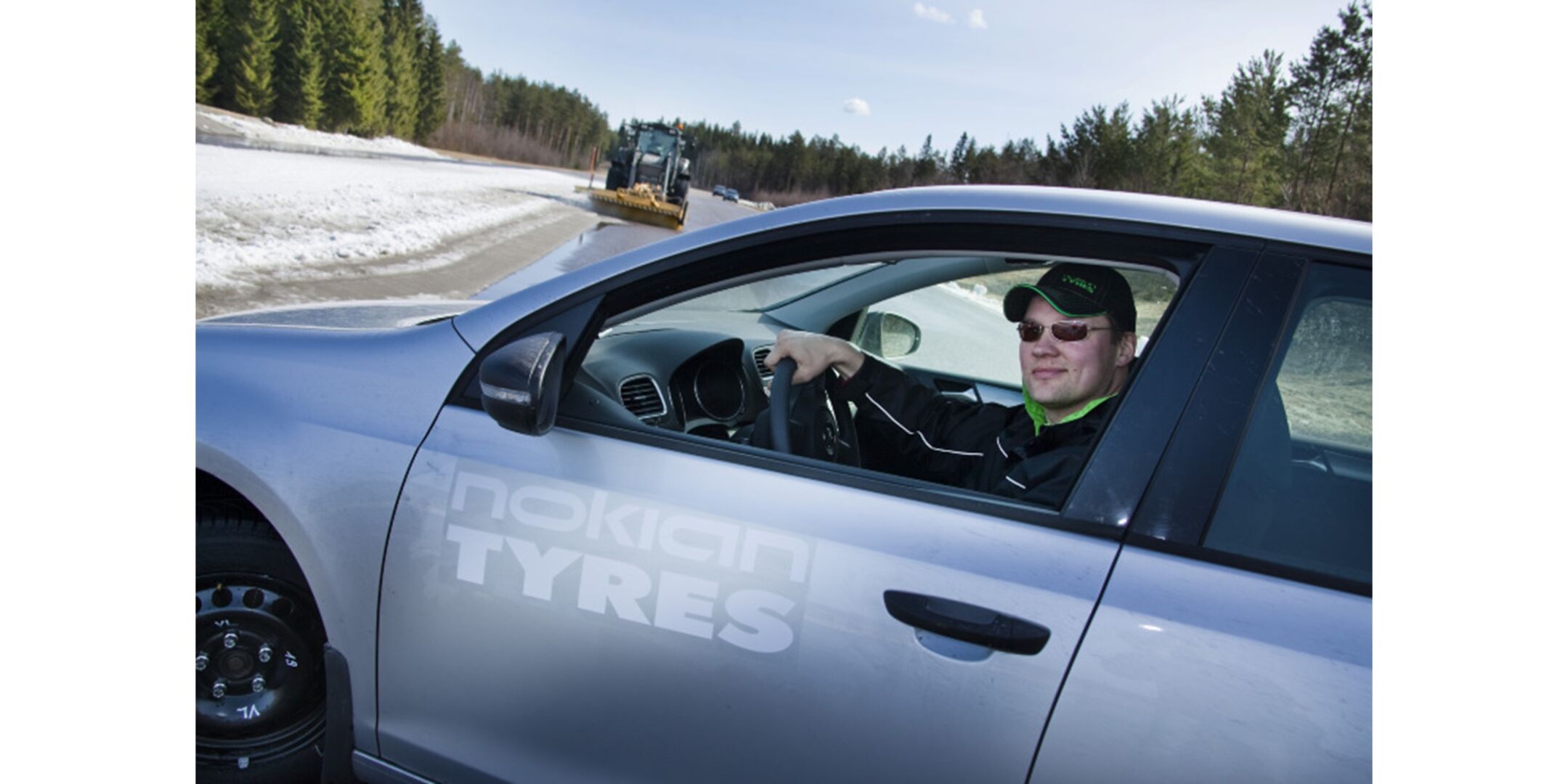
The world's first slush testing track in Nokia, together with unique testing methods, allows for optimising the slush properties of tires.

First Vianor in Russia. The first outlet of the Vianor chain opened in Rostov in 2005.
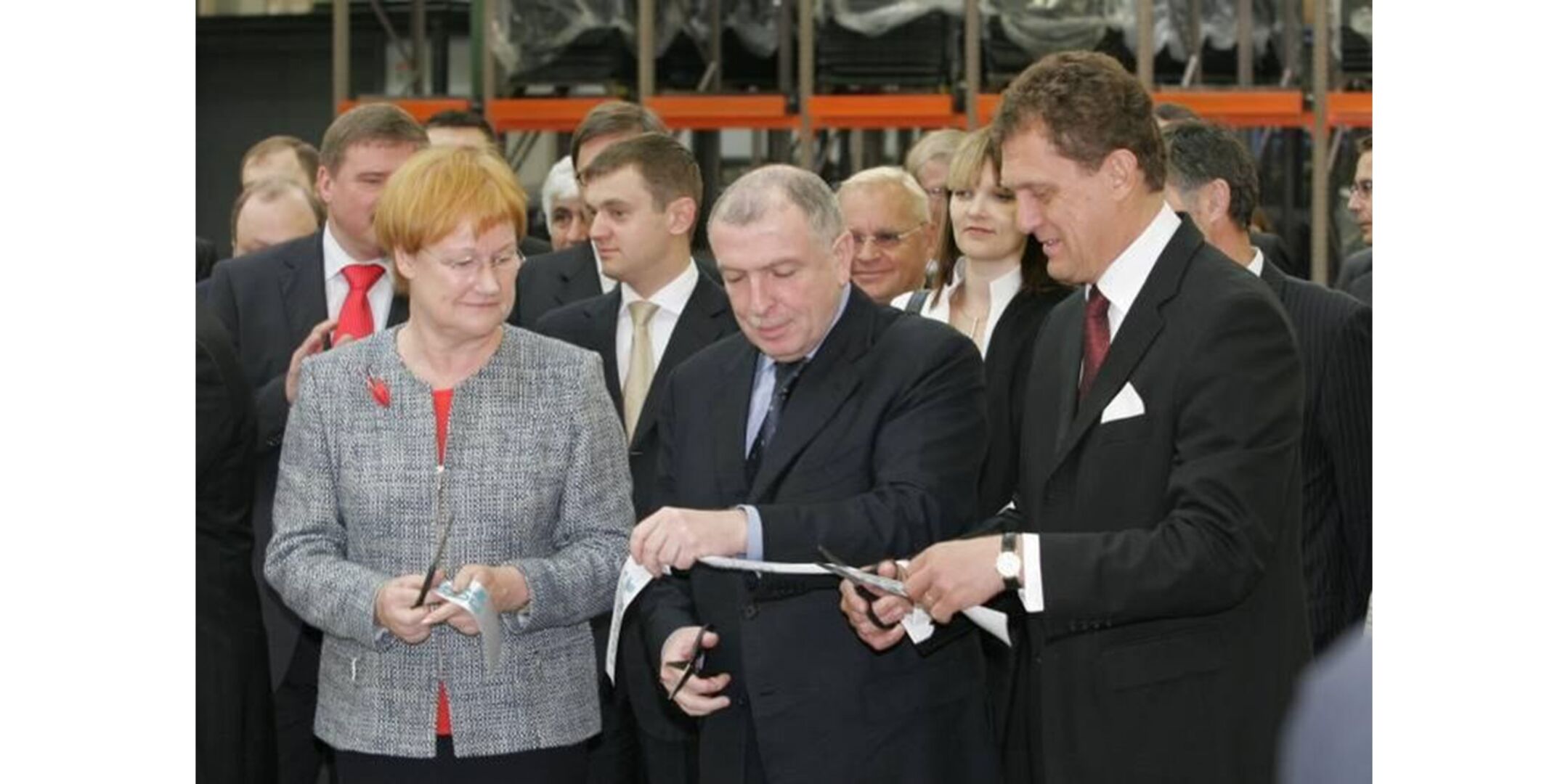
Celebrating inauguration. President of Finland Tarja Halonen, representative of the Russian Federation's president Ilya Klebanov, and Managing Director Kim Gran from Nokian Tyres.
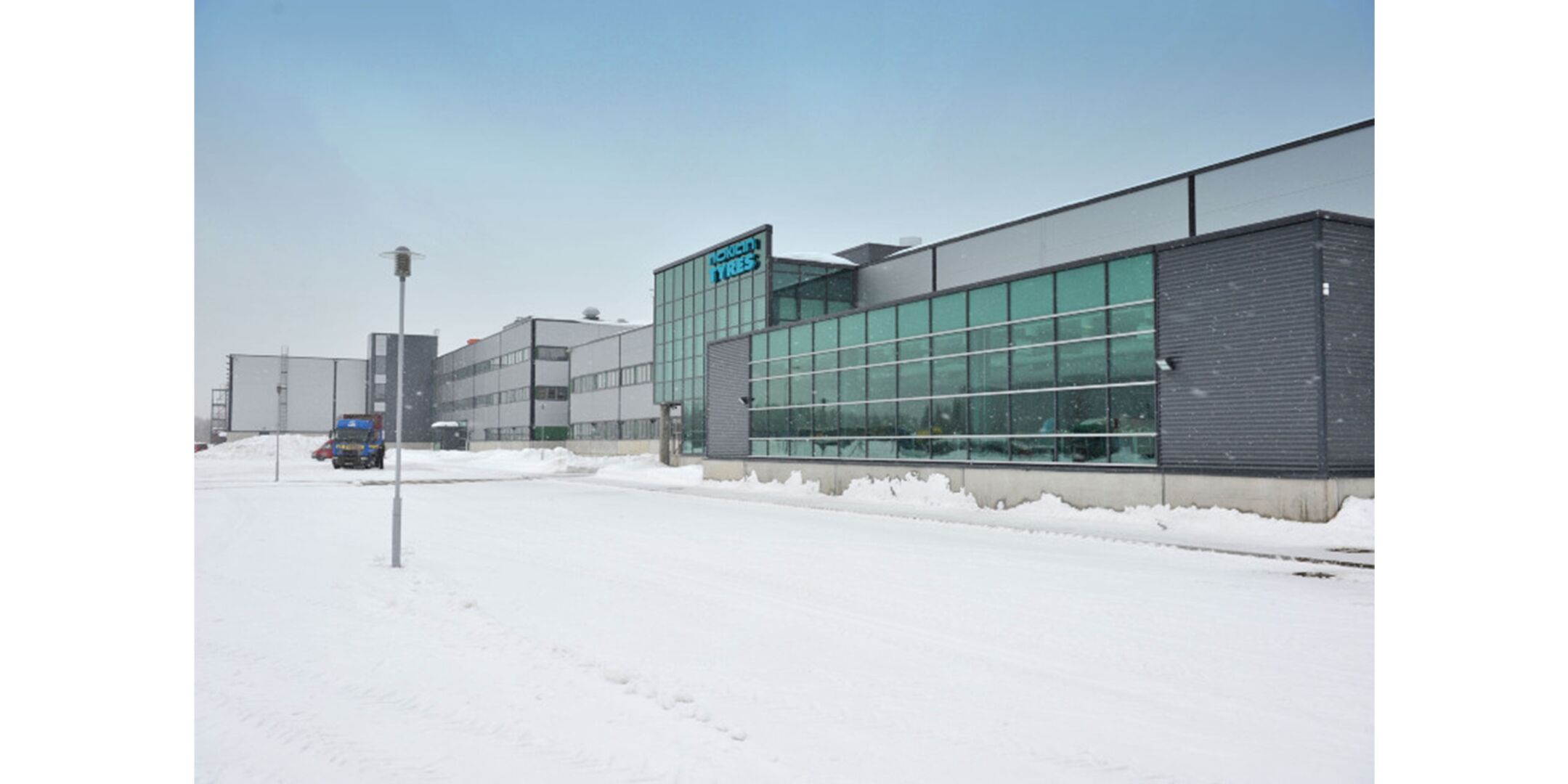
The factory at Vsevolozhsk in 2010.
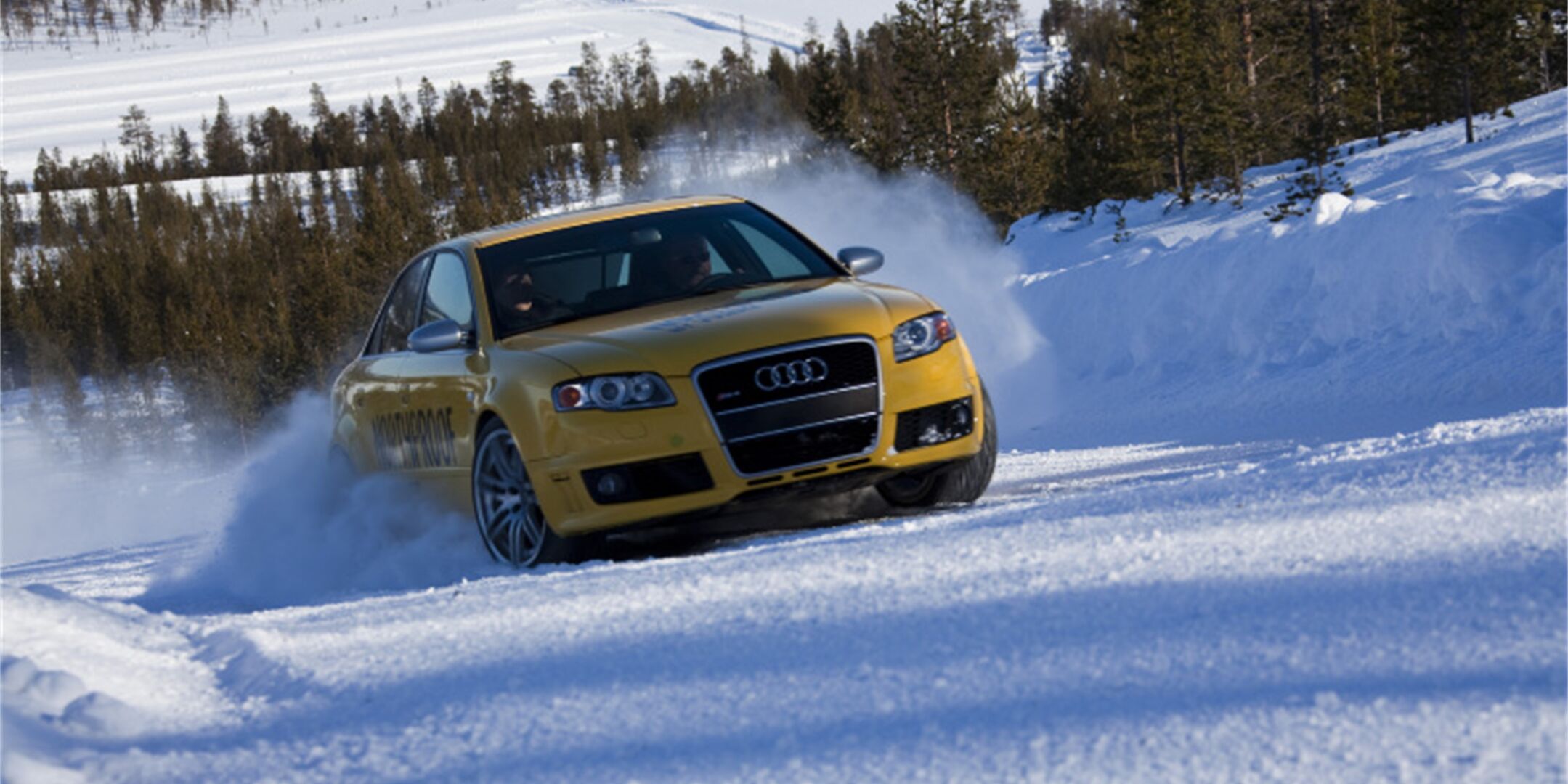
Pushing and exceeding grip limits serve for demanding product development, the main goal of which is safety.
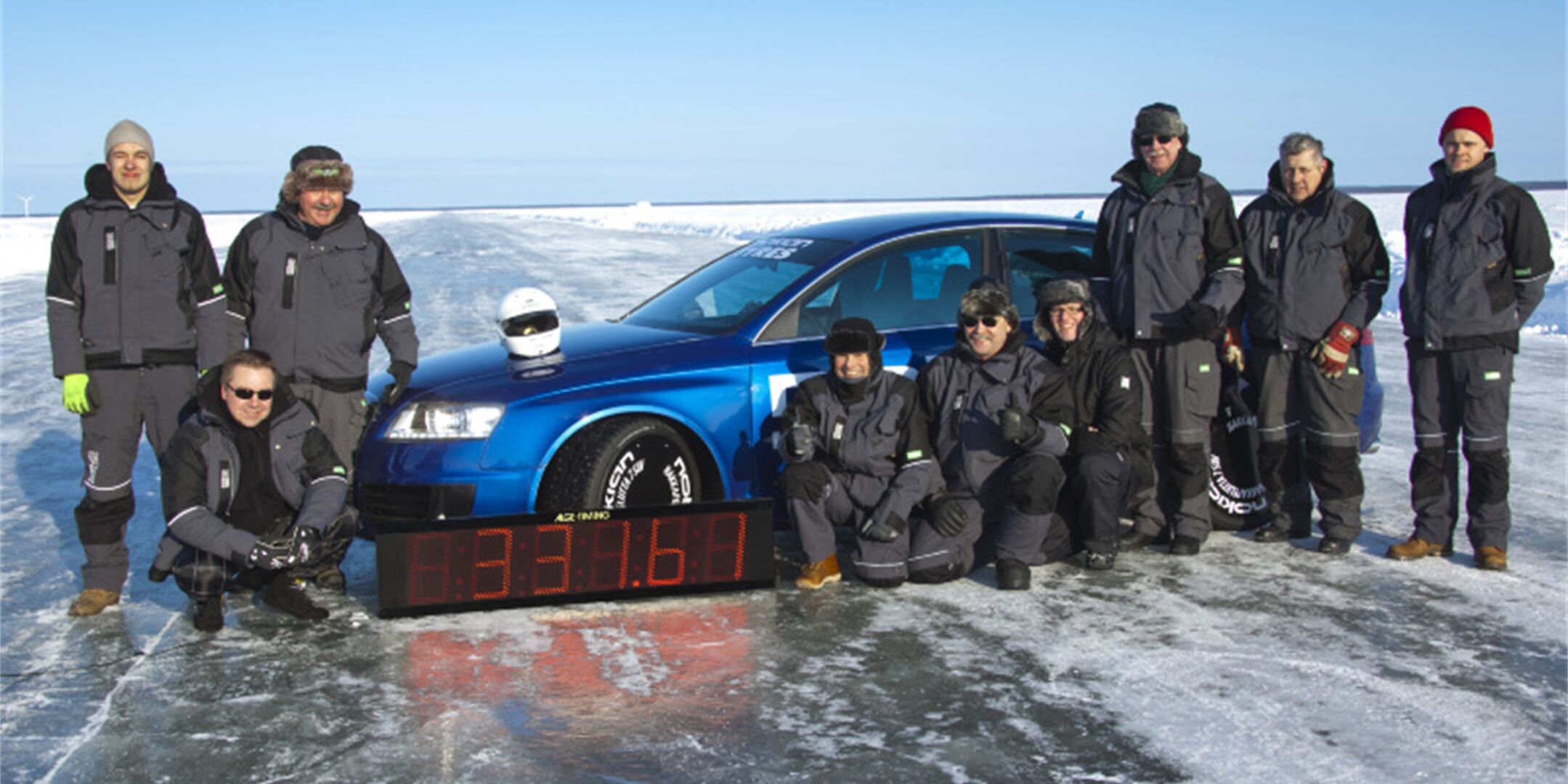
World records.